Safari Packing List: What to Pack for African Safari Adventures

Going on an African safari is a thrilling adventure. You’ll see wildlife in their natural element and take in beautiful scenery at the same time. But to fully enjoy the experience, it’s critical to bring the right gear.
This article will guide you through our recommendations for a safari packing list. It’ll cover what to pack for safari, including safari clothes and essential gear.

Safari Packing List: The Basics
A detailed safari packing list is essential to having a smooth and enjoyable adventure out in the savanna . Understanding what to pack for African safari trips can mean the difference between having an unforgettable experience or a series of unnecessary challenges.
At its core, a packing list for African safari should cover these three categories:
- Clothing essentials for varying climates and activities
- Gear necessities for optimal comfort and safety
- Personal items to ensure good hygiene
When you know what to bring on safari, you’ll be ready for any situation. From practical attire that offers protection and comfort to critical gear like binoculars and first aid kits, we’ll get into the specific things you should bring so don’t miss anything vital.
Safari Clothes
Choosing the right clothes for your safari is key for both comfort and protection. Going on safari can involve a range of weather conditions, so versatile clothing is a must on your African safari packing list.
Here’s a breakdown of what to pack for African safari when it comes to clothes:
- Long-sleeved shirts and pants : These are key for protecting your skin from the harsh sun and biting insects. When packing for safari, look for materials like cotton or linen that are breathable and keep you cool.
- Shorts : Perfect for the hotter parts of the day, but ensure they’re comfortable and durable enough for bushwalks and sitting in safari vehicles.
- Hats : A wide-brimmed hat is ideal to shield your face and neck from the sun. Go for one that’s packable and has a chin strap to keep it secure on windy days.
- Lightweight jackets : Essential for early mornings and evenings when temperatures can drop significantly. Choose something easy to layer and compact enough to fit in your daypack.
- Footwear: Comfortable, sturdy shoes are a must for any safari. Opt for well-broken-in hiking boots or trail shoes that provide good support and protection. Pack a pair of sandals for relaxing around the camp.
What to Wear on Safari
When deciding what to pack for African safari, aim for lightweight, breathable fabrics that handle the heat but also provide warmth when temperatures drop. Neutral colors such as khaki, beige, and olive are your best bet, since they help you blend into natural surroundings and avoid attracting unwanted attention from wildlife ( like members of Africa’s big five ).
Knowing what to pack for safari clothing-wise is not just about comfort. It’s also about practicality and safety. By dressing appropriately, you’ll be better equipped to handle the diverse conditions you’ll encounter—from the blazing midday sun to cool, breezy evenings.
Safari Essentials
When putting together your African safari packing list, certain items are non-negotiable for a fun adventure in the African savanna . Including them in your African safari packing list ensures you’re ready for whatever gets thrown your way.
As far as necessities are concerned, here’s what to pack for safari.
- Binoculars: These are a must for spotting elusive wildlife from afar. Trust us, you don’t want to miss that lion lounging in the shade.
- Camera and extra batteries: Safaris are packed with photo-worthy moments. Make sure you have a camera ready to capture them all, and don’t forget spare batteries to keep snapping away.
- Sunscreen and insect repellent: The African sun can be intense, and the bugs relentless. High SPF sunscreen and a good insect repellent will keep your skin safe and bite-free.
- First aid kit : A small kit with basics like band-aids, antiseptic, and pain relievers can be a real lifesaver when you’re miles from the nearest town.
- Reusable water bottle: Staying hydrated is crucial. A sturdy, reusable water bottle is an eco-friendly way to ensure you always have water on hand.
More Safari Must-Haves
Beyond the basics, some additional items can make your safari experience even better. Here are a few more must-haves for your African safari packing list.
- Flashlight or headlamp: Campsites and lodges can get pretty dark at night. A flashlight or, even better, a hands-free headlamp is perfect for finding your way around after sunset.
- Multi-tool: This handy gadget can be a real lifesaver, whether you’re fixing gear, opening cans, or just needing a knife or screwdriver in a pinch.
- Field guide books: Improve your wildlife spotting with a good field guide. These books help you identify the animals, birds, and plants you encounter to add an educational twist to your adventure.
Your Safari Survival Kit
Having a well-prepared safari survival kit will give you safety and peace of mind. Here are a few items you shouldn’t leave out of an African safari packing list:
- Emergency blanket: These compact blankets can keep you warm if temperatures drop unexpectedly or if you find yourself in a chilly situation.
- Portable charger: With all the photos you’ll be taking and possibly using your phone for navigation, a portable charger ensures your devices stay powered throughout the day.
- Personal hygiene items: Think of biodegradable soap, hand sanitizer, and wet wipes. These are essential for maintaining hygiene and comfort, especially if cleaning facilities are limited.
What Not to Pack for Safari
Knowing what not to pack is just as important as knowing what to pack for safari. Packing smart guarantees you’re not weighed down by extra baggage.
Here’s a list of items to leave behind:
- Heavy luggage: Opt for soft-sided duffel bags instead of hard-shell suitcases. They’re easier to stow in safari vehicles and light aircraft.
- Excessive electronics: Leave behind gadgets you don’t need. A camera, phone, and possibly a tablet should be enough. Too many electronics can be cumbersome and risk getting damaged.
- Valuables: When thinking about what to pack for safari, keep jewelry and expensive watches at home. Safaris can be rugged, and it’s best not to risk losing or damaging valuable items.
Be Ready for Adventure
A well-planned African safari packing list primes you for an unforgettable adventure. Preparation allows you to fully immerse yourself in the experience without the stress and worry that sometimes comes with travel.
At Fahlo, we are on a mission to protect the very wildlife you’ll witness on safari. From elephants to giraffes , we create animal bracelets and other products that fund wildlife conservation and research efforts worldwide.
Join us in supporting non-profits like Save the Elephants and the Somali Giraffe Project . Protect our planet’s most vulnerable wildlife for generations to come.
- Share Share on Facebook
- Tweet Tweet on Twitter
- Pin it Pin on Pinterest
Love tracking wildlife? Each bracelet comes with a different animal to track!
Discounts calculated at checkout
- Choosing a selection results in a full page refresh.
- Opens in a new window.

- Switzerland
- United Kingdom
- South Africa
- The Bahamas
- United States of America
- United Arab Emirates
- Safaris & Wildlife
- About & Contact
Safari Packing List: Our in-depth guide what to bring on a safari
From clothes to camera gear & first aid kit
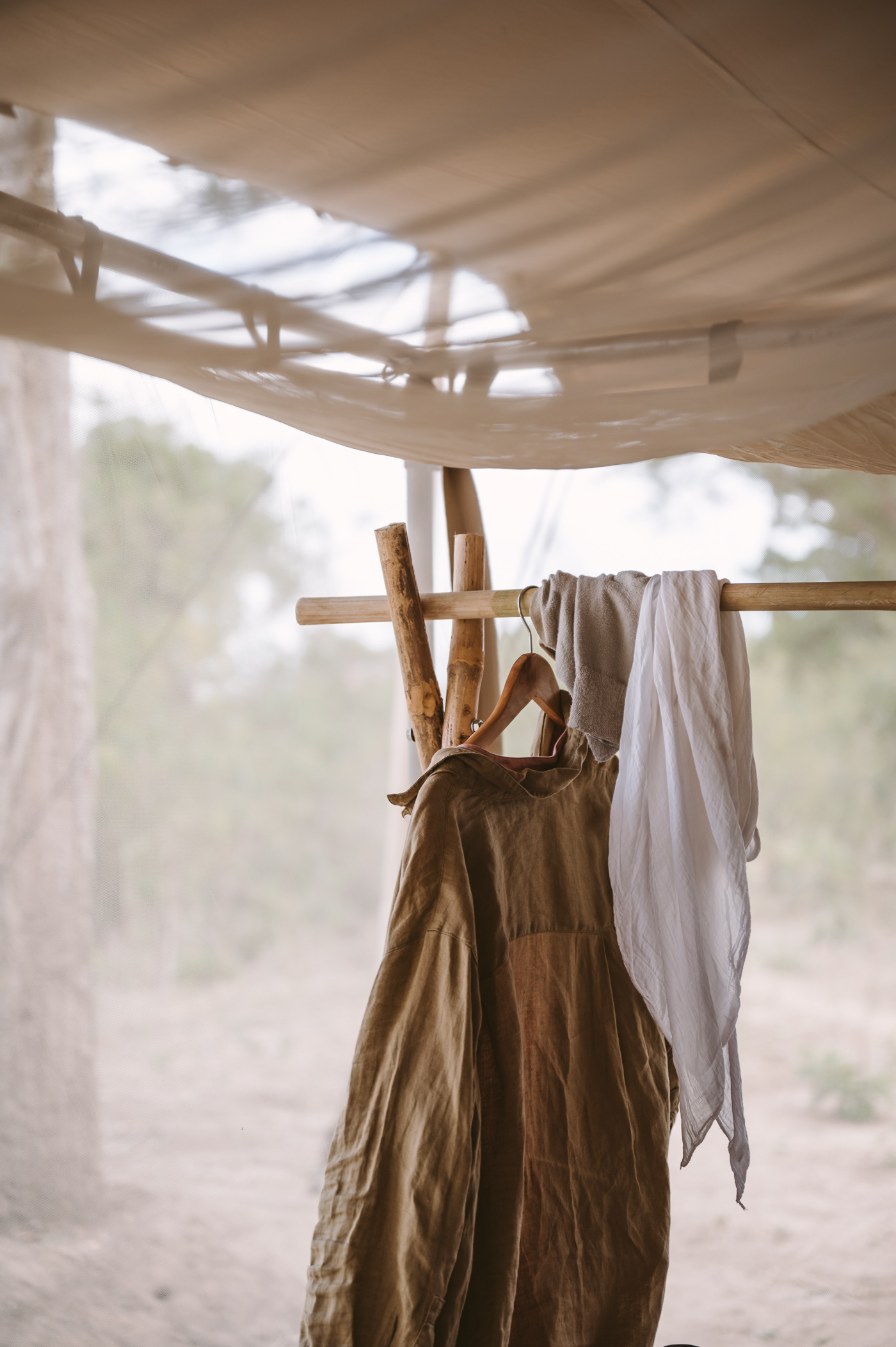
(Last Update: May 2024). Many of you have been inquiring lately what we pack for a safari , which essentials to bring and what to leave at home. The main question is: What do you truly need on a safari? And how can you manage to abide by the 15-20kg bush plane luggage weight limit in case you’re going on a fly-in safari (and that’s the total weight – including your carry-on and personal items)!
So here’s our absolutely essential, proven-in-detail, fully explained safari packing list with everything you need on a safari plus all our tips what you really don’t need.
Disclaimer: This post is written by a woman , who often travels solo or with her husband and no kids. This packing list might look a bit different for a man or very different for a family with kids. Also I’m a photographer and that is a priority on my packing list!
At the very end of this post you’ll find a FREE downloadable pdf packing list.
The clothes should be lightweight, durable and neutral coloured. And it’s all about layers!
Table of Contents
Safari packing list: Luggage
This is the first piece of advice: Unless you go on an ultra luxury safari without any weight or luggage limitations you should always bring luggage that works on bush planes , in open safari vehicles and on sandy paths in bush camps. So in essence: no hard case trolleys.
Instead it’s recommended to opt for duffle bags as they can easily be stowed – no matter if you travel by Mokoro boat or on a helicopter. As a bonus if they’re well made they have really durable zippers and close well, so no sand and dust can get into your bag. My luggage usually consists of:
- 1 x North Face duffle bag large (weighing about 10kg when fully packed, check-in luggage on long haul flights)
- 1 x North Face duffle bag small or 1 x sturdy large camera backpack (weighing about 5-8kg when fully packed). I use either of those as carry-on luggage on long haul flights and it’s mostly for my camera gear. If I use a the duffle bag I stow the gear in separate camera inlets. Usually there’s some extra space left in this bag for occasional souvenirs…
- 1 x small waterproof backpack or fanny pack (personal item). This is mostly for my travel documents, but I also use it for walking safaris to carry just some essentials (lip balm, small water bottle).
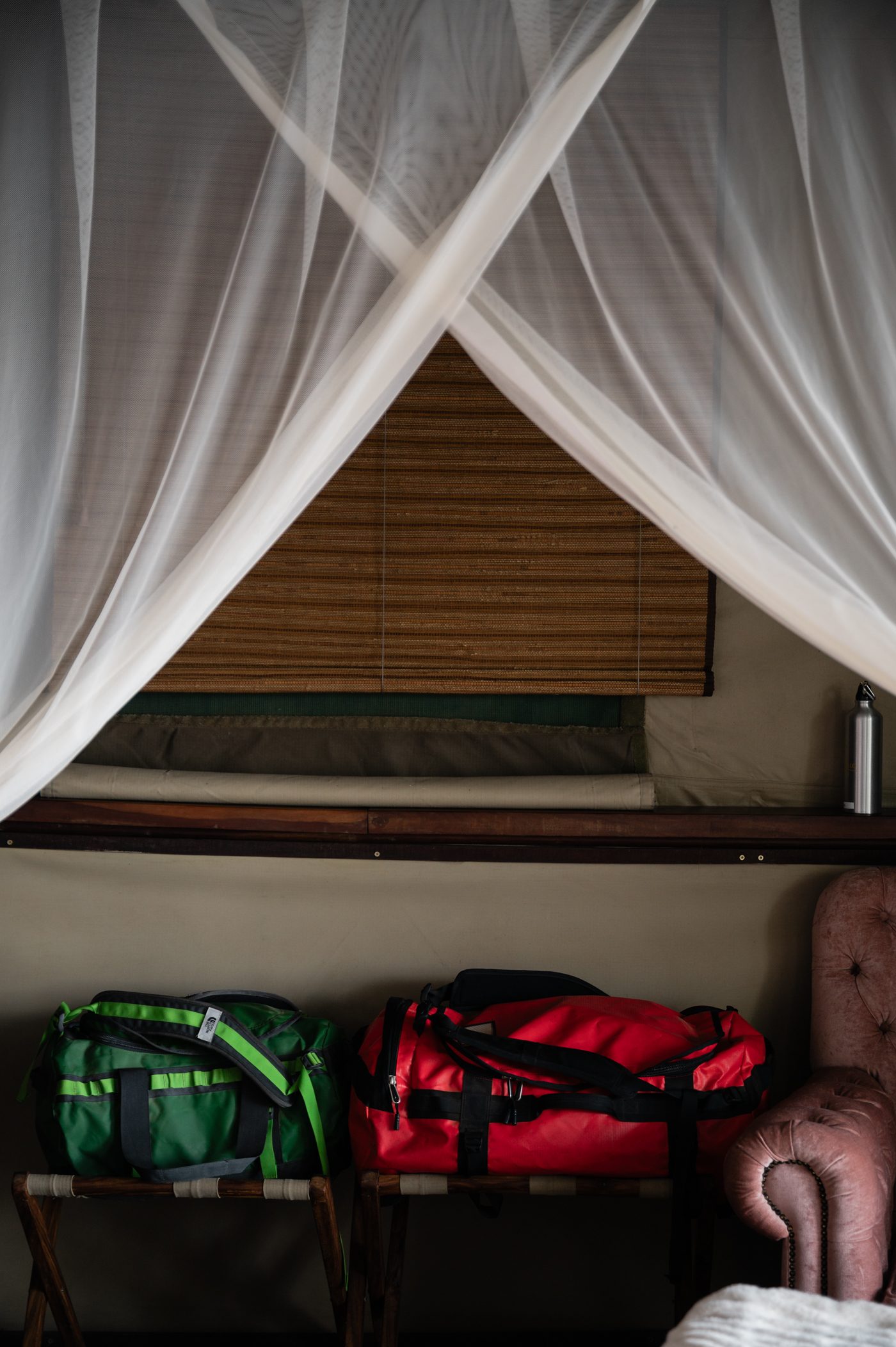
Safari packing list: Clothes
It’s important to note a few things before we jump into the details of my garment packing list:
- It doesn’t matter if my safari is 5 days or 3 weeks – I would always pack the same amount of clothes.
- Camps and lodges in the bush offer complimentary laundry services for everything except for your delicates (exceptions apply, but generally this is the rule).
- This means you essentially need 2-3 sets of clothes, because laundry can sometimes take 2-3 days to return (they might be hand washed and dried outside in many camps in lack of washing machines, so don’t bring your most fancy brand new items).
- The only item where I pack supply for more days is underwear, although most camps offer laundry detergent and so you can usually wash your delicates yourself by hand when in need.
My friend & travel buddy Kady is wearing our trusted Palladium boots here. And for cold mornings you should always bring a lightweight insulated jacket.
These are the garments i bring:.
- 1x lightweight insulated jacket (this is essential when travelling in the dry season = winter in many South African destinations, it gets cold at night!)
- 1x thin scarf (I use this to protect my neck from wind and sunburn)
- 1x thick scarf (this is a personal preference, but I love it and use it as pillow on planes and for very cold morning and evening game drives)
- 1x Long Cargo Pants (mine are relatively thin and are tapered at the ankles to avoid any insects to crawl in – this is only essential for walking safaris, not for game drives)
- 3x leggings (these are my go to “pants” on game drives – comfortable, easy to wear and wash, dry quickly. The only downside is that Tse Tse flies can bite you through those, but they literally bite through down jackets as well…)
- 2x long sleeve linen shirts (I wear these over sleeveless tops on warm days and just around camp for lunch etc.)
- 5x pairs of socks (high enough so you can put them over your tapered long pants to avoid ants crawling into your pants)
- 2x long sleeve wool under layers (I usually bring quick dry wool long sleeves on winter safaris to layer in the mornings and evenings)
- 2x short sleeve / sleeveless T-Shirts
- 1x pair of Sunglasses
- 2x hooded sweaters (one jersey and one cashmere hooded sweater – layered over the long sleeve shirts these are perfect for the chilly mornings and the hoodie helps me spare packing a wool beanie)
- 7x underwear
- 2x pyjamas (again, it gets cold at night and if you sleep in a tent or even a regular safari camp you’ll want to wear a pyjama. I bring 2 for a longer safari, so one can be washed at some point.)
- 1x pair of Palladium ankle high light linen boots (these are the perfect safari shoes for me. I wear them on cold days, for walking safaris, hiking, etc. – everywhere except for the rainforest)
- Alternatively: 1x pair of waterproof ankle high hiking boots (if I go on safari in Central Africa – think gorilla or chimp trekking and moist rainforest conditions)
- 1x pair of Birkenstock sandals (I use the Arizona Eva model, which is 100% plastic and therefore can be easily washed and doubles as my showering and outdoor bathroom shoes. Also this model doesn’t have nails in the soles, so I can pass through security without having to take them off – well, depending on the airport…)
- 1x safari hat with a wide brim (to protect your face and neck – especially for boat or canoe safaris!)
- 1x basecap (for walking safaris)
- Sometimes: 1x swimsuit (if I check into a lodge with a pool or combine my safari with a beach stay)
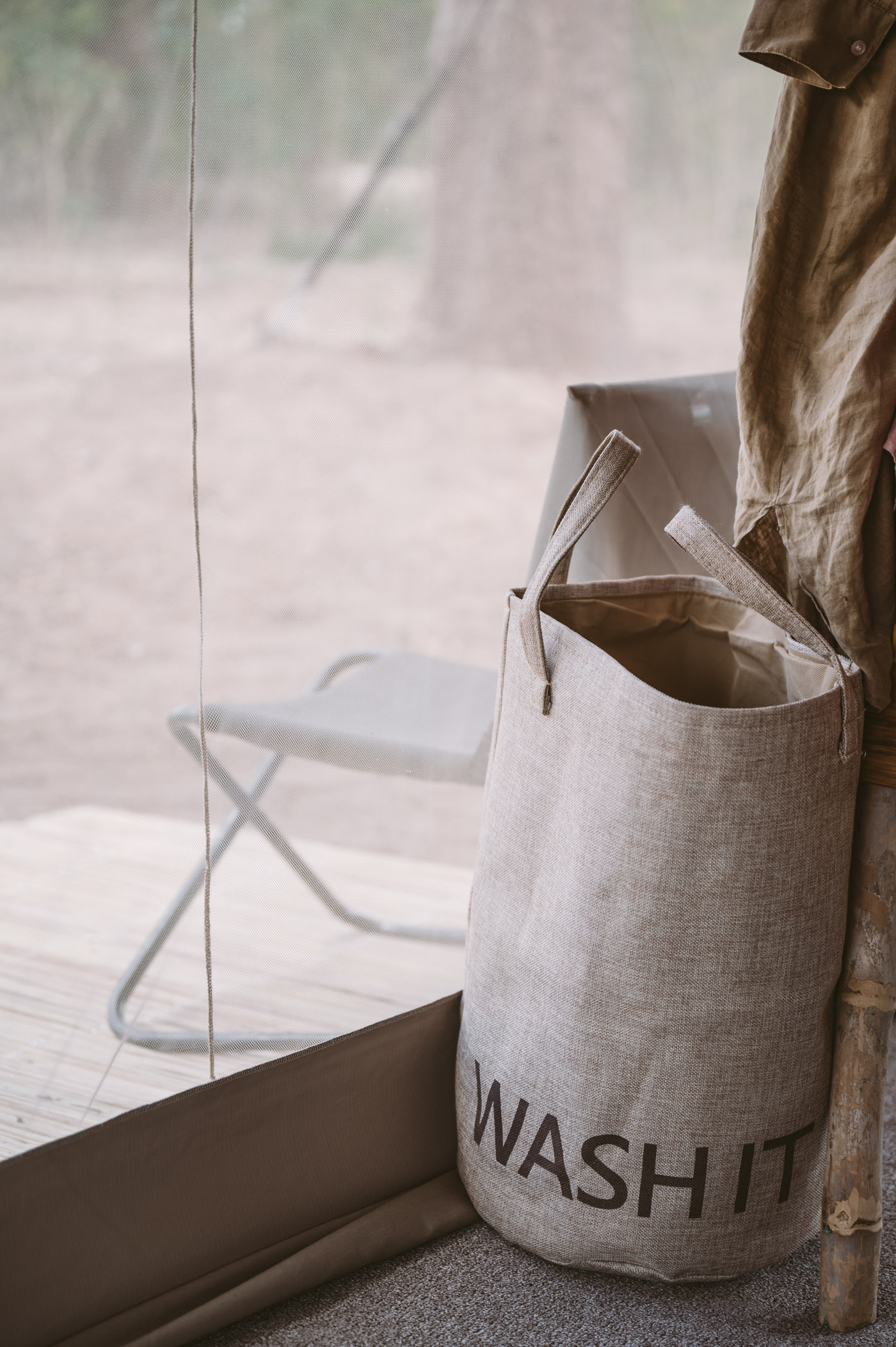
During the days it usually gets warm enough for linen shirts and t-shirts – even in winter.
Layering is essential on a safari – when we left in the morning we needed a jacket, on the plane we used them as pillows and when we landed it was warm enough for t-shirts and linen shirts., safari packing list: toiletries.
A short disclaimer here: I generally wear very little to no make-up, so this might read almost like a men’s toiletry bag. Of course you can add a few items if you prefer to have some glam in the bush . My experience is: You’ll be comfortable with less and less every day 🙂
Also it’s important to know that there’s countries that forbid the use of single use plastics (so think about this when you pack cotton swabs, floss picks, contact lenses, etc.). Everything that is packaged in single use plastics should be avoided if possible. I’ve listed a few alternative products below.
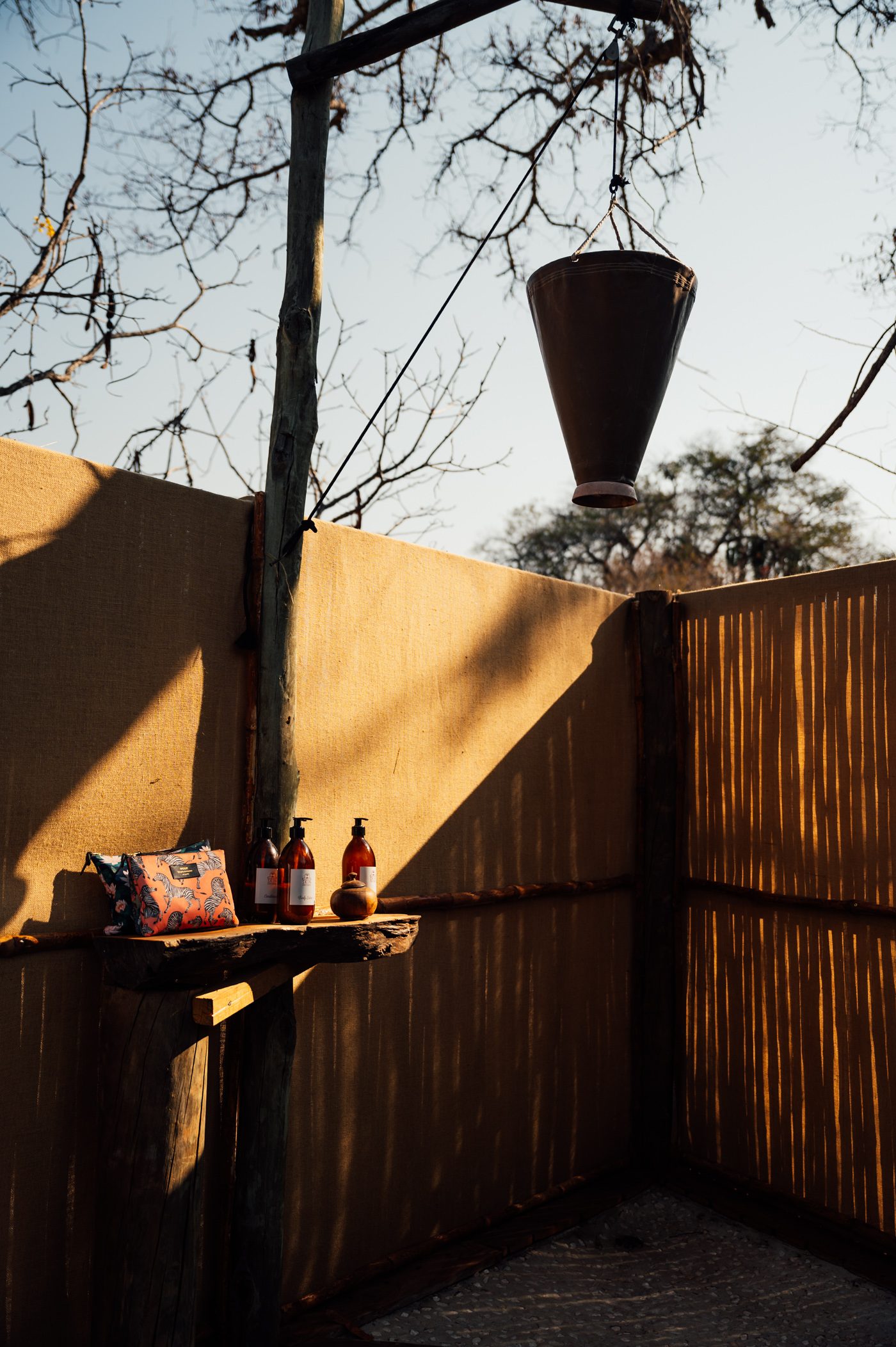
What’s in my safari toiletry bag:
- Sunscreen with SPF50 (try to bring environmentally friendly products, as your waste water will remain in the bush)
- Face Cleanser (this is one of my luxury products, but I can’t go to sleep without a proper face clean, even in the bush)
- Antioxidant (I’m trying to avoid sun damage to my facial skin, so this is also an essential for my face care routine)
- Tooth Brush (I even bring my electrical tooth brush, but that’s a very personal choice – since I travel so much I don’t want to compromise on my routine here)
- Deodorant (without perfume! You should never wear perfume on a safari, as animals have a very sensitive sense of smell and any unnatural scent can deter wildlife.)
- Tampons or your preferred feminine hygiene product (again: these will remain in the trash in the bush camps, so I use biodegradable organic cotton products. Personally I wouldn’t bring a menstrual cup on a safari as access to fresh water might be limited during the day when you’re out in the field, etc.)
- Biodegradable (!) dental floss (I use floss picks made from bamboo)
- Reusable ear swabs (I bought a washable one, that I use on safaris – it’s not perfect, but better than creating unnecessary waste.)
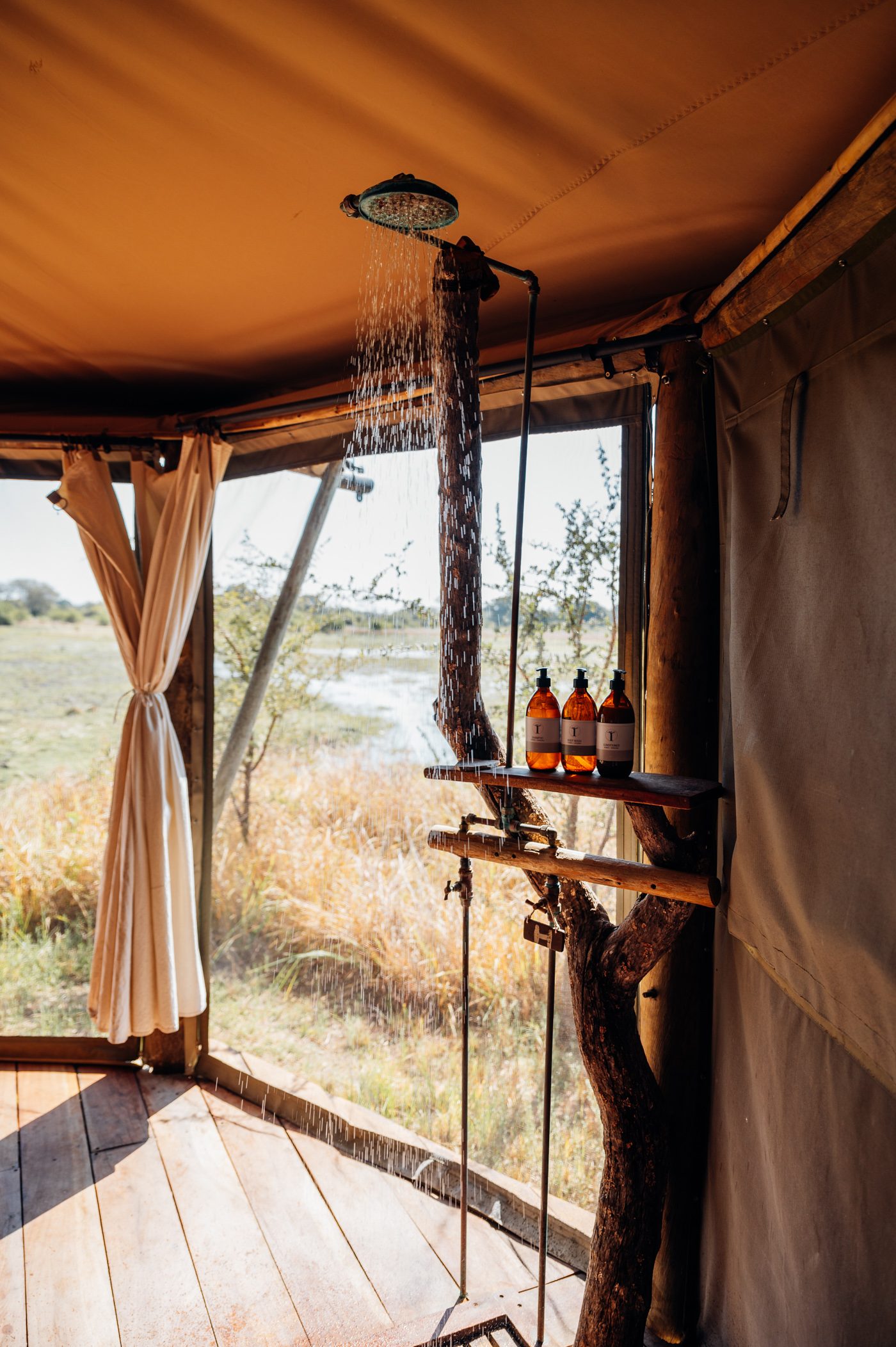
Toiletries that you don’t need to bring:
- Shampoo, conditioner, shower gel, body lotion! All of these are provided in the camps (and they will make sure the products are biodegradable and do not damage the soil or create toxic waste water).
- Towels: Camps and lodges always provide fresh towels. Unless you’ll go camping individually or stay in rooftop tents etc., then I would recommend quick dry travel towels.
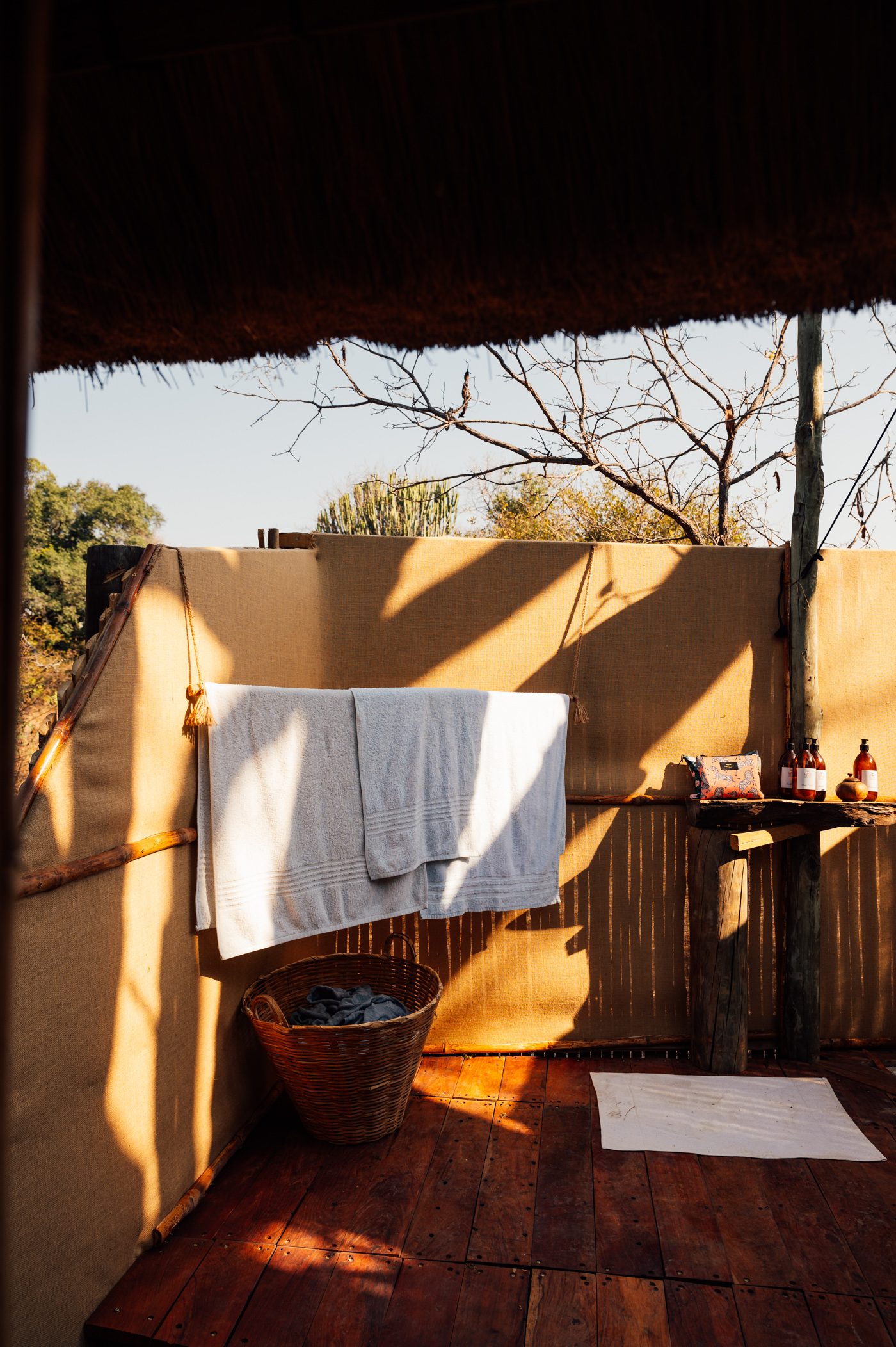
Safari packing list: Camera & Equipment
This is a special section for the photography enthusiasts among you. As a professional travel photographer I bring quite an extensive amount of equipment, but I still bring a lot less than the “real” wildlife photographers. Their luggage almost exclusively consists of camera equipment.
The main difference is that I rely mostly on zoom lenses , to keep the camera equipment down to a minimum. Wildlife photographers often bring prime lenses and then you need a lot more than me 🙂
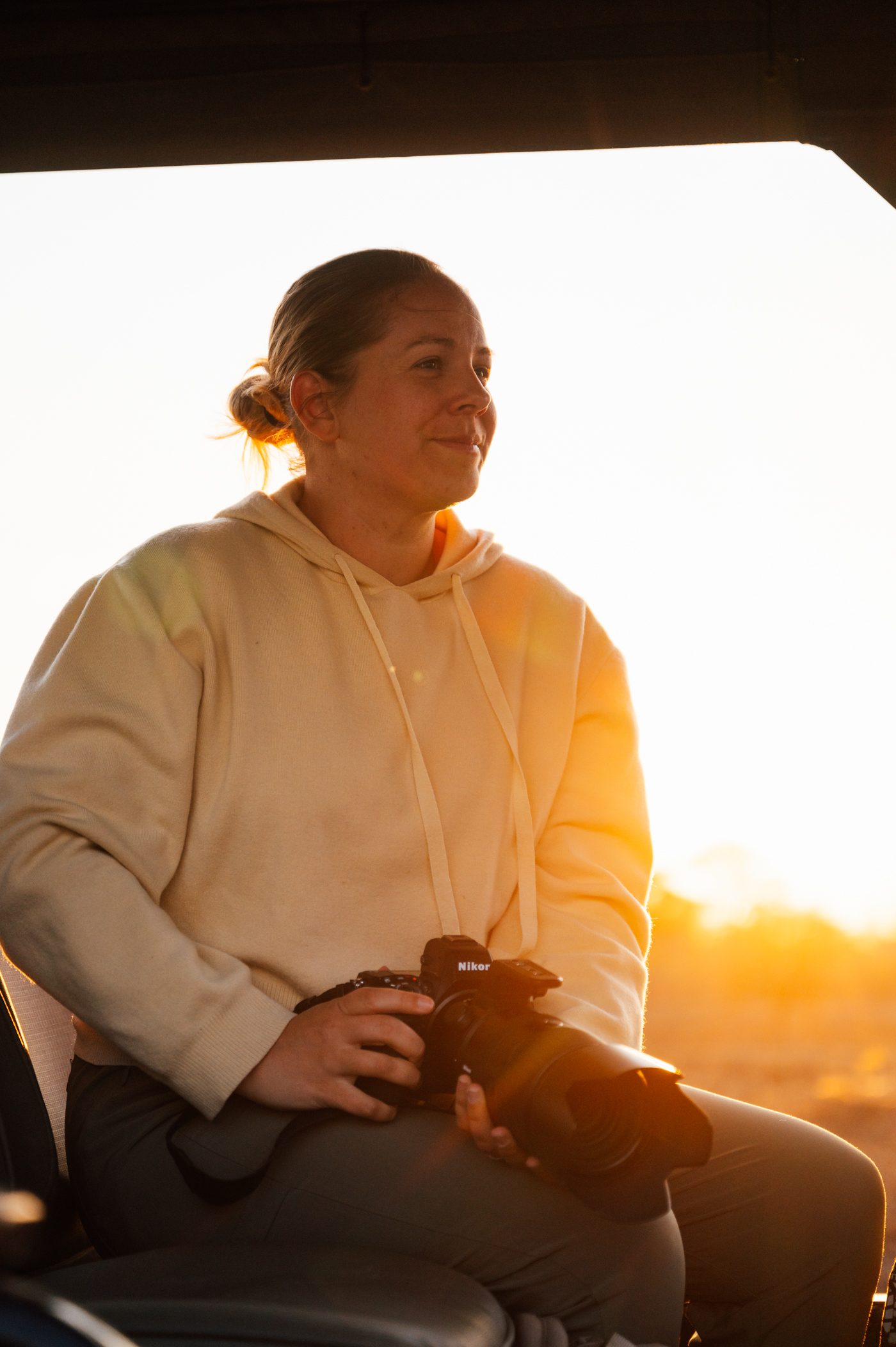
Here’s what I bring to take photos and videos (and work):
- Nikon Z8 (my primary camera)
- Nikon Z6II (my secondary camera)
- NIKKOR Z 180-600mm f/5.6-6.3 lens (for wildlife shots)
- NIKKOR Z 24-70mm 2.8 lens (for landscapes, portraits, travel shots)
- Optional: NIKKOR Z 70-200mm 2.8 lens (for wildlife & landscape combinations)
- 5x camera batteries (some days you might not be able to charge. Remember many safari camps don’t have power outlets in the rooms, but only at the main tent – so it’s always a bit of logistics to charge equipment.)
- 2x High speed memory cards with 512MB each (it gets very technical here, but I bring very fast ultra professional cards for each camera body with at least 1,700MB reading and 1,500MB writing speed – this makes the difference when it comes to high speed RAW shooting).
- 3x extra memory cards (still fast speed, but not as expensive as my main cards)
- 3x 1TB SSD hard drives (this is to make sure I can create duplicate back-ups during the trip.)
- 2x camera battery charger (to charge 2 batteries at once)
- Laptop + charger (this is only necessary for my photo back-ups and editing sessions. If I weren’t a photographer I would probably leave my laptop at home on a safari, there’s often no internet anyways.)
- Mobile phone + 2 charger cables (1x regular cable for regular power outlets with USB-C and 1x “old” USB cable for planes and safari vehicles)
- 1x power adapter (these are heavy and bulky, so you can also check with the camps you’re staying at if they provide adapters or if – like in Zambia – they had multiple different types of sockets for all sorts of chargers.)
- 1x multi-outlet power strip (I still bring one of those with at least 3 sockets, so I can charge more devices if there’s only one outlet available)
- 1x battery pack (this is to charge my phone or laptop when there’s no power available for whatever reason – we had fly-camps that relied 100% on solar and then 3 overcast days = no power. So it’s the ultimate backup, but only necessary, because I do need to work on these trips.)
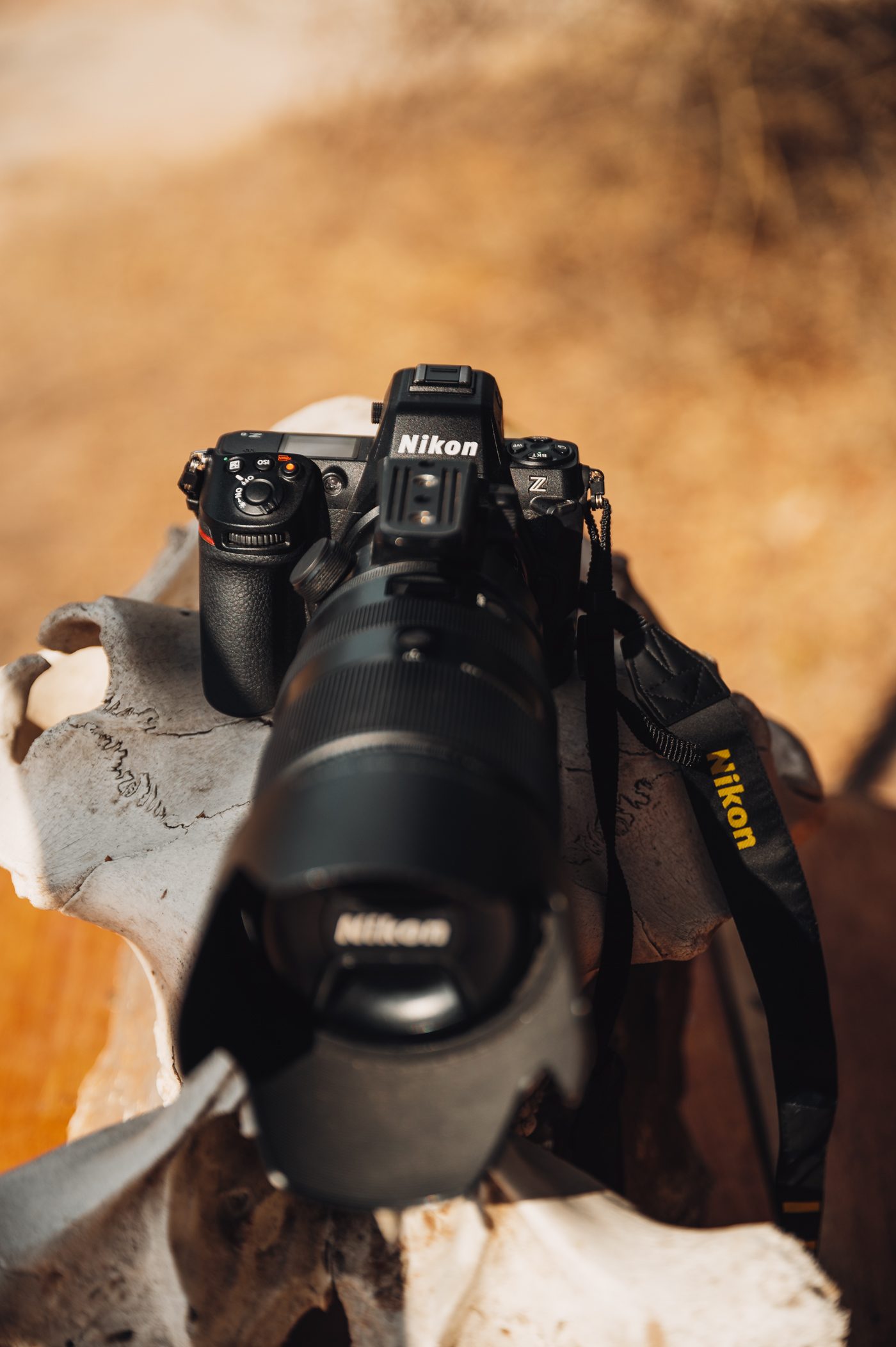
Safari packing list: First-aid kit
This is a delicate one, as I’m no medical expert, so please don’t take this list and rely on it 100%, but consult your doctor before your trip. Also each location within Africa has different preconditions when it comes to tropical diseases, etc. – so these recommendations are to be taken with caution.
- Malaria medication (Malarone or similar. Please consult your doctor about the options when it comes to standby vs. prophylactic intake of malaria medication.)
- Clinical thermometer
- Antihistamine (I sometimes react to insect bites)
- Wound Disinfection
- Blister Pads (if you go on many walking safaris)
- Gauze bandages
- Disinfectant Spray
What I didn’t pack on my last trip was any regular flu medication and of course I caught a cold… my travel buddy Kady luckily had pastils against sore throat, nose spray and the likes. So you might want to add these to your list!
What you you don’t need to bring:
- Mosquito repellent (with a high DEET content)
- Insect repellants are usually provided by each camp. Often they even have two different types – one for your skin and one for your clothes. Or one for personal use and one to spray the room. Also the camps provide local products, that often work much better than what you can bring from your home country.
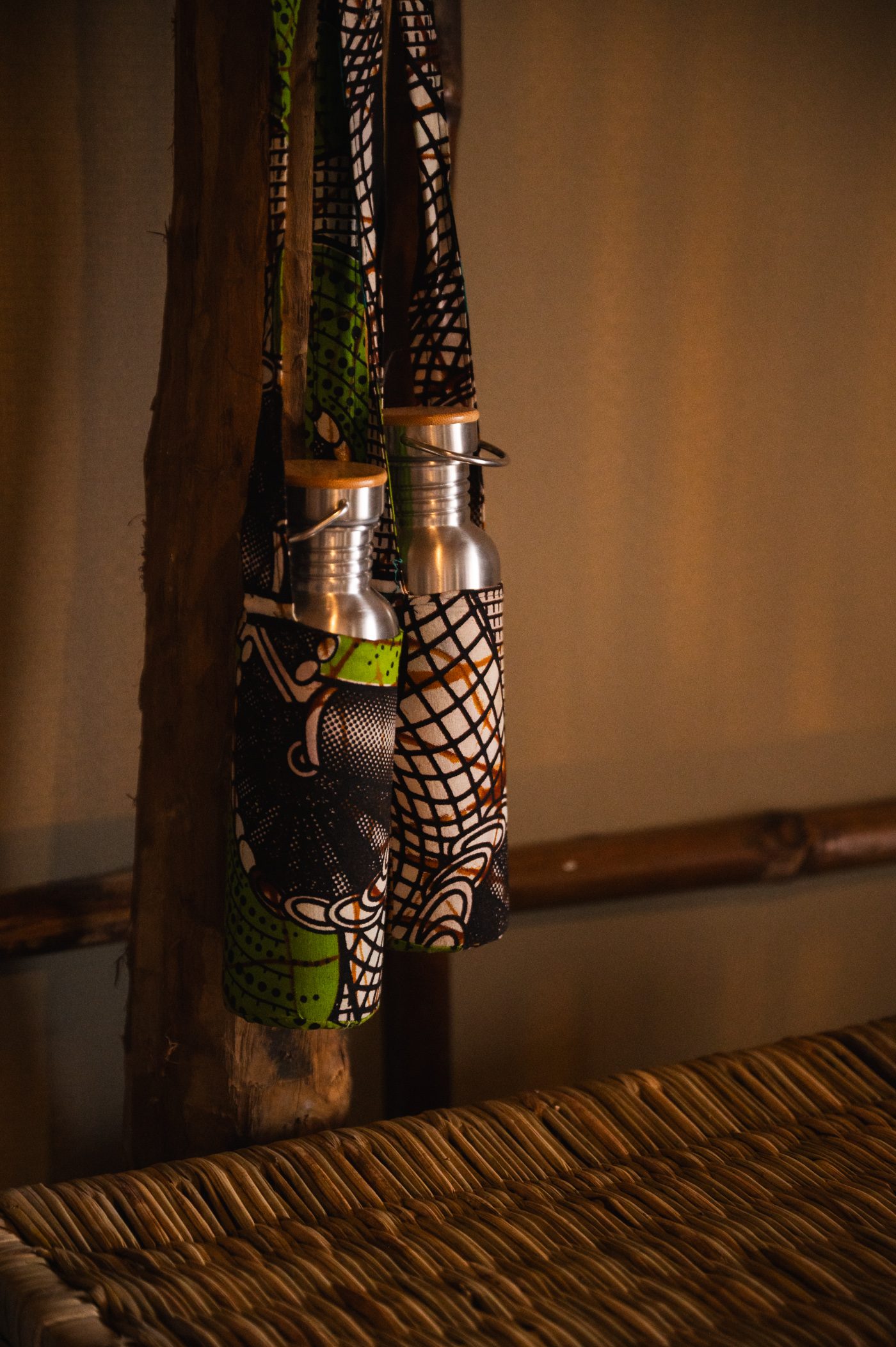
Safari packing list: Miscellaneous
Lastly here are few miscalleaneous items that are quite essential for any trip.
- Wallet with credit card, debit card, insurance card, etc.
- US Dollars (even when travelling from Europe I usually exchange US dollars ahead of the trip as those are accepted in every country. Make sure the bills are not torn or old or anything scribbled on them. Locals will only accept dollar notes in good condition as otherwise the banks will not exchange to their local currency. You can read more about my most important money tips for a safari here .)
- Vaccination card (you might have to provide proof of a yellow fever vaccination or a COVID vaccination – make sure to check the requirements for the destination you’re visiting).
What you you may or may not need to bring:
- Binoculars: I personally never bring binoculars, because I always look through the viewfinder of my camera with the long tele zoom lens instead. In many camps they also provide binoculars, either one pair per game drive vehicle or in more luxurious lodges there’s even a pair waiting for each guest in the room. If you’re not travelling with a camera I would recommend to bring binoculars as you’ll sometimes only see animals from the distance.
- Reusable water bottles: Even in more rustic fly camps these will be provided for the duration of the stay, but if you want to make sure to also have a water bottle ready for travel days, on airports, etc. you can bring your own.
- Headlamp: Personally I never bring a headlamp. Usually camps provide flashlights or lanterns for nightly toilet visits or trips to the main tent. In many camps you’re also not allowed to walk outside of your tent alone at night (because they’re unfenced and wildlife will pass through). So a team member will always be there with a flashlight. And then I can always use the headlamp of my phone. But some people prefer to have a headlamp handy just in case.
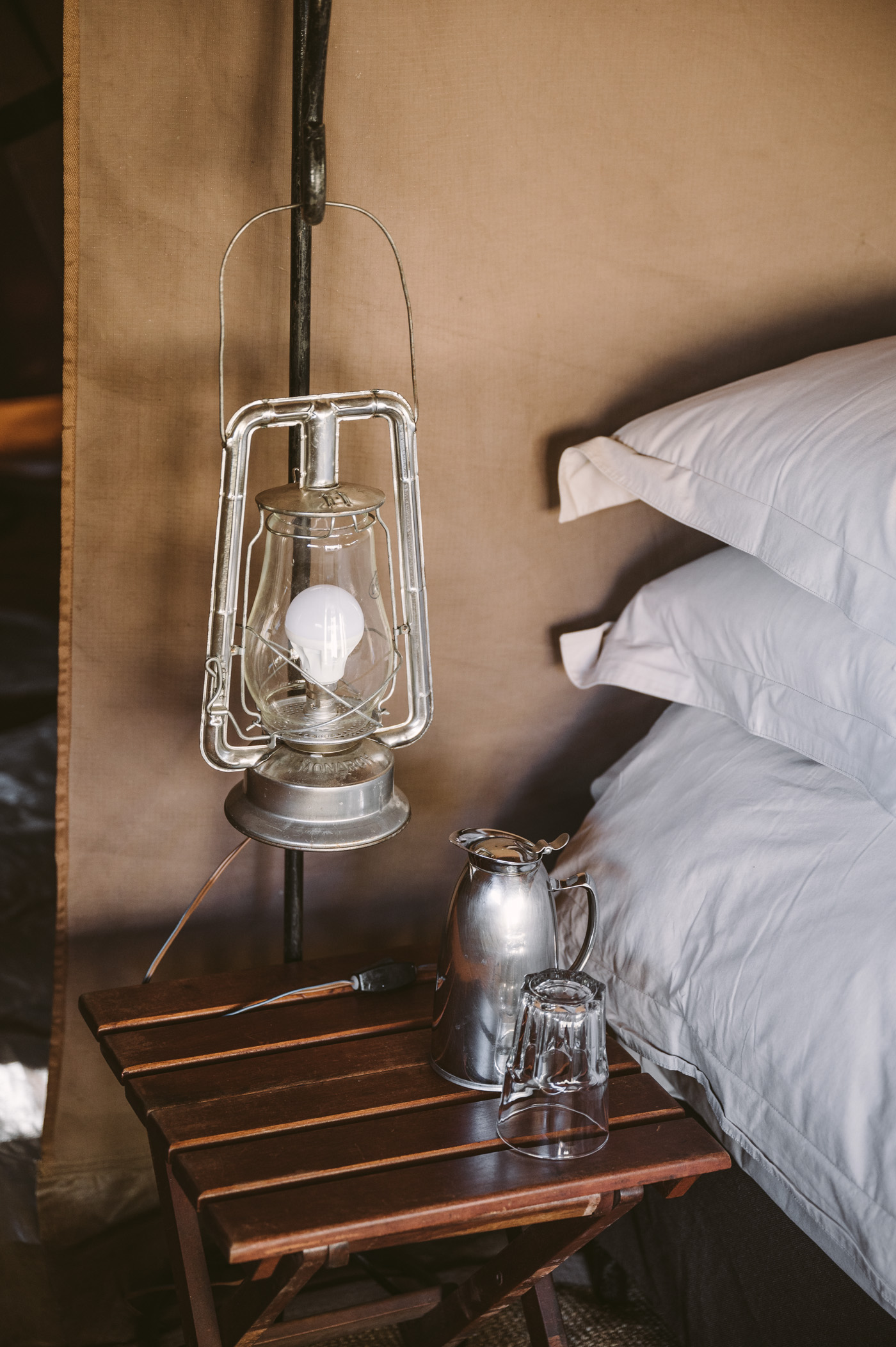
What you really don’t need to bring:
- Gators: I brought gators to Rwanda for the chimp trekking and used them once during a 2 week trip. So unless you plan on going jungle trekking regularly I think those are not really necessary.
If this blogpost was helpful, make sure to also check our guide for safari beginners !
Download your free safari packing list pdf here.
Or pin and save this post for later:
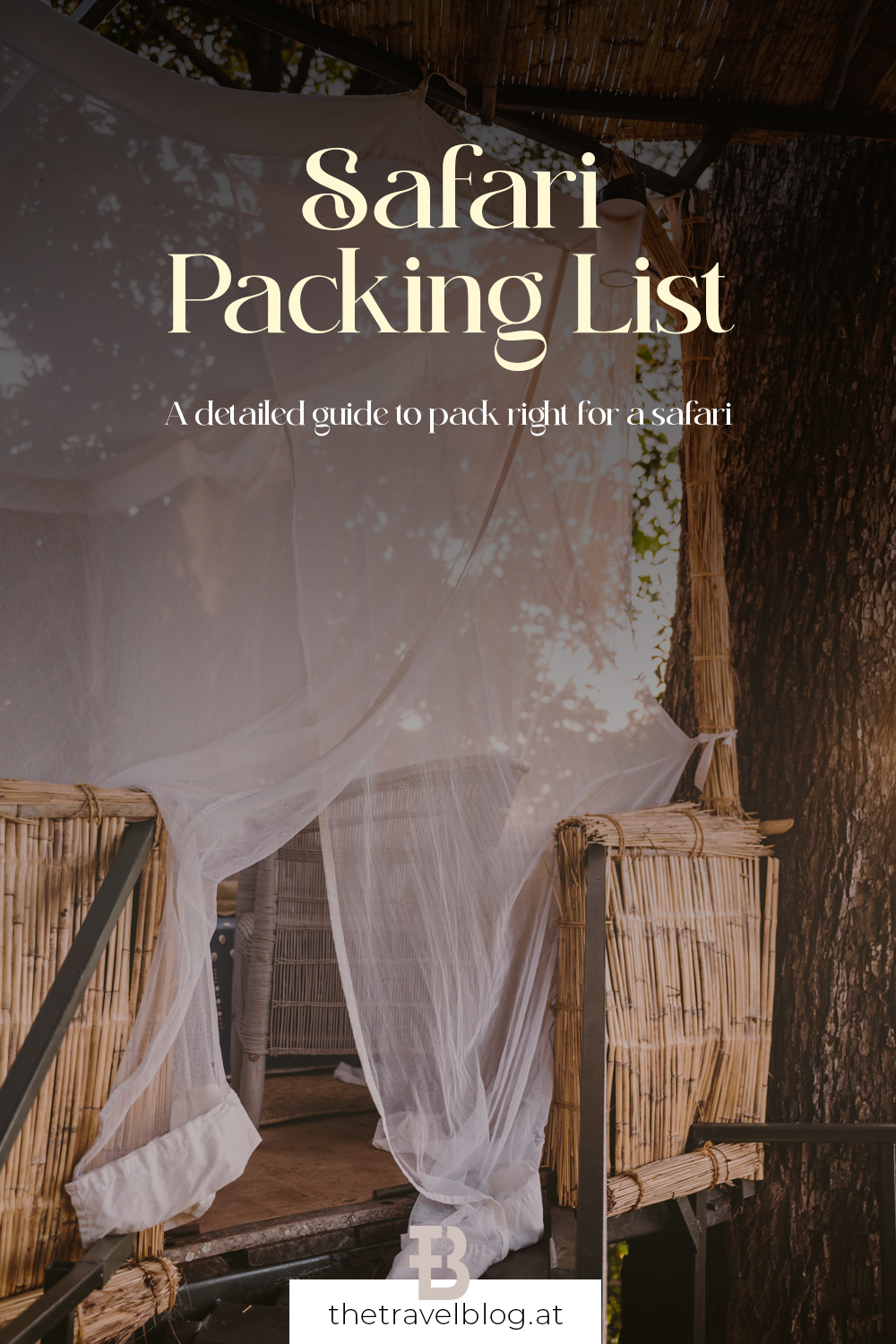
Safari packing list What camera for a safari What clothes for a safari What to bring on a safari what to pack for a safari
More Stories
Sleep-out in the makgadikgadi salt pan.
A night under the Milky Way in Botswana
Osttirol: Mindful mountain retreat
#AustriaSummerBucketList (Advertorial)
Privacy Overview

Eco-Friendly Safari Lunch Boxes In Tanzania
by Martin Tvede | 10 comments
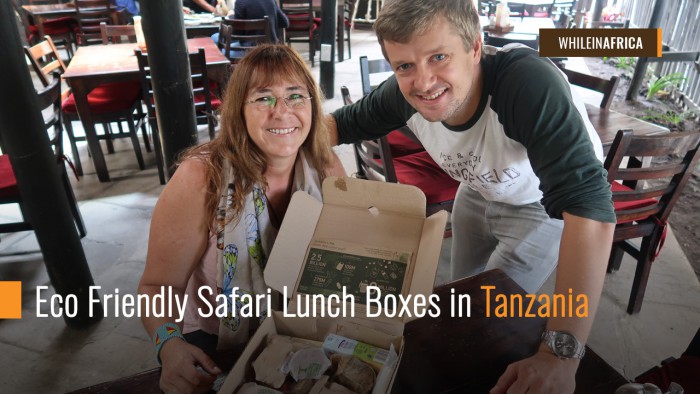
Lunch Box for Safari
One thing Erika and I have felt strongly about when on a safari in Africa is the lunch boxes. More often than not, the food is not very tasty, it’s not very healthy and it’s full of plastic wrapping and plastic containers.
Actually, on my first safari in Tanzania about 2 years ago I was positively surprised about the lunch boxes. Maybe because it was my first REAL time in Africa and I wasn’t sure what to expect. But I found it to be well arranged, neatly wrapped, had quite ok food and in some places we even got to pick our things to bring in your lunch box each morning before going on your safari game drive. But, we have changed our minds about the lunch boxes since then. Especially all the plastics as we are trying to travel more sustainably.
Here’s how a usual lunchbox looks like with all the wrappings for every single thing. And we’ve had worse!
Eco-Friendly Lunch Boxes in Tanzania – Do They Exist?
So what to do? Well, I Googled it…! 🙂 Sustainable lunch boxes // Eco -friendly lunch boxes // Eco-friendly lunch boxes in Arusha, in Tanzania. Nothing came up. Mostly just websites of camps that stated to be eco-friendly, but no mentioning of lunch boxes – Not sure why they appeared actually… Anyway, I kept going at it and eventually came across this Tanzanian advertising website, a very basic website. In there, someone had posted about their new eco-friendly lunchboxes in Arusha – “This N That” they were called but otherwise it didn’t say much.
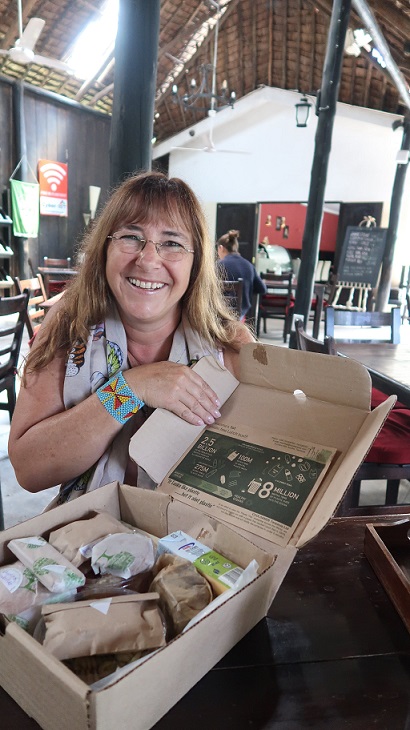
We agreed to meet in a coffee shop and the owner, Sandra Vaughan, brought one of the lunch boxes. That way we were able to see it with our own eyes, take pictures and even taste the food 🙂 She was happy to show us the lunch box and explain the background of how she and her husband had come up with the idea and developed this new product of theirs. This didn’t seem easy in a country like Tanzania where Sustainability and Eco-Friendly are still relatively unknown.
The Eco-Friendly Lunch Box for Safari
To be honest we were positively surprised about how well they had been thought out and researched to make sure everything in there is eco-friendly. The most important fact, it has absolutely no plastics at all. They spent the better part of a year talking to and meeting different suppliers, researching different materials that could be used to eventually develop a concept that would work which is truly plastic-free and eco-friendly.
What’s Inside
So what’s in the lunch boxes and how do they keep them plastic-free? Well apart from the food, this is what you will find in there:
- 100% No Plastics – The entire lunch box and its contents are 100% plastic-free and everything will decompose within 6 months.
- Cutlery and food containers look like plastic but are made of PLA (Polylactic Acid). A biodegradable and bioactive thermoplastic aliphatic polyester derived from renewable resources, such as corn starch, cassava roots, chips or starch, or sugarcane. So completely natural ingredients.
- Wrappings are made out of biodegradable paper.
- The box itself is made out of a paper carton.
- The juice carton is made of the normal paper carton without the normal plastic straw.
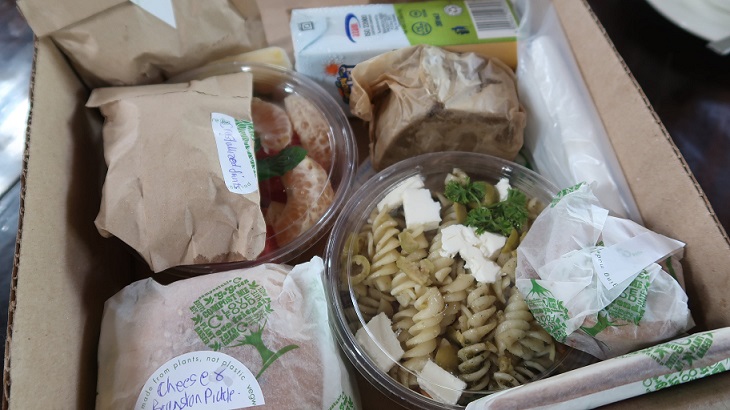
The only thing in the box which they are still not so happy about is the juice. They still get this delivered with a plastic straw attached to it from the supplier. So what they do instead is to manually remove the plastic straw and replace it in the box with a bio-degradable straw made out of vegetables. And the plastic straws? They are sent back to the factory where they buy the juice so at least it doesn’t go to waste. For all the non-plastic materials such as the cutlery and food containers made out of PLA, they are all imported from the UK as they are not available locally – Still better than all the plastic!
Price of the Eco-Friendly Lunch Box
Considering all this, you might think this lunch box will be a lot more expensive than the usual ones? Well, not really. Or… At least it depends on what you compare it with. There are lunch boxes available at really low prices that any decent company can’t compete with. But what do you get then? Well cheap food and cheap raw materials, lots of plastic, and buying from companies that most likely pay low salaries and benefits. Or you support companies who are likely not paying their VAT or Taxes. This because otherwise, it seems impossible to earn a profit with those prices. (We have been told that In 2018, only 7000 companies in entire Tanzania paid tax, although I haven’t been able to find an actual source on this information yet) So the question is, do you think that is worth the saving?
Are Tour Operators Willing to Change?
Another relevant question is whether tour operators are willing to pay extra for eco-friendly and plastic-free lunch boxes? Well, we heard an example of a possible new client who, if he decided to change to these eco-friendly lunch boxes, would have paid 80 cents more per lunch box. And because of that, he decided not to change… Remember, we are talking about trips that cost 1000´s of dollars and he didn’t want to pay the extra 80 cents… Even if he couldn’t afford to earn 80 cents less, adding 80 cents on the price to the guests I don’t think will make any difference considering the overall price of a safari.
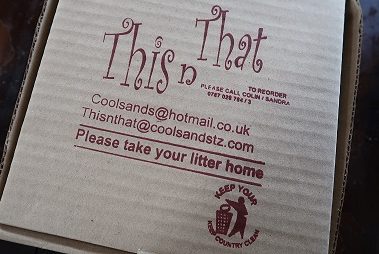
A popular detail about the eco-friendly lunch boxes is that they freeze the juice during the night. That way, when put in the lunch box, it will work as a cooling element allowing guests to have fresh cool food and a cold drink for their lunch.
How To Ensure Your Safari Operator Uses Eco-Friendly Lunch Boxes
So you might be reading this and thinking, how do I make sure the tour operator I book with will use plastic-free eco-friendly lunch boxes? The best you can do is to ask about it before you book. And if they don’t offer it but you otherwise like their way of communicating and the offer they gave you, just ask them to get your lunch boxes from This N That and pay that extra few dollars, I’m sure they will accommodate to close the deal and get you as a client 🙂 And not only is it plastic-free, it also tastes better and has more healthy food in there!
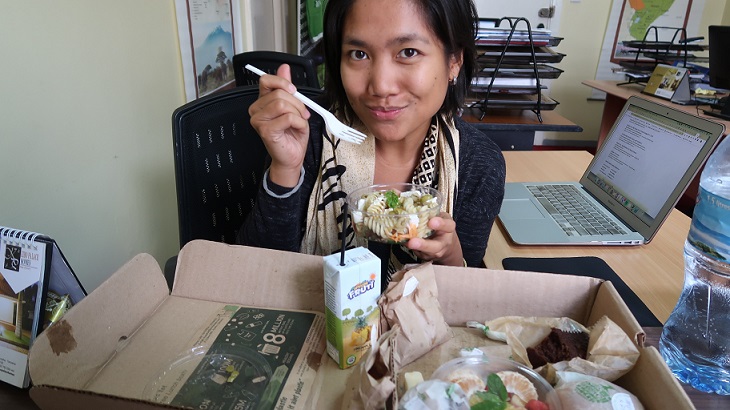
Recently, former President Obama visited Tanzania and asked specifically to avoid plastic and to not get any plastic straws. Him asking for that probably creates a bit more attention around it than what you can cause. But still, if you ask it will help create more awareness and eventually make it automatic that all lunch boxes are eco-friendly.
So are you going on safari in Tanzania and wondering how you can make your trip more green and sustainable? Ask for Eco-Friendly Lunch boxes and you have made a good head start!
NOTE: We did receive a free lunch box from This N That but there was absolutely no obligation or requirement for me to write this. I have given my honest opinion and tried to describe everything as I saw and experienced it. With this, I only hope that I can make a small contribution and help promote sustainable travel .

Related Articles
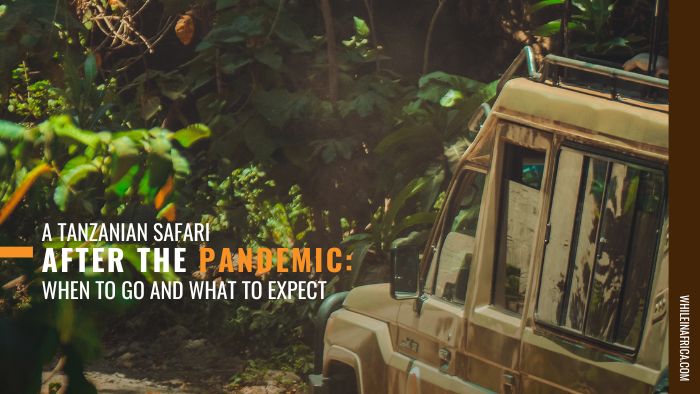
- A Tanzanian safari after the pandemic: When to go and what to expect
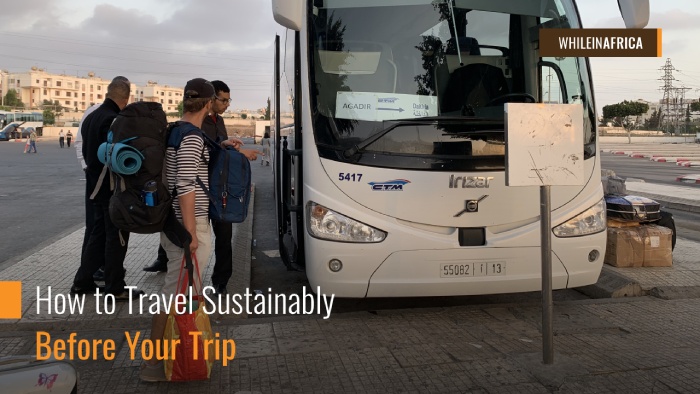
- Before Your Trip

- What To Do in Arusha in-between Safaris
10 Comments
I found this article while also searching online for the makers of this lunchbox. I enjoyed one on safari recently and I was very very surprised and delighted to see a completely plastic free lunch box! It made me wonder why there is still so much single-use plastic in developing countries, especially as the demand for plastic-free is growing so quickly!
At least in African safaris, it boils down to cost but that’s why it’s important that clients request for plastic-free lunchbox to force tour operators to source for this type. The power is in the consumers’ hands 🙂
If it weren’t for the people who put in their all for conservation, we would not have the precious wildlife nor would our children find it. Thanks for the good write up, this should be adopted as culture on safari and a challenge everyone should take up. Not only should it be in the precious Tanzania parks but also all over Africa, primeugandasafaris is the best place to find the best safari itineraries as well as community responsible tourism programmes. Lets always carry only memories and leave only foot steps.
Yes hopefully this and other initiatives to help the environment and the wildlife will become the norm sometime soon ! Were glad you like the article 🙂
It’s indeed helpful. I am so much impressed with this and I will definitely be one of these people to promote it in Uganda. I think it’s worth it!
Thats excellent to hear! We havent been on safari in Uganda yet but I could imagine the problem is likely the same there. Hope it can be improved.
Very nice article. Doing tourism with environmental concerns in mind is the best thing. Thanks for the innovation which we pray can spread across African parks and tourist places.
Thanks 🙂 We hope so and definitely encourage everyone to adopt more environment friendly pratices. Its needed.
A good read and challenge to everyone.
Thanks! Yes we really hope this will be improved!
Submit a Comment Cancel reply
Your email address will not be published. Required fields are marked *

We are Erika and Martin from the Philippines and Denmark traveling through Africa. We like to explore new sights, live local, and show the Real Africa. Keep reading.
Latest Articles
- Day Tour Visiting Places Near Dakhla
- Crossing Borders Dakhla to Mauritania
About Africa Crossing Borders Experiences Filipino Corner Plan A Trip Sustainable Travels Visa Guide
Finding the Universe
Travel tales, photography and a dash of humor
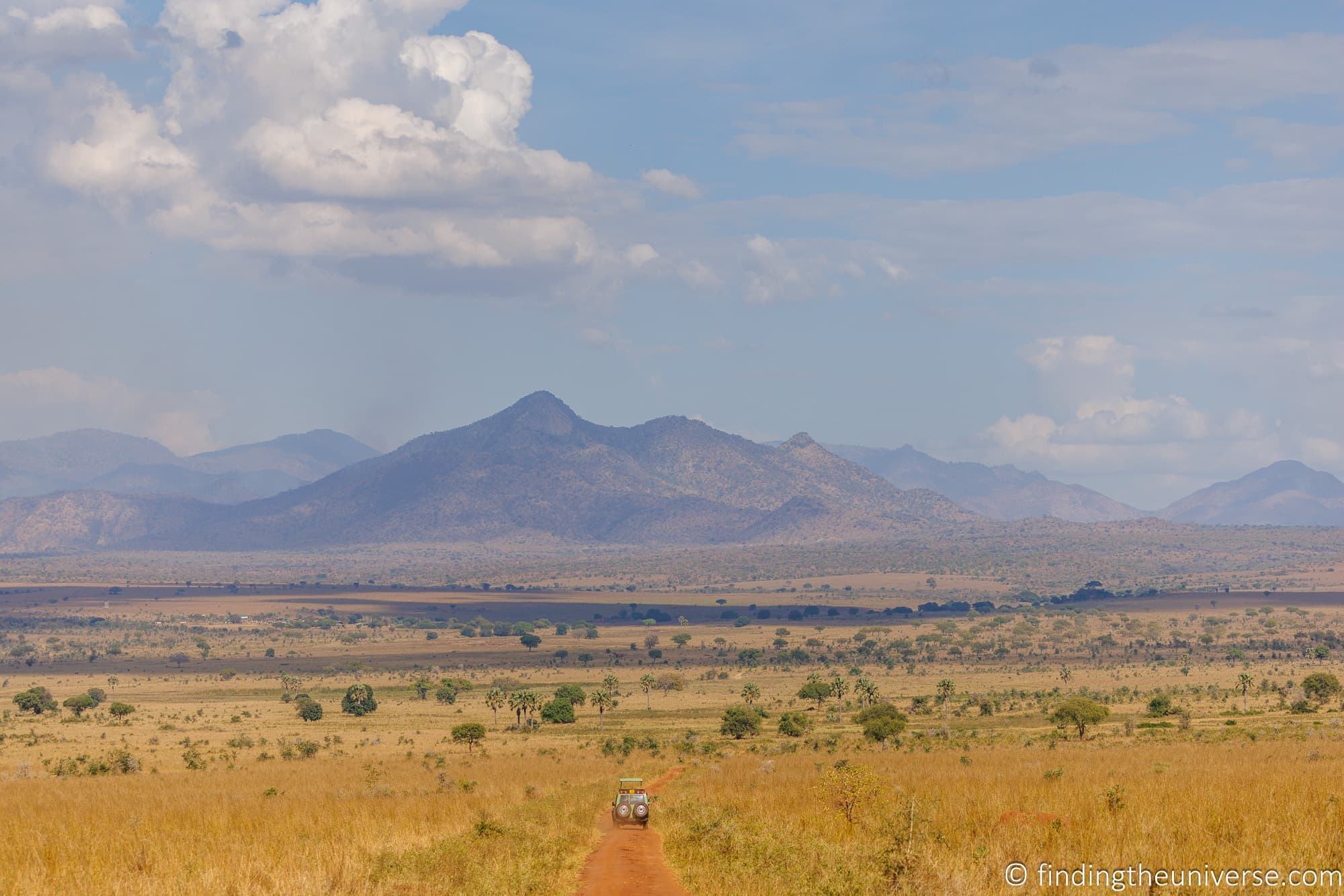
What to Pack for Safari – A Detailed Safari Packing List
Last updated: July 16, 2024 . Written by Laurence Norah - 4 Comments
So you’re going on safari. Awesome! We love safaris, and Jess and I have been lucky enough to take many safaris together. But now you might be wondering what to actually pack for safari.
Well, we’re here to help. We’ve taken safaris on a number of occasions in a variety of countries, including Kenya, Tanzania, Uganda, Namibia, South Africa, and Zimbabwe. From those trips, we’ve learned what items are essential for your safari packing list, and what you probably won’t need.
We’ll also share some tips on what to consider when packing and a detailed safari packing checklist for your reference.
Table of Contents:
What to Consider when Packing for Safari
Before you start putting your safari packing list together, you are going to need to know the answers to a few questions. These questions will help inform you as to what you need to pack.
There are many different types of safari across a range of destinations and accommodation types, so there is no “one size fits all” safari packing list.
Here are some questions that we think will help you figure out more clearly what you need to bring.
Where are you going?
The first question of course is where you are going on safari. Whilst many people will instantly think of the African continent when thinking of a safari trip, you can take a safari in destinations around the world.
Once you know where you are going, then you can start to research the answers to some of the other questions that are important to your safari trip planning.
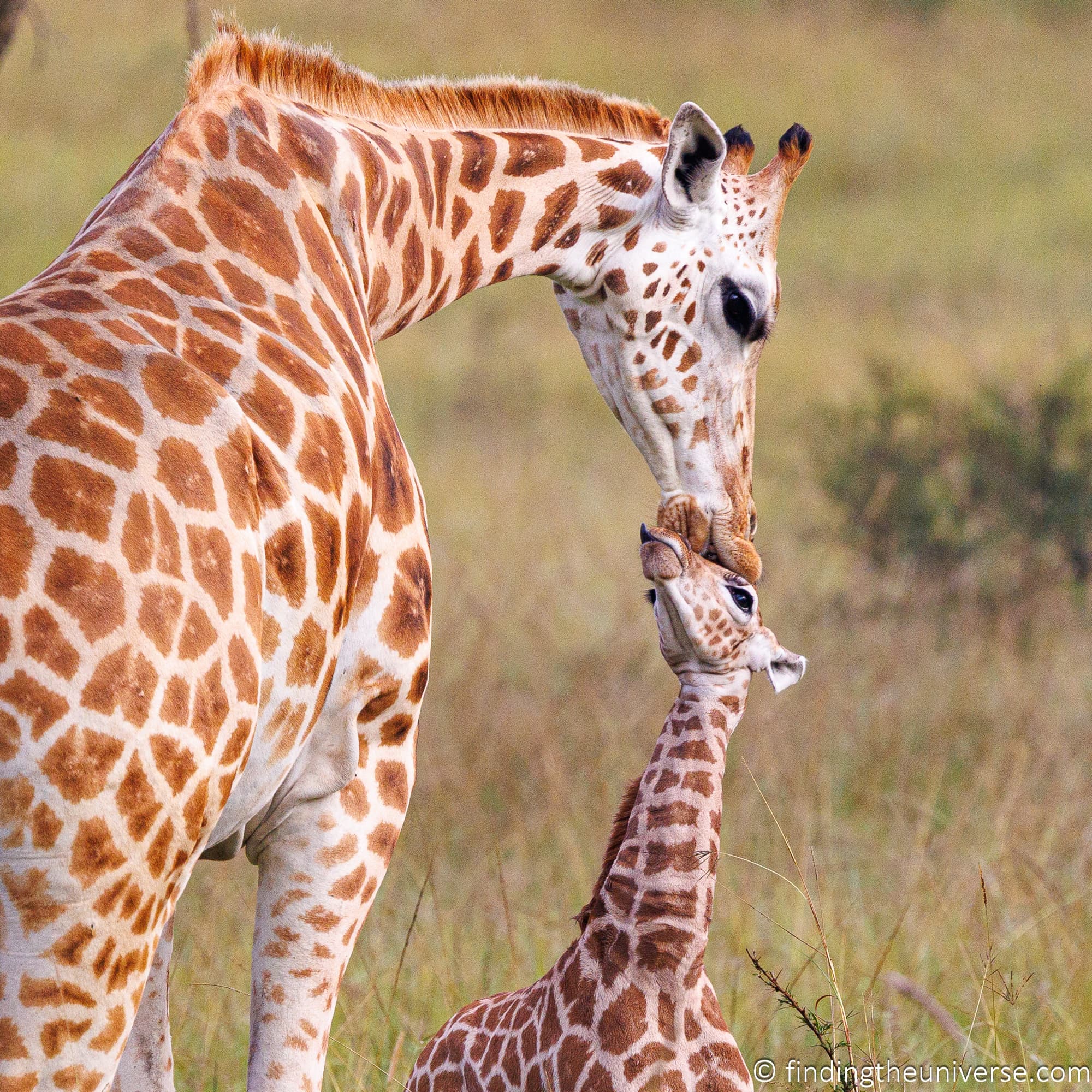
What will the weather be like during your safari?
When it comes to packing clothes and travel gear, having an idea of the weather is definitely going to make a big difference. Whilst we often think of safaris as taking place in hot and dry places, this is certainly not always the case.
If you are visiting Africa, this is obviously a huge continent, with very variable weather. If you are visiting the more southern countries like South Africa, these have a weather pattern similar to Europe or the USA, with cool winters and hot summers. Although of course being in the southern hemisphere, the seasons are reversed.
If you are visiting countries closer to the equator, like Kenya or Tanzania, then their proximity to the equator means that they tend to be quite warm year-round, and their seasons are instead divided into dry seasons and wet seasons.
The wet season, as the name suggests, is when you are more likely to get a lot more rain, whilst the dry season will be, well, drier. Of course, rain is theoretically possible at any time, but it is much less common in the dry season.
In some areas, it can get pretty cold, especially at higher elevations or when next to water. For example, if you are visiting Tanzania to hike Kilimanjaro , then even if it is hot in the plains, it is likely to be very cold near the summit.
So be sure to check into that, especially if you are visiting during the winter season of that country. You may be surprised to know you might need to bring a coat, gloves, hats, etc.
So take a look at the average temperatures, humidity, and rainfall in the places you plan to go at the time of the year you plan to visit. Also note that some countries may have very different climates across regions so be sure to take that into account as well.
One good website for checking average temperatures, precipitation, and humidity for the destinations on your trip is the “Climate (averages)” section of timeanddate.com . It allows for you to check the historical averages by month as well as the current weather.
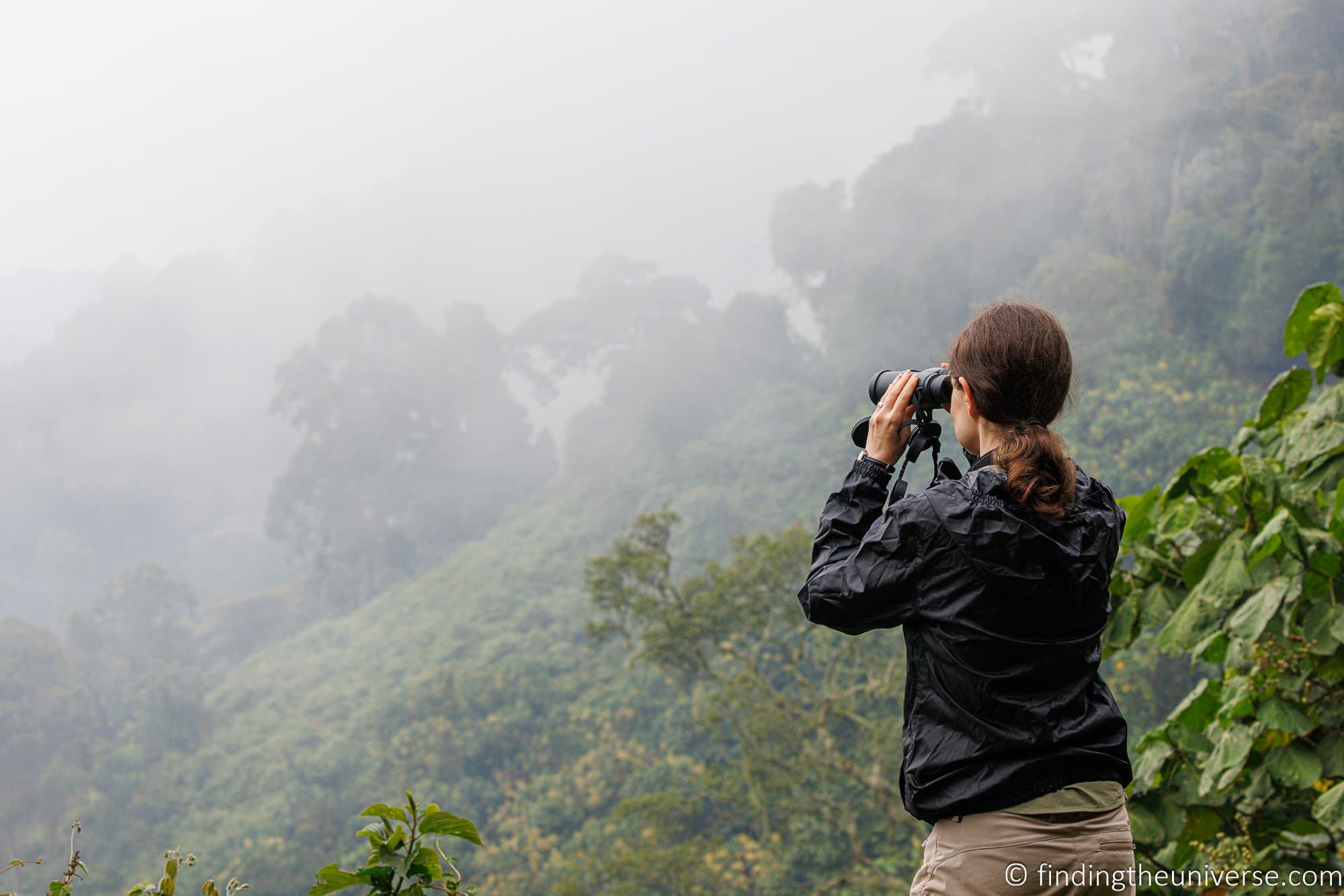
How long is your safari?
The duration of your safari will definitely make an impact on how much you pack.
If you are traveling for a few days, then you will likely need fewer items of clothing compared to a safari lasting for a few weeks or even months. For longer safaris, you’ll want to consider how to handle laundry, which we cover in a different section.
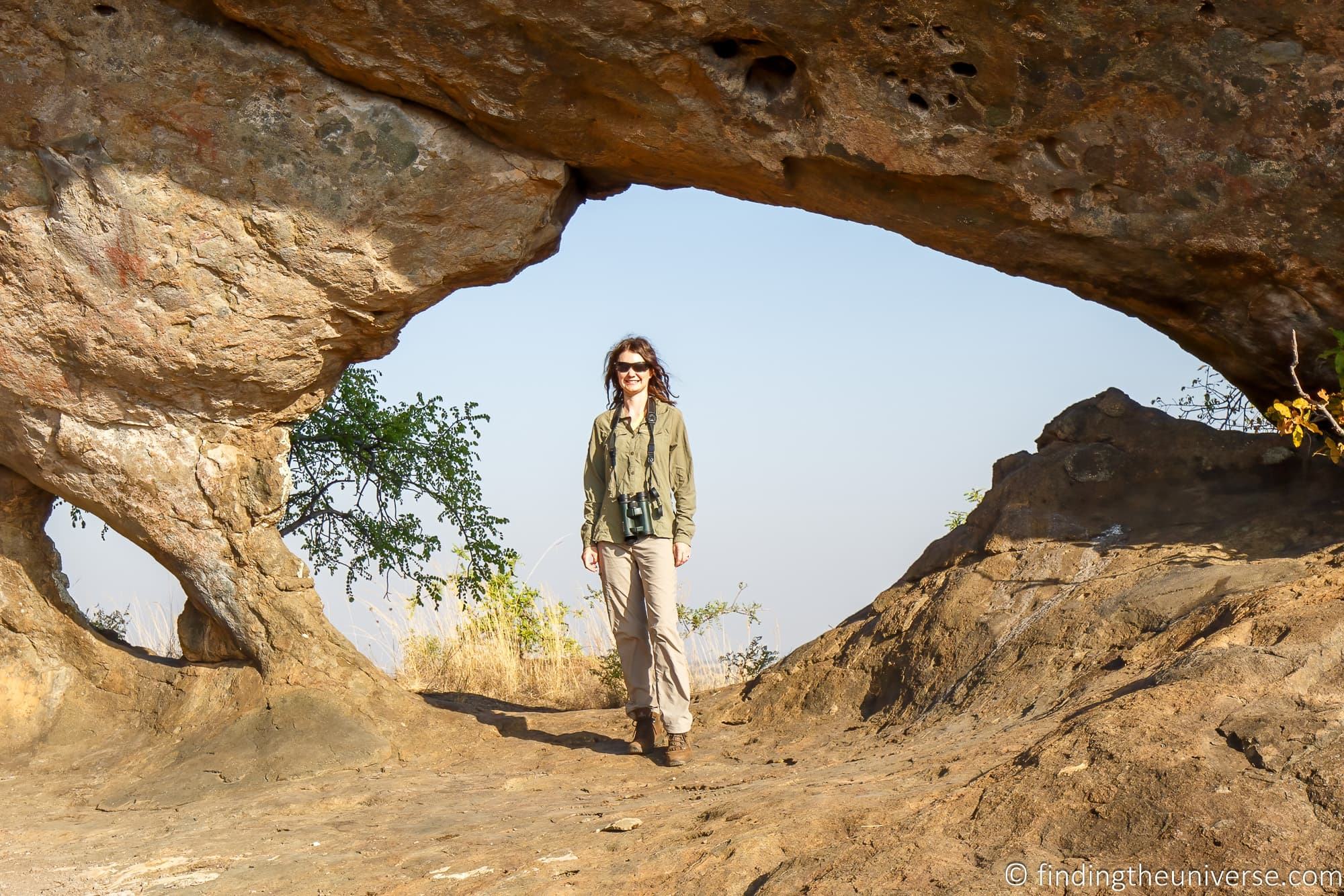
What types of transport will you be using?
It’s important to have an understanding of the transport you will be using when you are on safari, as this will often make a big difference in terms of what you can bring with you, and also the sort of luggage you can bring.
For example, if you are going on safari in an African country, many airlines flying to and from these destinations will have very generous luggage allowances, so it can be tempting to pack a lot in a big suitcase just in case.
However, once you are actually in the country, your local transport might not have quite so much room. If you are taking a group safari especially, with multiple people, there will be limited space available for each person.
Another big restricting factor is if you are taking any domestic flights on smaller aircraft. These are often used in-country to get to and from safari parks, and can skip long drives.
Smaller aircraft tend to be particularly restrictive when it comes to luggage allowances, both in terms of weight and also volume. The small holds mean they can only carry so much, and larger hard sided luggage for example might not even fit through the hatch. So many don’t allow you to bring any kind of hard-sided luggage.
If you are doing a multi-day hike, such as up Mt. Kilimanjaro or Mt. Kenya, your trekking guide and company will generally set size and weight restrictions on what can be carried.
Generally, you are allowed one duffel bag (carried by a porter) and then one personal backpack that you have on you at all times. Most companies (or hotels if staying at the same one before and after) will have somewhere you can store additional luggage before your hike if needed but you will need to check and make arrangements.
You will definitely want to talk to your safari organizer prior to packing. They should be able to give you clear instructions regarding luggage limits and restrictions. If you are flying on smaller aircraft, you will generally find that soft luggage is going to be preferable.
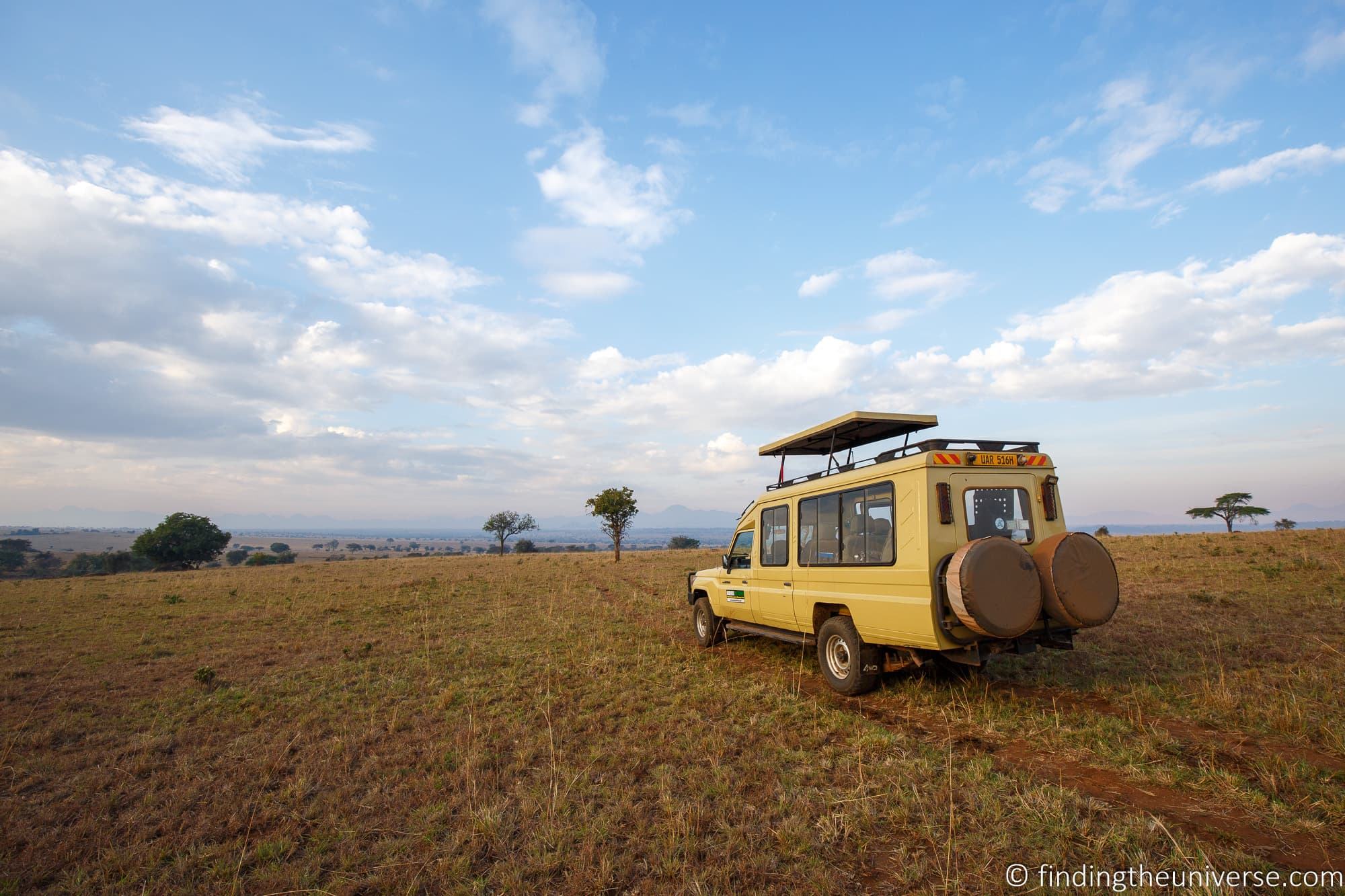
What activities will you be doing on your safari trip?
Every safari is different, and it’s important that you pack according to what you will be doing.
For example, a safari where you are going to spend the majority of your time in a vehicle looking at wildlife in game reserves will probably pack a bit differently than someone going on a safari which includes gorilla trekking , long hikes, climbing a mountain, fishing, cycling, camping, or spending a lot of time birdwatching on foot in swampy areas.
So it is good to have an idea of those activities. How much time will be spent in vehicles, walking, hiking, boating, biking, etc.? Will you be spending any time in cities doing activities like visiting museums, shopping, visiting restaurants, etc. Will you be going to a beach or spending a bit of time in swimming pools?
You should have a full itinerary for your safari so you should know what to bring, and a good tour operator should also give some suggestions as to essential items to bring.
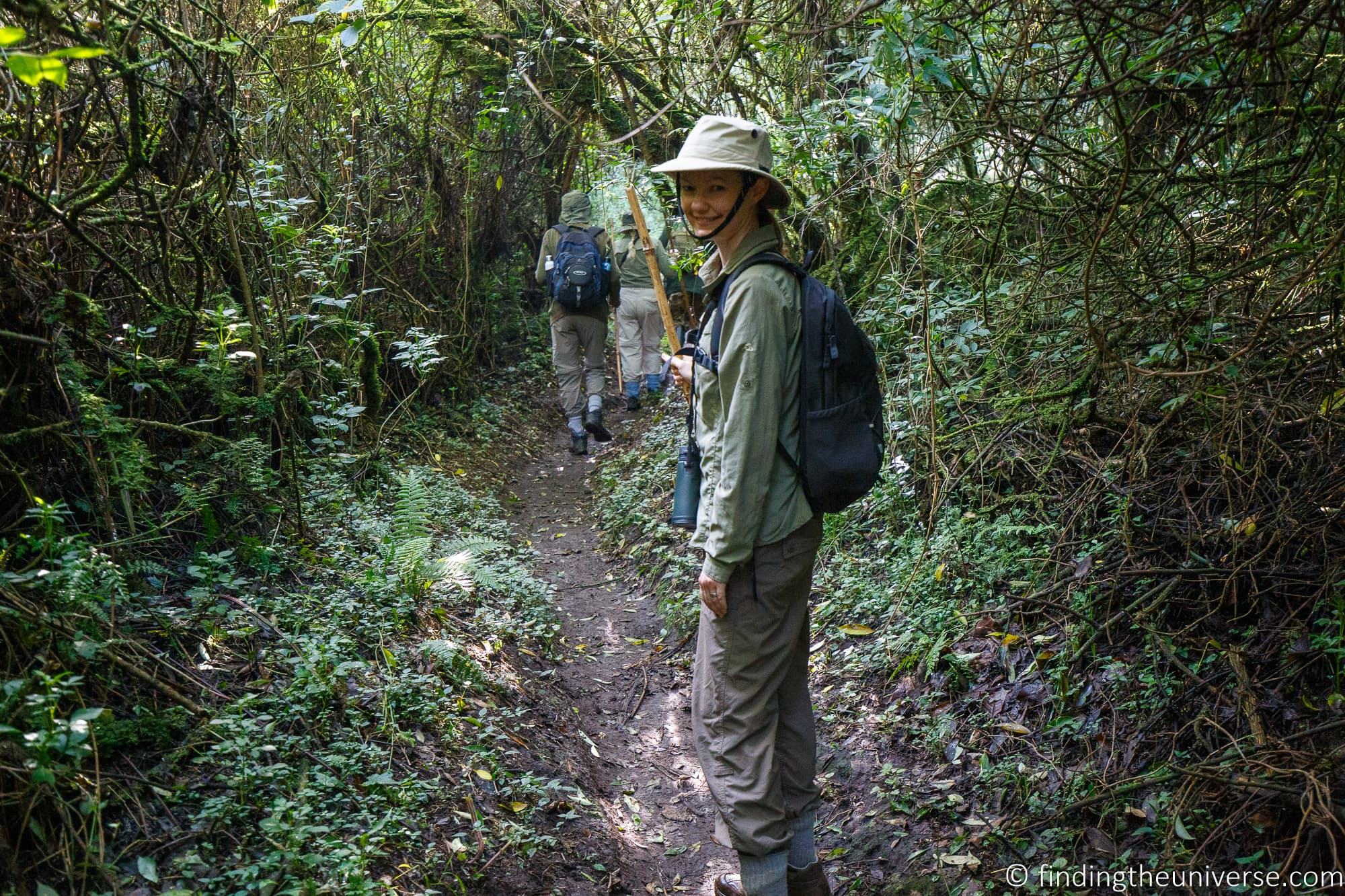
What sort of accommodation will you be staying in during your safari?
Safari accommodation varies wildly, from very simple budget camping options through to high end 5-star luxury lodges.
Whilst the majority of accommodation options that we have stayed at on safari have a fairly relaxed dress code, even at the luxury end, it is worth checking to see what the dress code is, if any. Sometimes evening attire might require a button up shirt for men for example or close toed shoes.
On the other end of the scale, if you are staying in a tent then you might need to consider things like shower shoes or nightwear that is suitable for midnight bathroom breaks at shared toilet blocks.
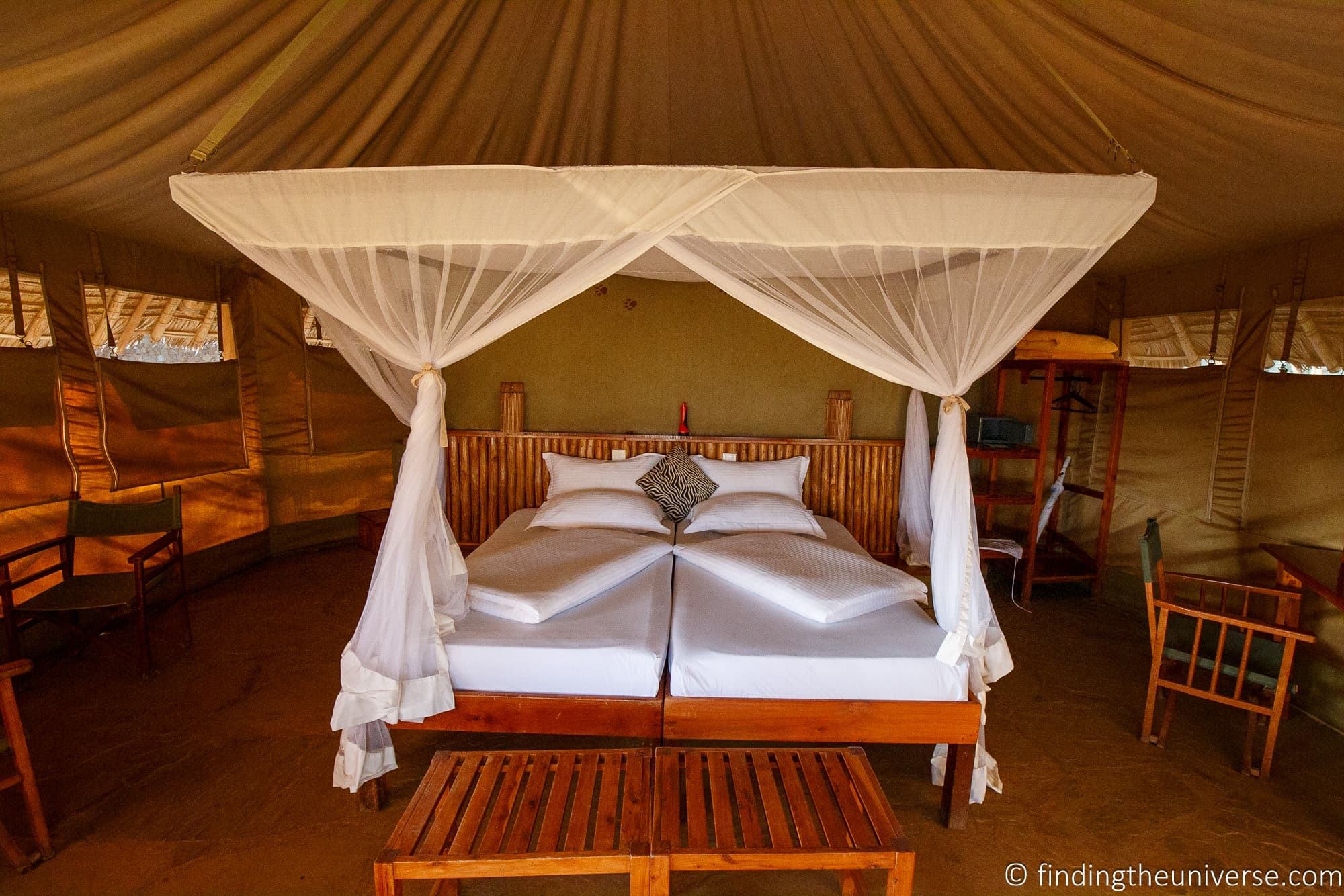
General Tips when Packing for Safari
Before we go through the packing list, we wanted to share some tips to help you pick what to bring with you on safari.
Clothing Color for Safari
Perhaps one of the more important things to consider when packing for safari is the color of the clothes you bring with you.
Generally, brown and green colors, or variants thereof, are regarded as the best. They generally blend into the surroundings, and have the bonus that they don’t show dirt quite as well, which is a benefit on dusty drives.
Bright primary colors are discouraged as they make you stand out more.
Blue, dark purple, and black colors should also be avoided. These colors are known to attract Tsetse flies, which have a very nasty bite and which can carry disease.
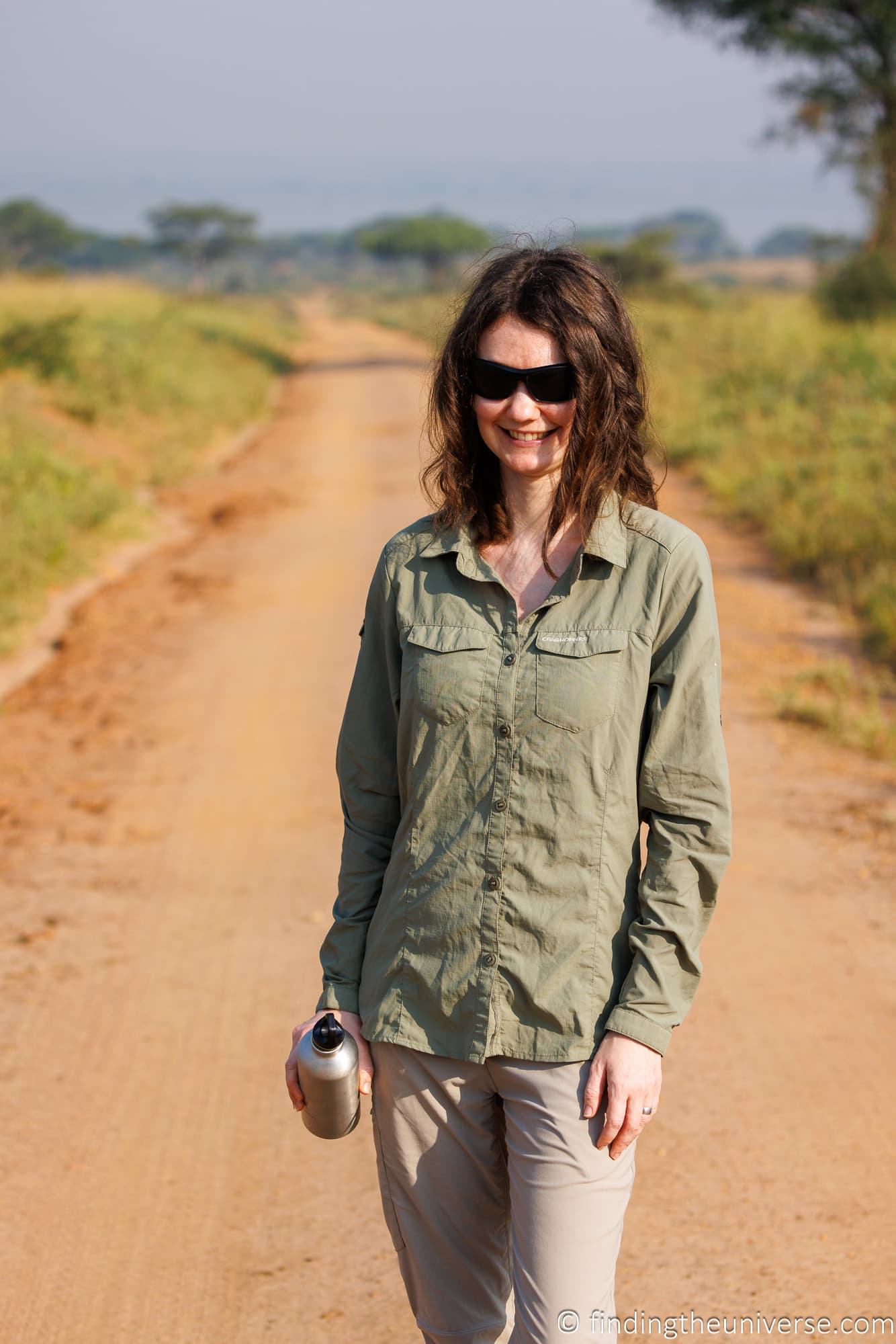
How Easy is it to Wash?
When putting your clothing list together, especially on a trip longer than a week or so, you will want to think about how easy each item of clothing is to wash. You might also want to consider how long it might take to dry.
A safari can be both a dusty and sweaty environment, meaning that unless you want to carry a lot of clothes, you will have to plan to do some laundry as you go on a longer trip. Most lodges will likely offer laundry, or you can do your own hand laundry easily enough.
With this in mind, high-end clothing which requires dry-cleaning or a careful delicate cycle might be best left at home if you don’t want it ruined. We’d suggest sticking to clothes that wash easily in hot or cold water, and which air-dry quickly (the majority of locations we’ve visited do not have electric driers).
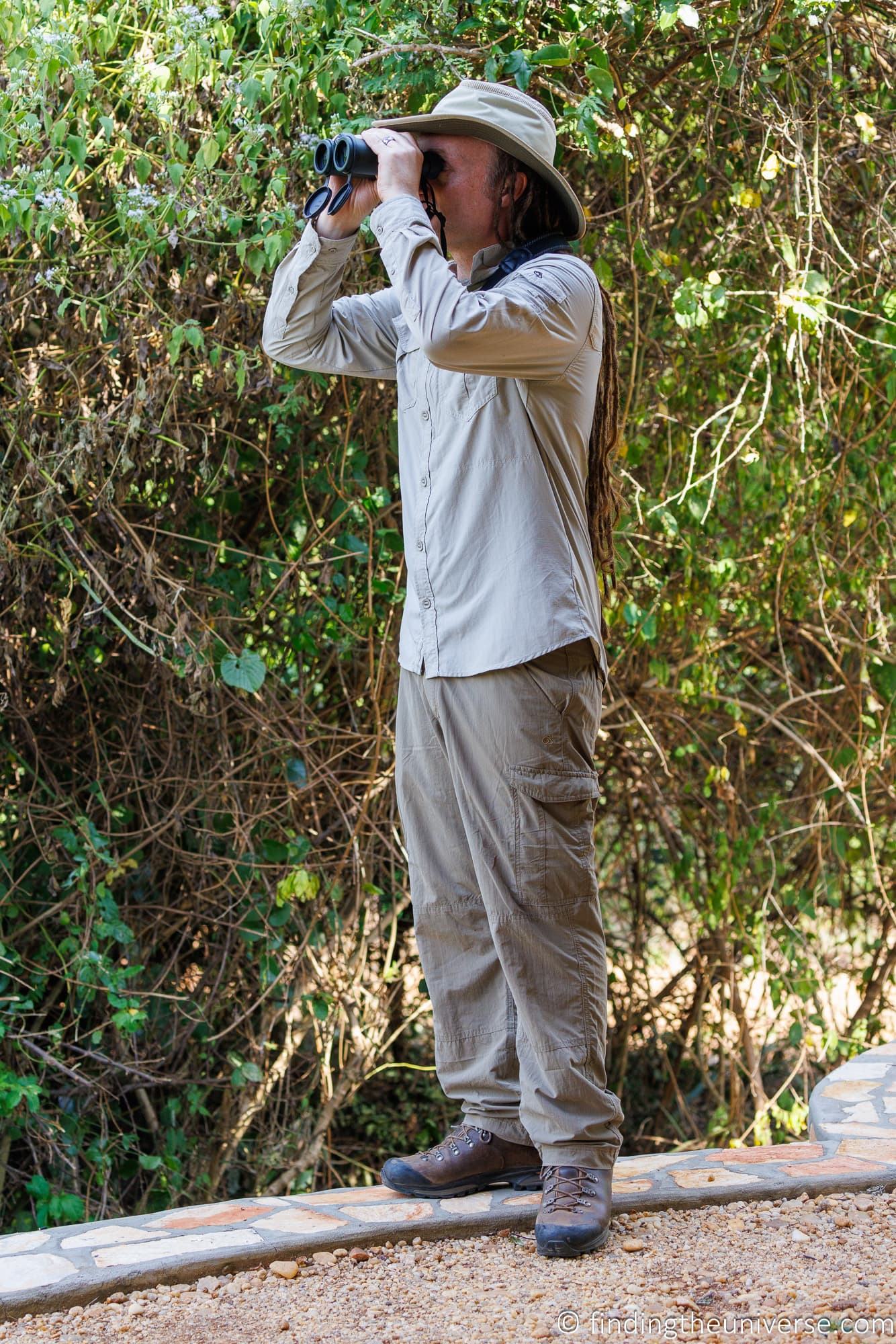
Versatility
When it comes to choosing clothing and putting outfits together, we’d suggest giving priority to clothing that can be worn in multiple situations or in multiple outfits, to avoid having to bring too much clothing.
So a top that works as well on a safari as at an evening meal would definitely be a better choice if possible, compared to bringing multiple options for different occasions.
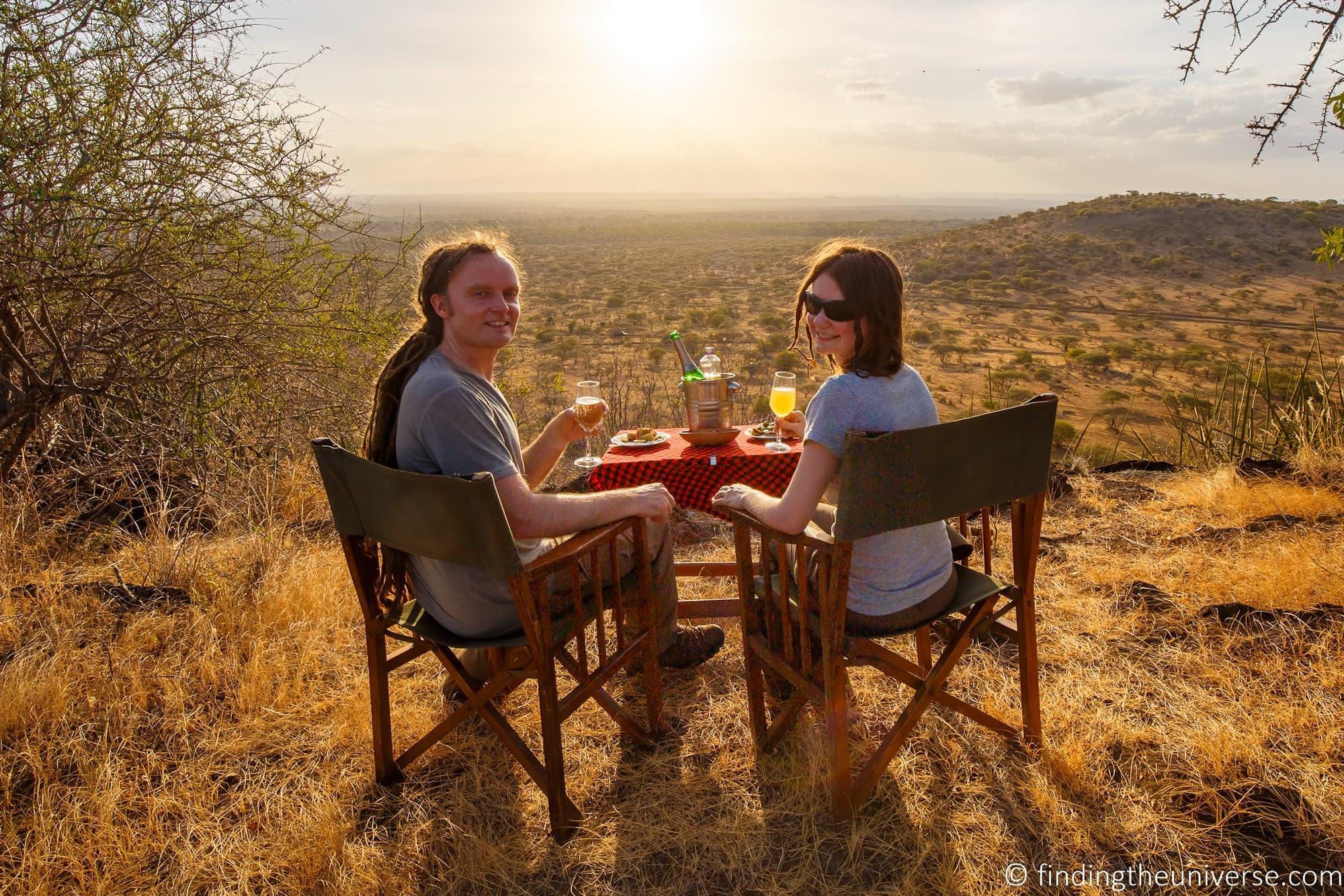
Safari Packing List
We’ll now go through a guide to what we think are essentials for safari, which is based on multiple safaris we have taken, some of which have been over quite prolonged multi-week trips.
Of course, there is no definitive list, and you should adjust this list based on what you feel you need to take with you. But this should give you a good starting point.
Shirts for Safari
Wherever you are going on safari, and whatever the weather, you will need a number of shirts or tops. We usually travel with a number of layers, because even in hot countries our experience is that it can be cooler at night.
So for us, we normally pack a bunch of t-shirts, some long sleeve button-up safari style shirts, and a couple of fleece outer layers.
For t-shirts, we prefer these made of wicking material, which is cool and fast drying. So something like this for Laurence and these for Jess . We also travel with a few cotton t-shirts as well, but note that these tend to hold sweat and not dry as fast.
Next, we also like to travel with button-up shirts that are specifically designed for safari, and for that we like the Craghoppers brand of clothing. We mostly wear long-sleeved ones as these protect against both the sun and insect bites.
Craghoppers make a whole range of clothes which are excellent for all sorts of outdoor activities, but we think they are particularly suited to safari. If you spend time on safari, you’ll likely recognize that this is probably the most common brand worn by more experienced travelers, especially those from Europe.
Their clothes are fast drying, very lightweight, durable, usually have multiple handy pockets, and many of them have built-in insect repellent as well!
For shirts, we both like the Craghoppers NosiLife shirts, available for men here and for women here . We’ve worn them on safari all across East Africa and they have proven to be very capable items of clothing.
Unfortunately, Craghoppers have stopped selling their products directly in the US, although you can usually find them on Amazon . If you are in the US, we’d highly recommend checking out Patagonia’s options as an alternative .
Of course, there are many more options out there, and you can see a range of moisture-wicking fast-drying button up shirts on Amazon here .
Finally, when it comes to general top layers, we usually also pack at least one warmer top which can go over everything else. This can be handy for those cooler early morning safaris or evenings in the camp, when temperatures can drop, especially if you are at higher elevations.
Generally, we prefer a top with a full zip down the front as it allows us to control our temperatures a bit more by zipping or unzipping the front, but this is a personal choice.
For tops, we love clothes from Patagonia . Their sustainable ethos and approach to rewearability is something we really appreciate, plus their clothing happens to be fantastic quality. It is definitely a little on the more expensive side, but it should last you a long time!
Jess in particular really likes her Patagonia full-zip better sweater , and there’s a men’s version as well . We’ve also had good experiences with the North Face range of fleeces, which is my current fleece, and you can see a full range of those here .
If you are on a budget, we have had good luck getting secondhand high quality fleeces and pullovers secondhand from thrift stores or online secondhand clothing websites.
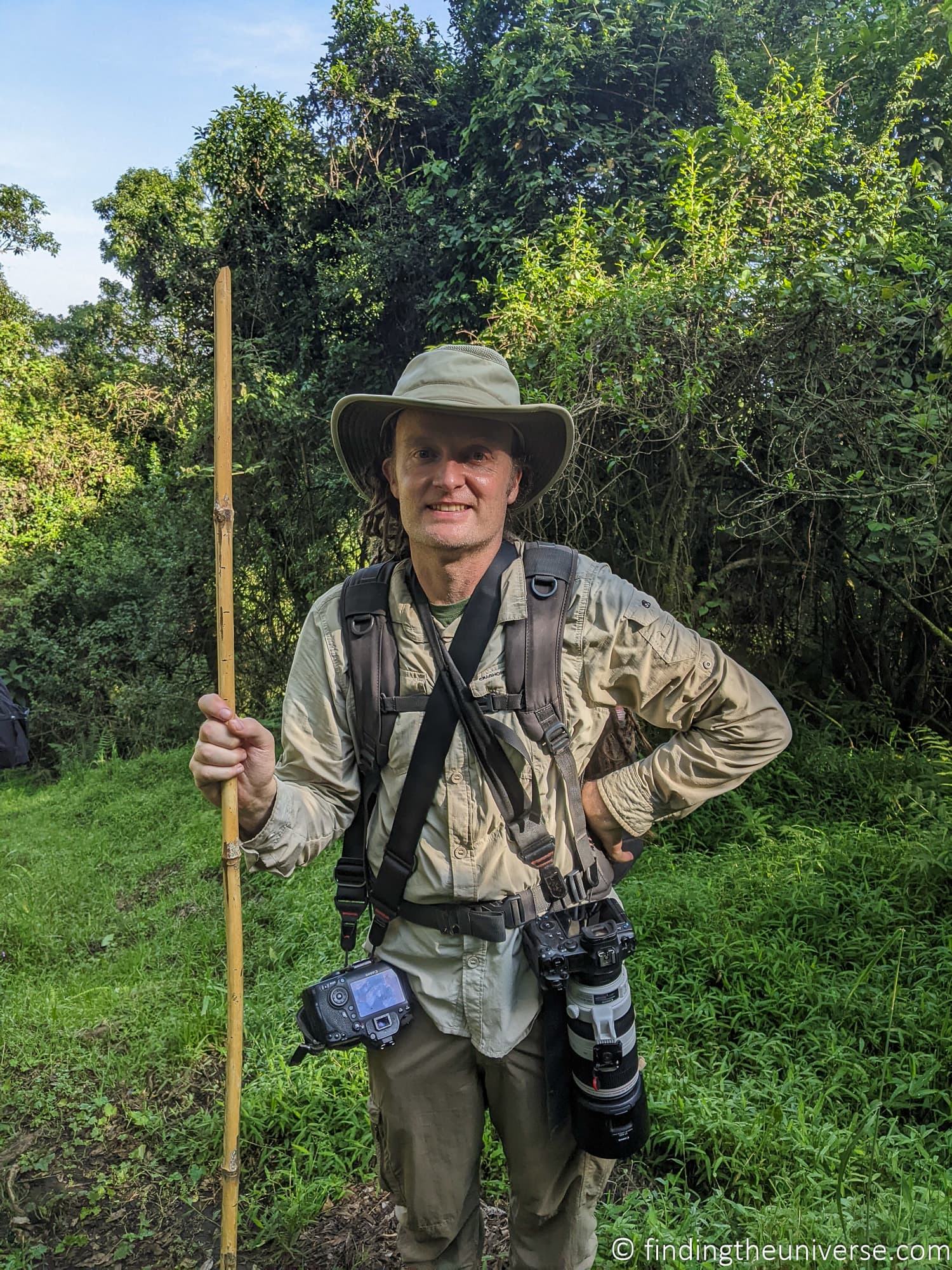
Trousers / Pants / Dresses for Safari
Generally we both prefer to wear long pants for safari, even on hotter days. We like lightweight hiking style pants that offer good sun protection, as well as some protection from biting insects and branches. Jeans generally are a bit too heavy and hot in our experience.
When it comes to specific brands, we again like Craghoppers for their range of pants. Their NosiLife technology helps keep biting insects away and they have a range of hiking pants with this technology built in. Their products are also very lightweight and fast drying.
When it comes to specific products that we have used, Laurence likes more baggy cargo style trousers , whilst Jess prefers slightly more fitted pants .
Again, there are multiple brands offering high quality pants, including these options from Patagonia , and this extensive selection on Amazon .
Jess also likes to travel with some easy wear lightweight dresses which are good for wearing in the evening for dinner and non-safari days.
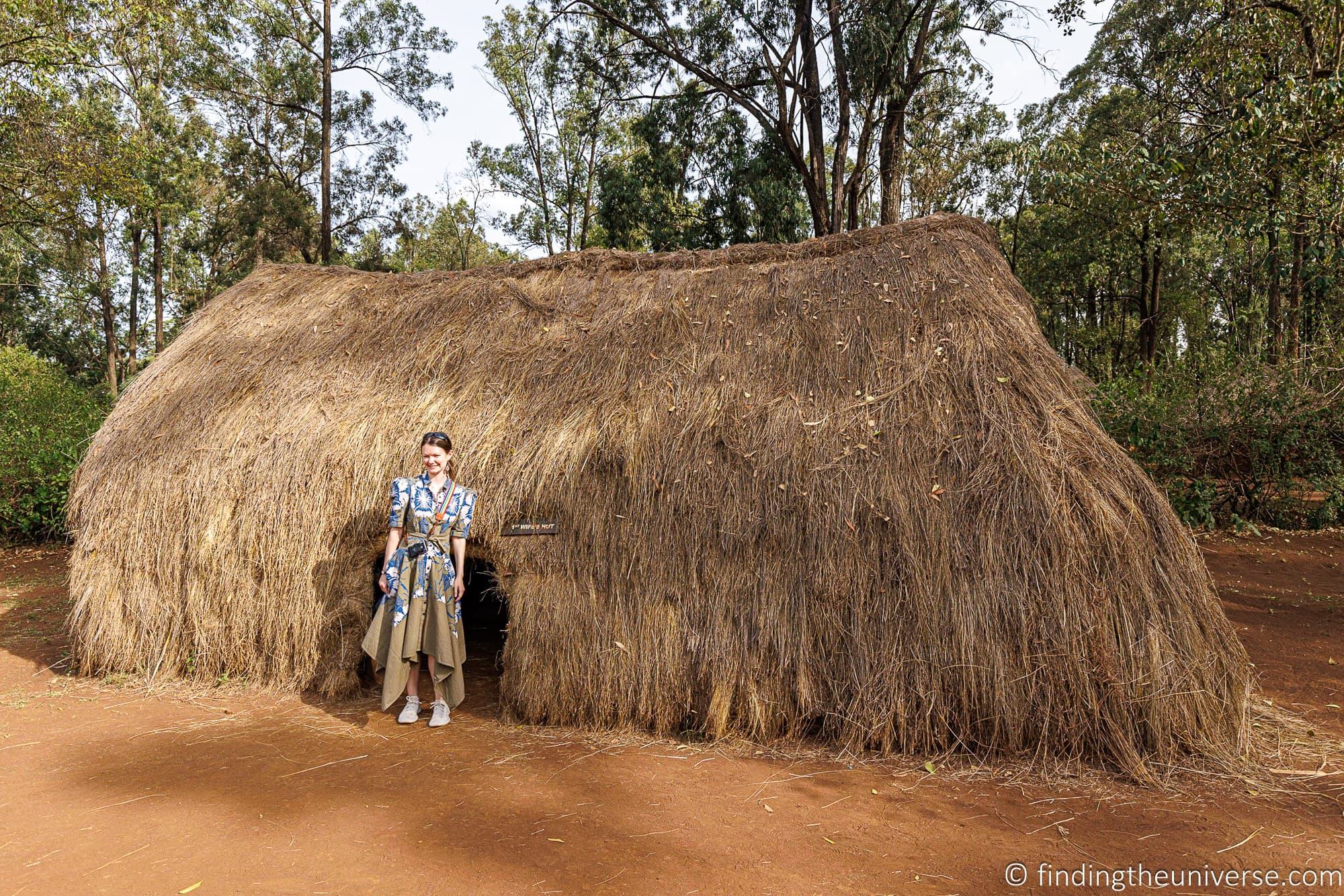
Shoes for Safari
Choosing the right footwear for safari will of course depend on the kind of activities you are going to be doing.
If you will be doing any hiking, including game walks, chimpanzee trekking or gorilla trekking , then we highly recommend a good pair of waterproof hiking boots.
We both have a pair of Scarpa hiking boots , Laurence has these ones and Jess has these .
Of course, there are lot of other great brands . We’ve had various pairs, Jess in particular liked her Merrell hiking boots and she hiked Mt. Kilimanjaro in those.
If your trip doesn’t involve a lot of hiking, then you can probably skip proper hiking boots. They are quite heavy and take up a fair bit of space, so will save you some luggage space if not required.
We just recommend you bring one good pair of comfortable closed-toed shoes. A pair of lightweight flip flops or sandals is also likely a good idea if you plan to spend time relaxing at the pool, resort, or going to the beach.
For more tips on shoes for travel, see our guide to the best travel shoes for men , and the best travel shoes for women .
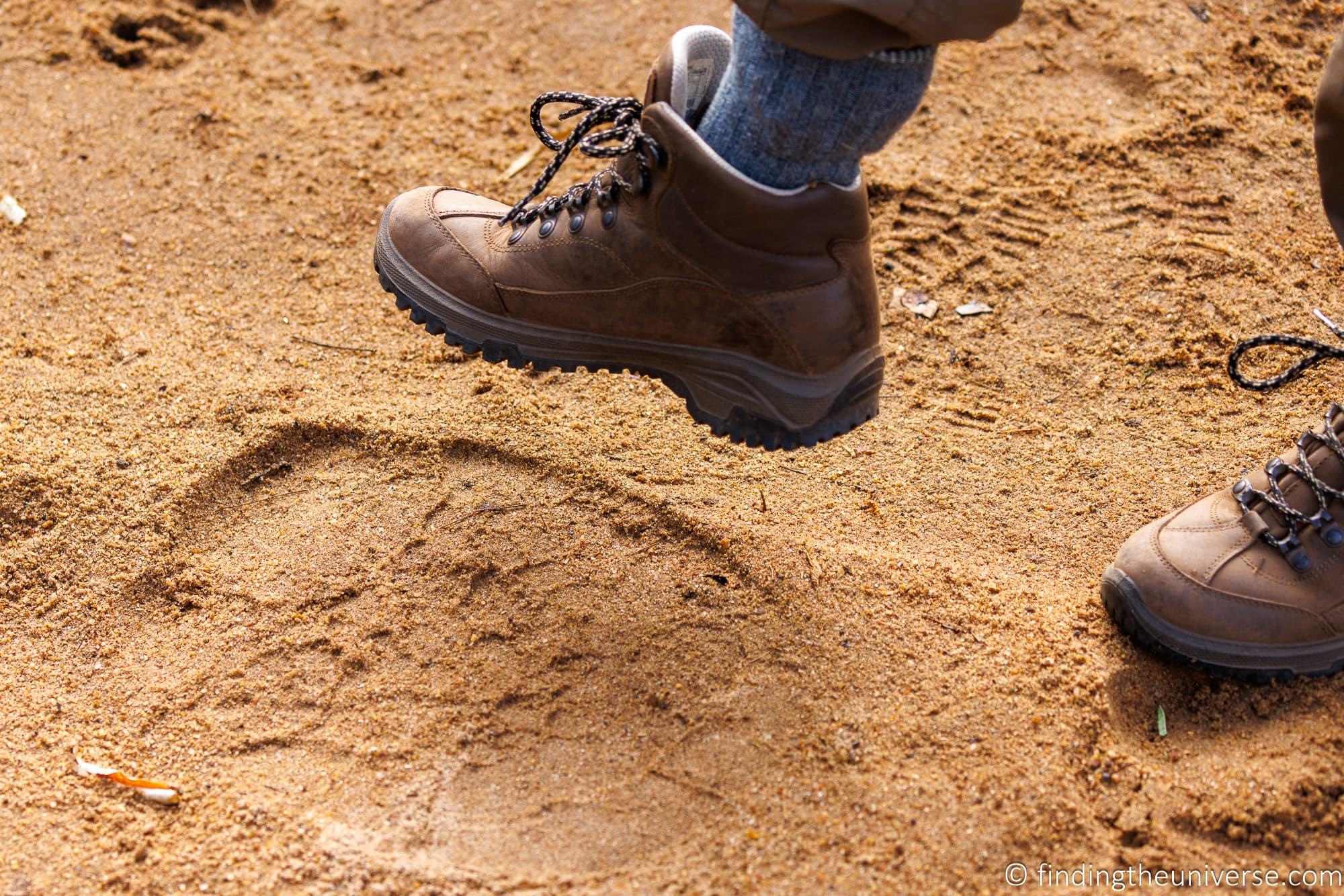
Hats for Safari
Many safari destinations tend to be quite hot and sunny, and you’re going to be spending a lot of time outdoors. So a good hat is going to be essential for your trip. You just want to make sure that the hat you choose has a wide enough brim to shade your entire face. Some may also want one with a neck flap.
We personally love our Tilley hats . They are well constructed, easy to pack, lightweight, machine washable, and come with a very solid guarantee. For safari, we’d recommend the LTM6 Airflo hat , which is what Laurence uses, or for even more cooling, the LTM8 Airflo hat .
We have also had other hats of course. In addition to a Tilley Airflo hat, Jess also has a hat with a foldable neck flap like this one , which keeps the sun off her neck as well as her head. My parents both took hats with sunflaps with them on safari to be able to protect their necks. So that is also a great option.
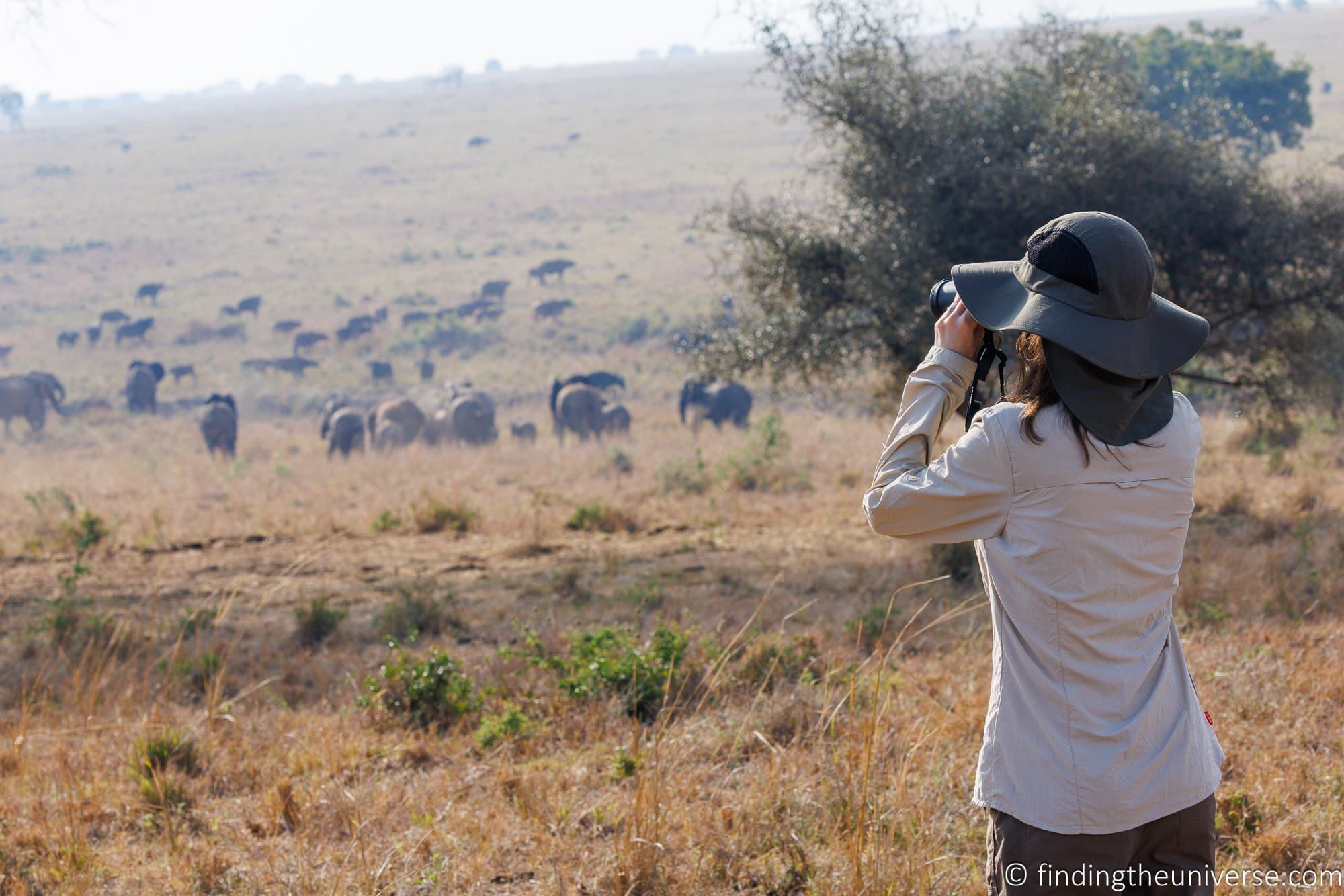
Swimwear for Safari
Whilst you are unlikely to be going for a swim whilst out on safari, what with the risk of crocodiles and hippos, that doesn’t mean you should leave your swimwear at home.
Many safari lodges and camps have absolutely wonderful pool areas, and if you have downtime between game drives on a hot day, then a dip in the pool can be a wonderful way to relax and cool down. Many safaris might also include some relaxation time on a beach or island.
We always pack swimwear when we go on safari for just this reason, and we’ve had some lovely swimming experiences as a result.
You can search for swimwear for men on Amazon here , and for women here .
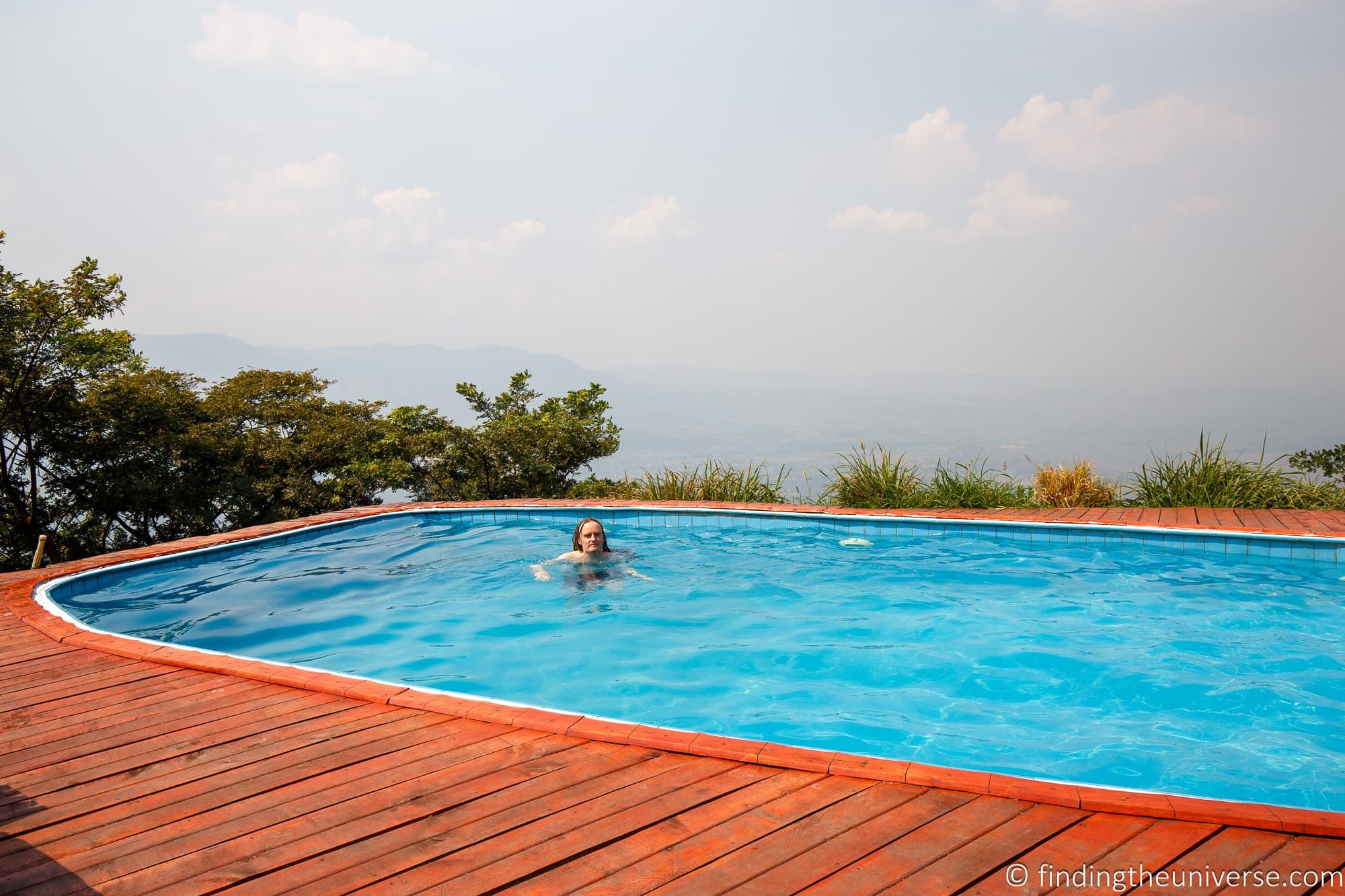
Socks and Underwear for Safari
This one will be a brief entry. Obviously, you’re going to need undergarments and socks for safari!
Our main tips are to be sure to pack enough to last either your trip (if a week or less) or the longest stretch of your trip you plan to go without doing laundry. Ideally pick lightweight and quick-drying underwear and socks that can be easily washed on the go. We tended to handwash these types of items every 4-5 days so we never ran out of them.
If you are looking for a brand, ExOfficio (nylon) or Smartwool (merino wool) are a couple of brands you might check out for travel-friendly quick-drying undergarments.
If hiking or planning to do a lot of walking, be sure to bring good quality hiking socks along. You want good socks that will provide a bit of cushion, wick away moisture, and help prevent blisters. A few brands we like are Smartwool , Darn Tough , and Farm to Feet .
Also, for women, it is a good idea to bring along a supportive sports bra or two. Jess says these are a must-have for bumpy roads and climbing.
Raingear for Safari
Whatever time of year you are planning on going on safari, and whatever activities you will be doing, we still recommend packing some sort of raingear just in case.
This might be a lightweight breathable rain jacket that you can wear over your clothes, or a pack away rain poncho . Just make sure whatever you bring has a hood.
We always travel with rain protection of some kind, just in case.
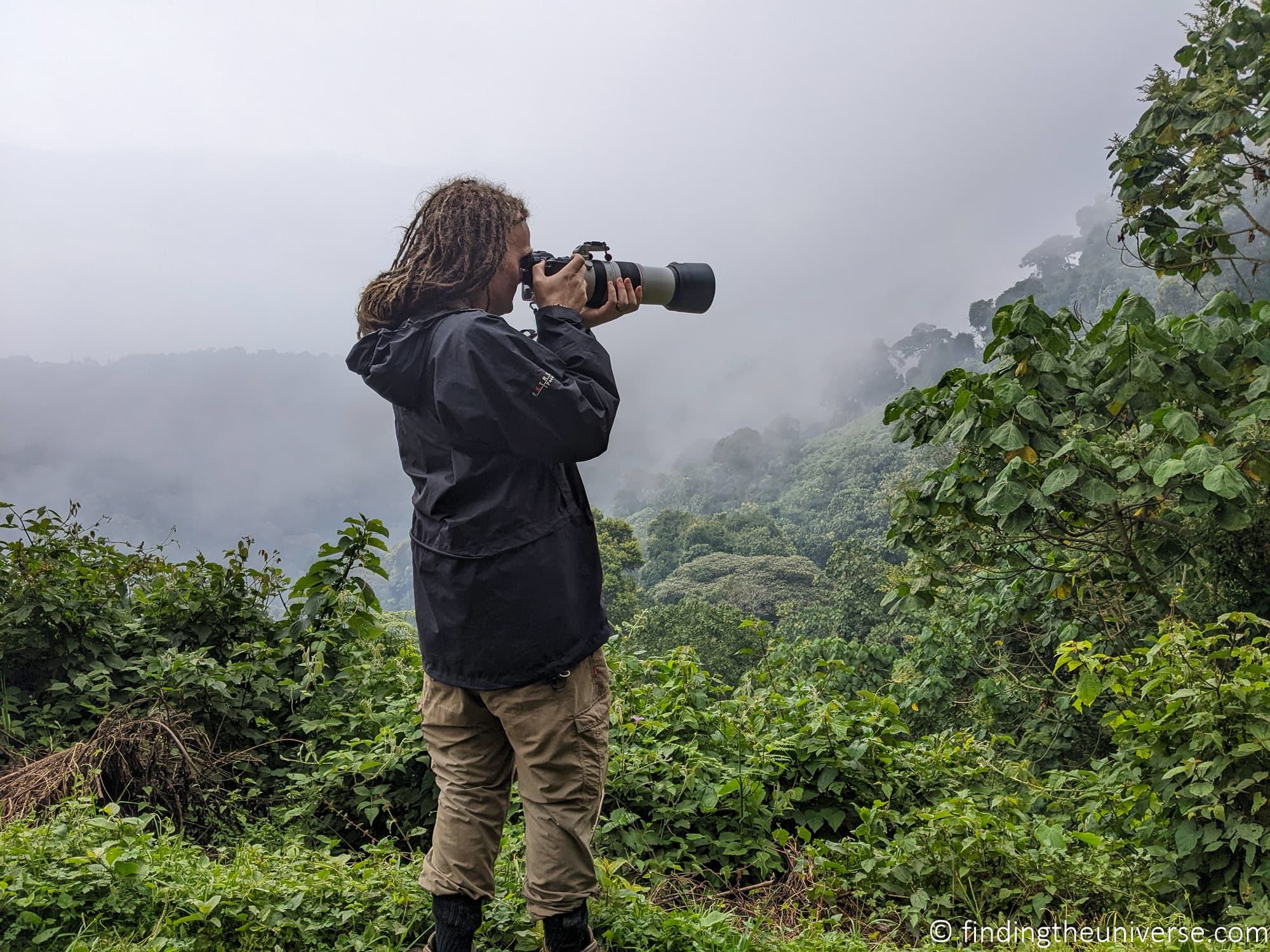
Camera Gear for Safari
I’ve already written a very comprehensive guide to the best camera for safari , as well as the best bean bag for safari , so I would definitely recommend reading those if you want to get some great images on your trip.
In summary though, if you want to get great images of wildlife, you will need a couple of things. First, a camera with a good zoom lens. Second, a bean bag to stabilize your gear.
When it comes to specific camera suggestions, many folks find that a bridge camera like the Sony RX10 IV is a good option. At the higher end of the budget and size spectrum, you’ll want a high end dedicated mirrorless camera with at least a 400mm zoom lens.
A camera can be a huge investment, so we also suggest renting as an option to consider. A company like Lens Rentals will allow you to rent a lens and a camera body at a much lower cost than buying it outright.
They also give you the option to purchase the gear rather than return it, so if you love the experience then you can invest having tested the gear out.
If you decide to rent through Lens Rentals , you can save 15% on any rental by using our discount code, LAURENCE15. Just enter it at checkout.
We also highly recommend a photography bean bag if you will mainly be shooting from inside vehicle. We use these extensively on safari trips, and they are really an invaluable item.
We have a guide to some of the best safari photography bean bags here , but recommend checking out either the Kinesis SafariSack 4.2 or LensCoat LensSack Pro Jr as a starting point. We also have more options and tips in our guide to general photography bean bags .
Finally, don’t forget a good camera bag to keep your gear safe, lots of spare batteries , memory cards , your chargers, and ideally a waterproof camera cover to protect your gear in case it rains.
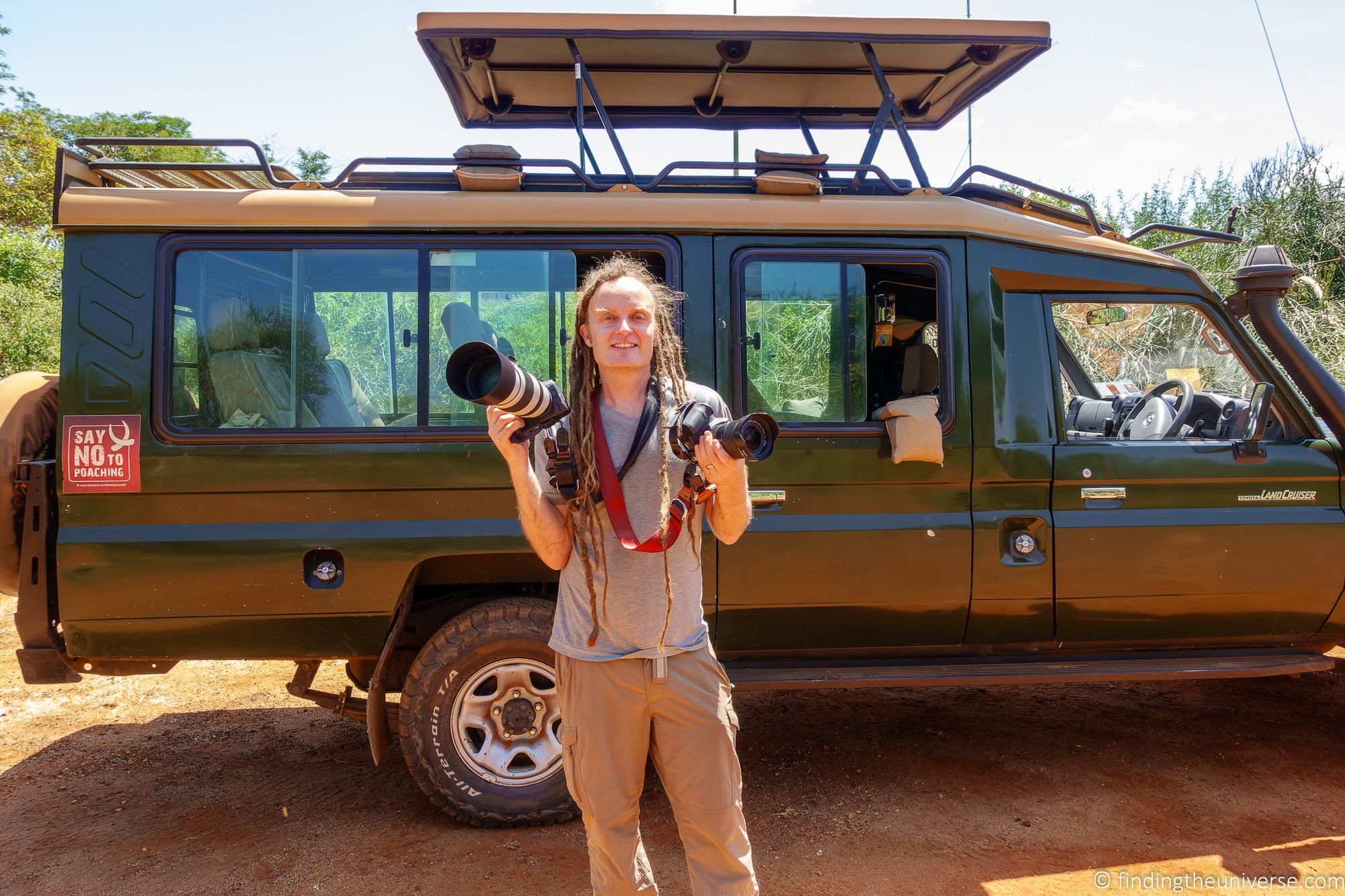
Binoculars for Safari
We can highly recommend taking a good pair of binoculars with you when on safari. Not every bird or animal is going to conveniently place itself within easy viewing range, and a pair of binoculars will let you get a much better view of the wildlife.
You don’t need to spend a massive amount to get a reasonable pair of binoculars, but we’d suggest setting a minimum budget of around $80 USD. Below this price point build and image quality will likely suffer.
We’d suggest looking for a pair with around an 8x to 10x magnification.
Some recommended options include:
- Vanguard Vesta 8×25 . a great entry level option if don’t want to spend a fortune. They are very light and offer both waterproofing and fogproofing. These are a great value option, plus you can save 20% on the price by using our exclusive discount code FindingTheUniverse at checkout on the Vanguard store.
- Celestron Nature DX 8×42 . This is a well-regarded and popular budget option. Fog and waterproof with a tough construction.
- Vanguard VEO HD2 8×42 binoculars – an excellent, well priced and still reasonably compact pair of binoculars featuring extra low dispersion glass carbon-composite construction, waterproofing and fogproofing. We use a pair like this.
- Nikon 8×42 Monarch M5 – lightweight, durable, waterproof and fogproof. Nikon make quite a few binoculars, and these are a popular mid-range option.
- Swarokvski 8.5×42 – we had a pair of Swarovski binoculars loaned to us for several months, and they are magnificent, with wonderful bright and sharp images. This pair offers excellent performance, but are definitely at the premium end of the price spectrum!
As you can see, there’s no shortage of choice across a range of price points. If you are interested in bird watching on safari, or getting into birding, see our beginners’ guide to birdwatching for some tips.
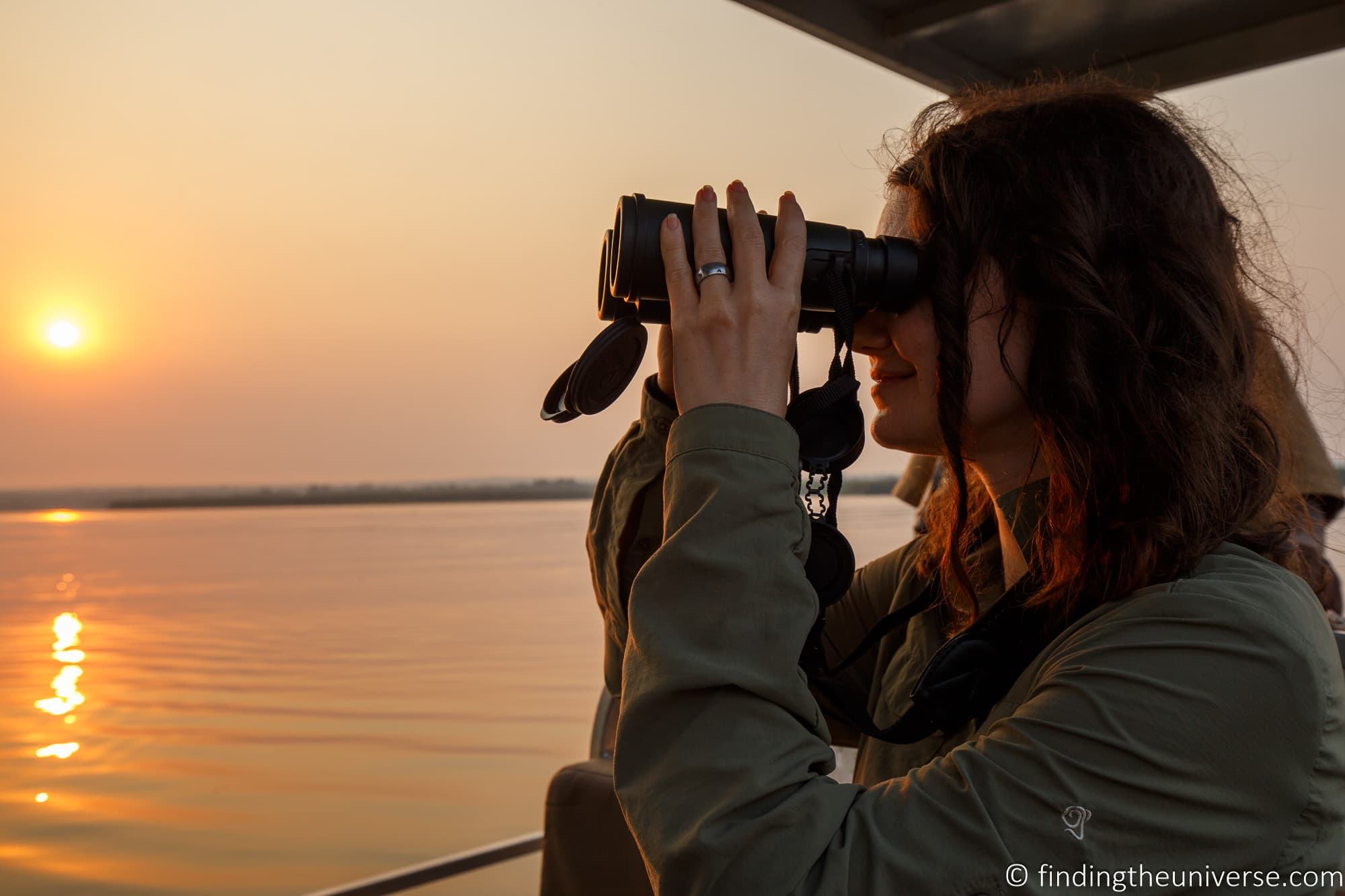
Electronics for Safari
You don’t really need a lot of electronics for safari, however there are a few things you might find useful.
First, a USB battery pack . These will let you charge your phone on the go, as well as any other device that uses USB.
Whilst the majority of accommodation options we’ve stayed at on safari have had had power, even the most remote, this isn’t always guaranteed. So a USB battery pack is a great fallback option.
The second thing we recommend, if your camera has removable batteries, is to see if you can get a USB powered battery charger for it.
This is because sometimes, more remote lodges don’t have regular plug sockets. However, they do often have USB outputs. While some cameras support direct charging by USB, this is by no means the standard.
We personally travel with a USB charger which is compatible with our DSLR and mirrorless Canon cameras, which both use the same type of battery. You will need to search for a USB battery charger that is compatible with the batteries your camera uses.
You can see some examples for a range of brands on Amazon here .
Insect Repellent for Safari
One slightly less exciting aspect of safari is the potential for biting insects. Mosquitoes are the obvious one, but there are a range of other insects that can bite you.
Ideally, you want to avoid being bitten if you can help it. Many insects carry various diseases, including malaria, yellow fever, dengue fever, and so on. Whilst you can take medication or vaccines to help prevent some of these diseases like malaria (definitely recommend considering taking antimalarials), prevention is also a really important step.
With this in mind, a good insect repellent like this is a must for safari. Most experts recommend products with DEET in, which are generally regarded as the most effective against most biting insects, including mosquitoes. However, there are also some DEET free options out there for those who want to avoid it, just note they may not be as effective.
Also for those planning to do much trekking, hiking, or walking, depending on your destination, you will also want to think more about crawling insects like safari ants, leeches, stinging caterpillars, ticks, etc. Generally insect repellent along with long sleeves, long pants, and pulling hiking socks up over your pants are fine to avoid these for most people.
Those going to wetter areas and jungles might also want to consider leech socks or gaiters for those going into wetter areas like jungles where leeches are common.
We own these leech socks and they work great, but they are probably overkill for most people on safari trips. But if you have gaiters for hiking anyway to keep out dirt and stones, these can generally also work to help guard against leeches and ticks.
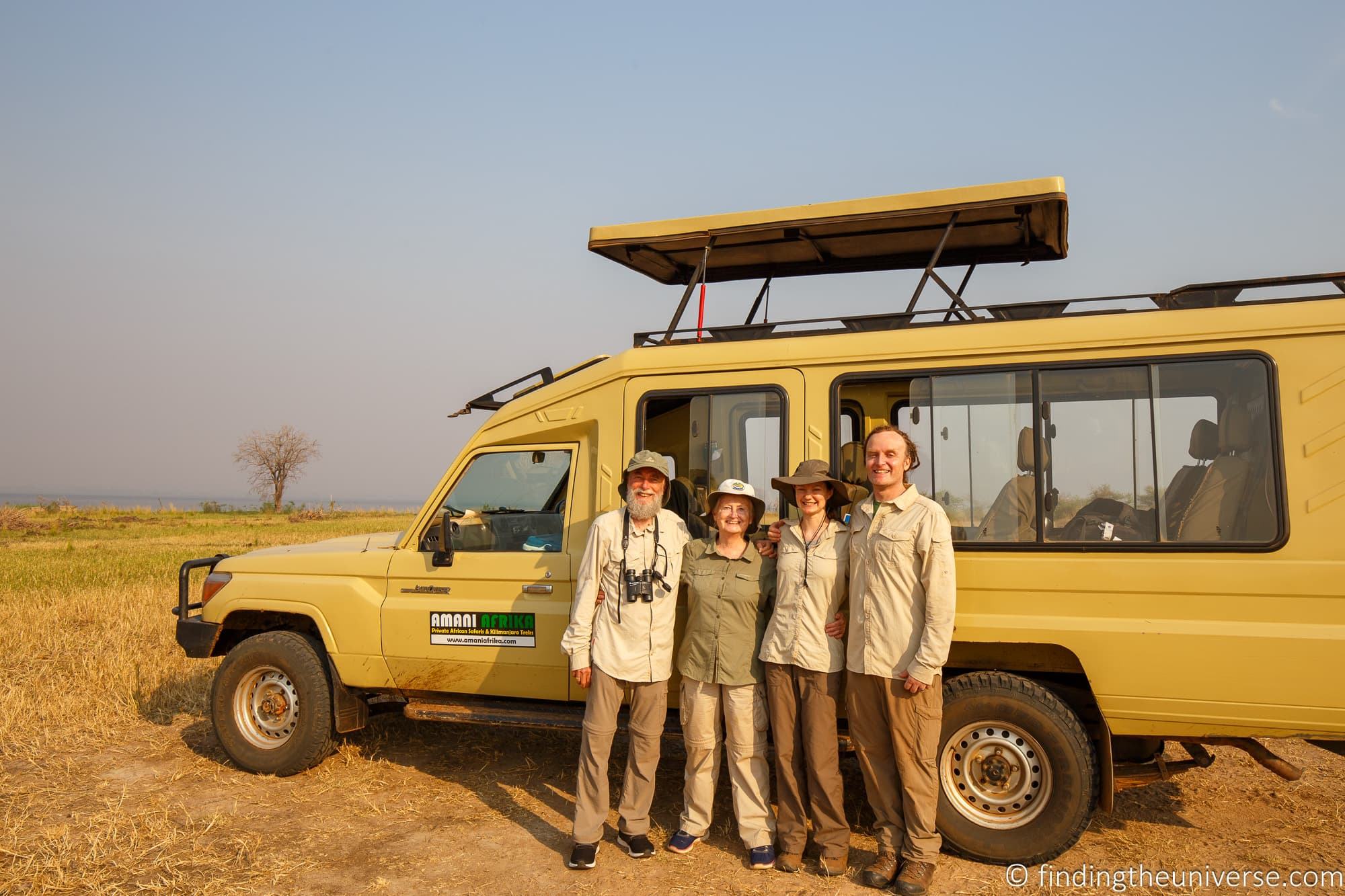
Toiletries / Medicines for Safari
You will want to bring a range of toiletries and medicines with you, some of which should be fairly obvious, and some which may be less obvious.
Falling into the latter camp, we always travel with and recommend rehydration salts . Dehydration is no joke, and drinking plenty of water is really important. However, as you sweat you can lose salt, and rehydration salts can help replace what you lose.
It’s also important to remember that you may be in some pretty remote places and it is good to be prepared to be able to tend to minor health issues such as cuts, scrapes, blisters, bug bites, headache, common stomach complaints, etc.
Here’s a quick list of things to think about packing in your toiletry / medicine kit for safari:
- High SPF (30+) sun cream or sunscreen
- Lip-balm with SPF
- Rehydration salts
- Basic meds like pain relievers, anti-diarrheal tablets , and antacids
- Mini first aid kit with bandages, blister covers, antiseptic wipes, etc.
- Toothpaste / toothbrush
- Sanitary items (in our experience tampons are not always available in country, depending on where you are going)
- Anti-malarial / other required medication
- Razor / spare blades
- Ear plugs / eye mask
- Hand sanitizer
- Moisturizer / lotion
Of course, your list may vary somewhat but we think the above should be a good starting point.
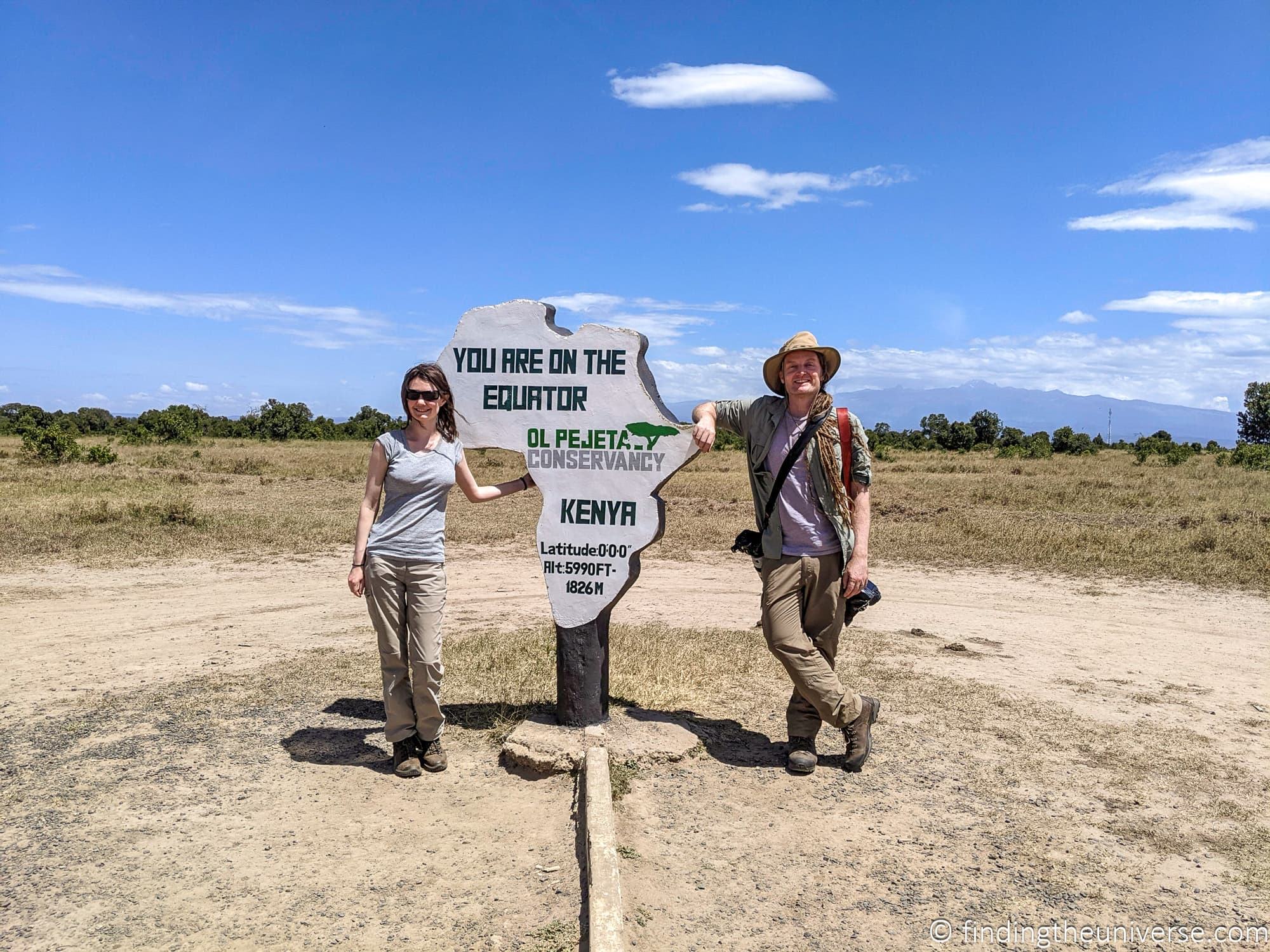
Laundry on Safari
Depending on how long your safari trip is, it’s possible that you might need to do a little laundry as you travel. We’ve done a couple of five-week safari trips, and we had to do laundry a few times on both of those trips.
Whilst many lodges and hotels will do your laundry for you if you stay more than 1 night, you can also normally just handwash a few items yourself, which is what we often end up doing. In hot countries it can often dry in an afternoon.
The main things you will need are going to be some form of travel wash, a sink stopper, and a portable clothesline to hang your clothes.
For laundry wash in a travel sized bottle or tube we like the Dr. Beckmanns travel wash , Sink Suds , or the Sea to Summit Wash , all of which we have used to do laundry whilst traveling all around the world. Or just put your favorite liquid laundry detergent in a reusable plastic or silicone bottle and pack it along.
For a clothesline, there are lots of portable clotheslines on Amazon . We particularly like this one as it packs away small and you don’t need to pack pegs. For a sink stopper, Jess has been using this one for over 10 years.
For more tips on laundry, see our complete guide to laundry when you travel .
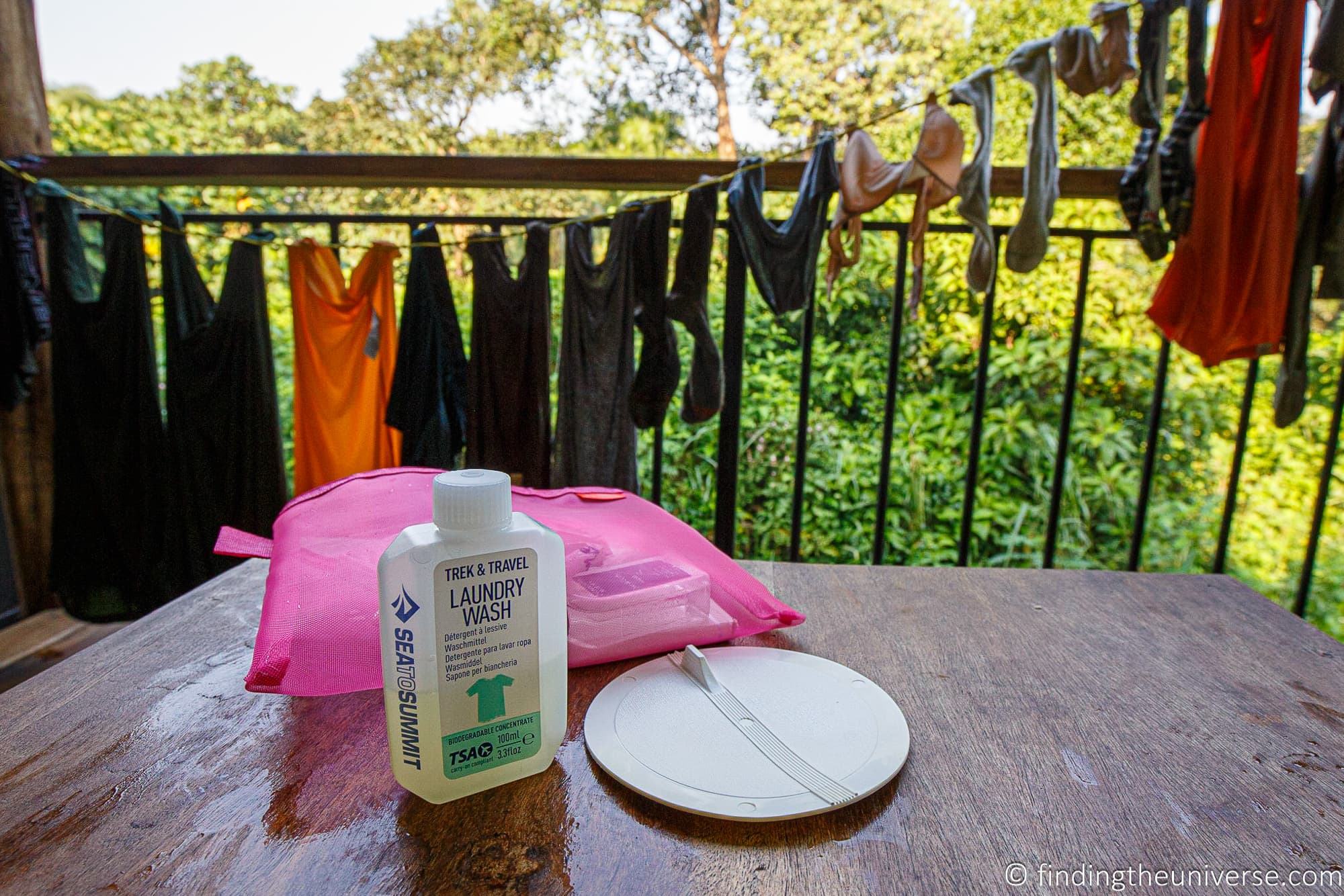
Luggage for Safari
When it comes to choosing what to pack all your belongings into for your safari trip, a lot will come down to the type of trip you are taking, especially around the transport.
If you’re going to be using small planes for example, this will have a big impact, and you will like find a sturdy duffle travel bag like this might be the best option.
You might be wondering if wheeled luggage makes sense for safari. In our experience, the majority of accommodation options don’t really suit wheeled luggage as the ground is simply too rough. So whilst it will be nice at the airport, beyond that you’re likely going to have to carry the bag (or rely on the enthusiastic hotel staff).
However, if you already have wheeled luggage and won’t be taking small planes, then by all means don’t feel you need to purchase new bags. We’ve taken a number of safaris with hard sided wheeled luggage and it worked out great.
As well as larger luggage, we highly recommend bringing a small backpack or shoulder bag that you can use on a day-to-day basis. This can be used to carry things like your water bottle, battery charger, guide books, suncream and insect repellent, for example.
We use a small Osprey day pack as well as a larger Vanguard camera bag for our camera gear on a day-to-day basis.
If you’re looking for a new bag anyway, we have no hesitation recommending Eagle Creek or Osprey specifically for safari.
For hard sided luggage with wheels, we use and can recommend Level8 or Delsey , both of which we have used on trips around the world including safaris (without domestic flights).
For camera gear, we use Vanguard for our camera bags, they offer a great mix of high quality and great value. Laurence has been a Vanguard ambassador since 2014 and is always happy to recommend their gear.
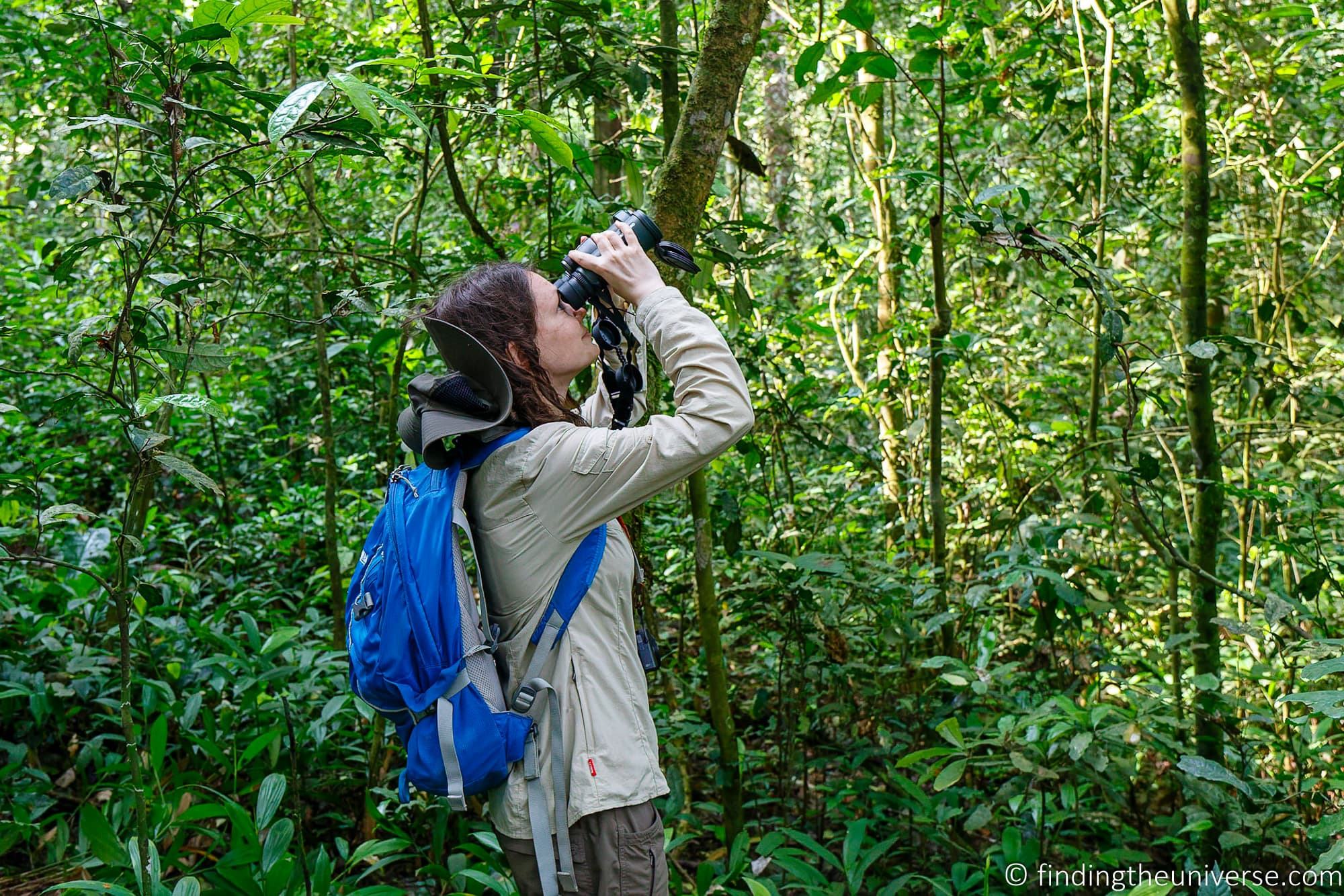
Books for Safari
When you go on safari you are going to be seeing a lot of new animals and birds.
Your guide will normally be very knowledgeable to help you identify what you are seeing, but it is also nice to be able to develop your own recognition skills.
We’d also often see birds or animals around our hotel when we were not with our guide and want to know what they were.
For this reason, we recommend bringing along a guidebook or two to the likely animals and birds you might see. Whilst your guide will probably have a giant and super comprehensive book, we suggest that a smaller book that covers the most common animals and birds will be more practical for packing.
We particularly like the Pocket Guide books, which we have used on various trips. For example, there’s the Pocket Guide to the Birds of East Africa , the Pocket Guide to the Mammals of East Africa , and the Pocket Guide to the Mammals of Southern Africa .
We have found that having a small reference guide can definitely make the safari experience a lot more fun and hands on, and well worth the small investment.
Reusable Water Bottle / Water Filter
You will definitely need to drink a lot of water on safari. Unfortunately, most safari destinations do not have safe drinking water, meaning you need to either drink bottled water, or figure out a way to purify it yourself.
We prefer the latter option as it means we can cut down on plastic waste. Depending on your safari operator, they may also purchase a large refillable water bottle that you can refill your own bottle from. Some hotels also filter their own water on site.
In either case, we highly recommend travelling with at least one refillable water bottle per person on your trip. Just make sure to get one with a lid that seals and doesn’t drip and one that will fit into a standard cup holder or can be placed in the back of a vehicle seat pouch.
For water bottles, we use and love the Klean Kanteen range , and they have a range of bottles to choose from. Jess uses the classic , whilst Laurence likes the wide mouth version .
If you decide to go down the route of filtering your own water, we recommend reading our guide to safe drinking water when travelling , as well as the best water filters for travel , which contain lots of useful advice and information to help you pick the right product for your trip.
If you have questions or want advice based on our experience, just ask in the comments section of this post or in either of those water related articles.
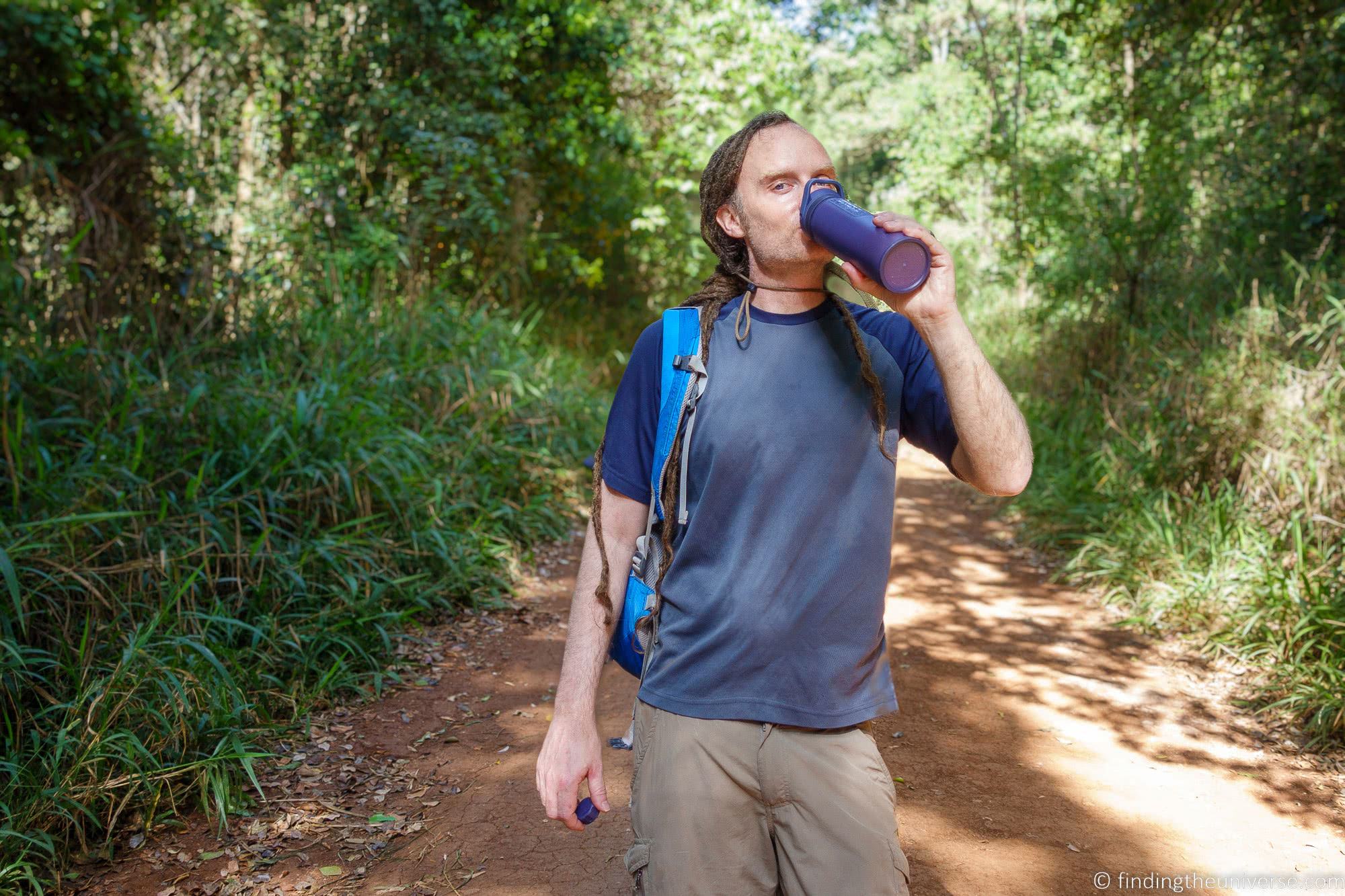
Entertainment Items
Whilst a safari is very entertaining in of itself, there will be periods of downtime, such as long drives between game reserves, flights, or afternoon and evening periods between game drives.
For these periods, you may want to bring some entertainment. We always like to travel with a pack of playing cards for example, as well as some books to read.
Many hotels and safari lodges will have a small book swap service, so you can often swap books as you go. A Kindle or similar eBook reader can also be a good investment if you read a lot.
Another thing we love to do when we travel is to keep a travel journal. On safari this can serve as a reminder of what we have seen and done each day, and it makes for a lovely keepsake.
See our guide to the best travel journals for some of our favourites.
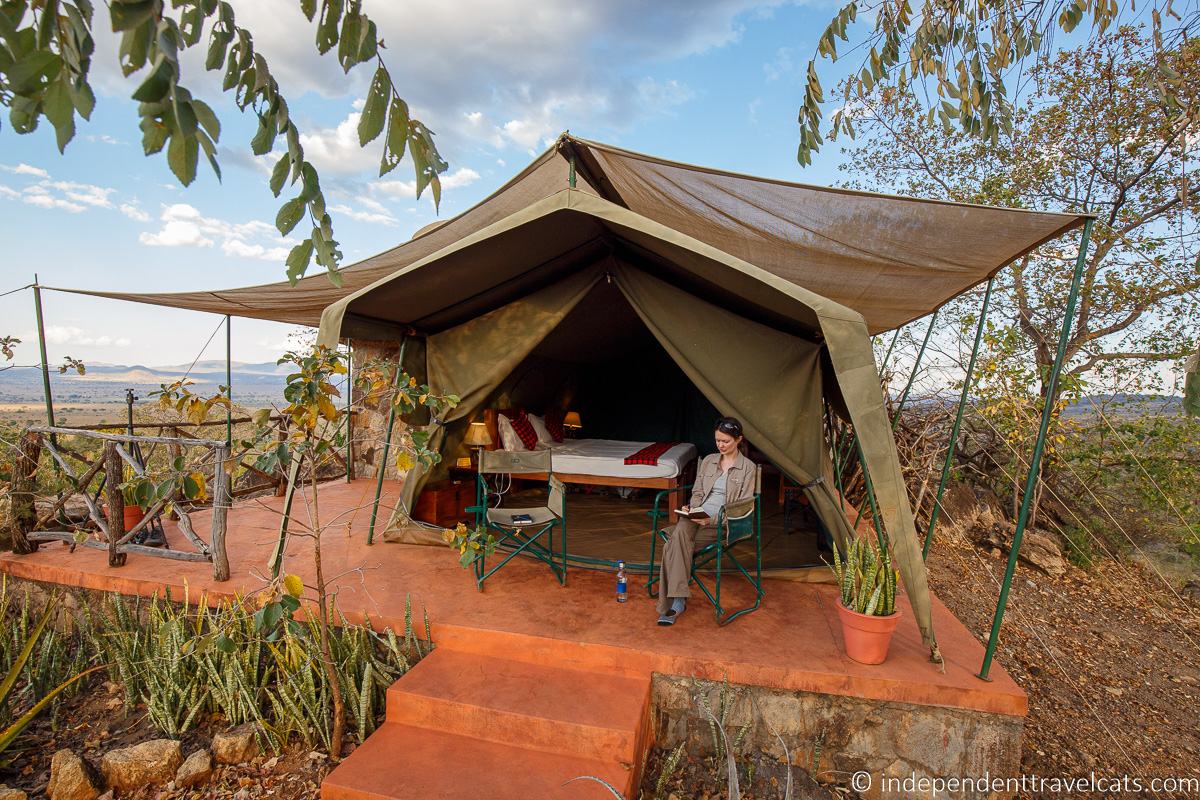
Safari Packing Checklist
Here’s a full safari packing checklist to help you remember what to bring on your trip for reference.
We’ve also created a handy shoppable safari packing list on Amazon which you can check out here for easy reference.
- T-shirts / tops
- Button down shirts
- Sweater / fleeces for layering
- Trousers / Pants / Shorts
- Comfortable walking shoes
- Hiking boots (if needed)
- Sandals (if needed)
- Nicer outfit for evening wear if required
- Wide-brimmed hat
- Raincoat or poncho
- Coat (if needed)
- Hat / gloves (if needed)
- Reusable water bottle / water filter
- Skincare items (cleansers/soap/creams etc.)
- Chapstick with SPF
- Sun cream / Sunscreen (SPF 30+)
- Insect repellent
- Basic Medications and first aid items (incl. anti-malarials and prescriptions)
- Hygiene Products
- Hair care items (shampoo/comb/hair ties, etc.)
- Razor / tweezers / nail clippers
- Eye mask / ear plugs
- Other __________________
- Camera and lenses
- Photography bean bag
- Memory cards
- Spare batteries / chargers
- Camera accessories
- Headphones / ear buds
- Portable power pack
- Travel adaptor
- Cables / chargers
- hiking day bag, duffel bag (if needed for porter), gaiters or leech socks / hiking poles / hiking clothing, reusable water bottle or hydration pack (like Camelbak), head lamp or flashlight, any camping gear like sleeping bag etc. (if not provided), Other
- Checked bag
- Carry-on bag
- Visa / proof of onward travel etc (if required)
- Vaccination records
- Jewelry / watch
- Laundry supplies
- Travel journal
- Mini sewing kit
- Reading materials
- Cards / games / puzzle books
- Other ___________________
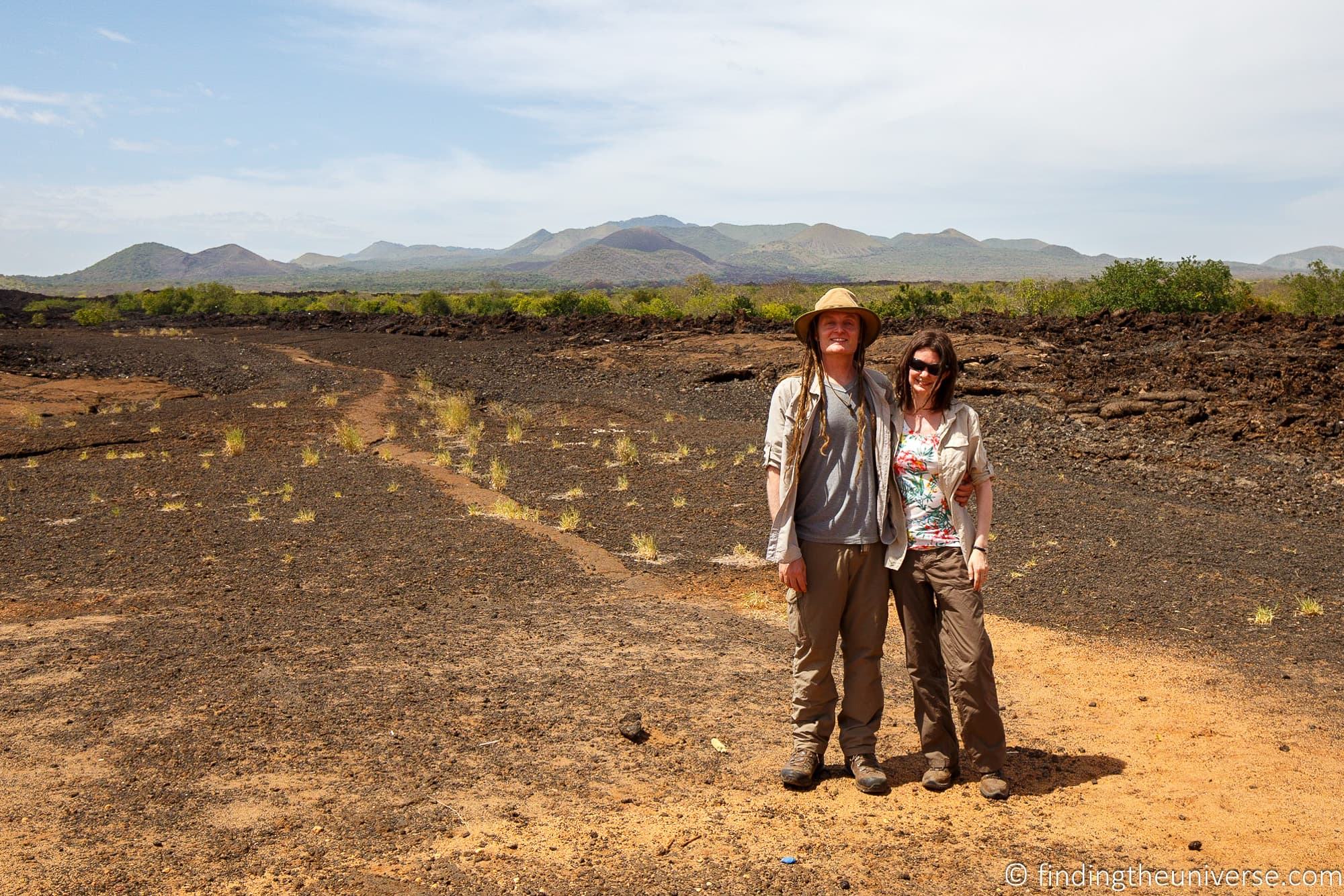
Further Reading
That’s it for our guide to what to pack on safari! We hope you found it useful. We do have some more content that we also think you might find handy when planning your safari.
- Our guide to getting better photos on safari , as well as choosing the best camera for safari
- We also have a guide to the best photography bean bags for safari
- If you are keen on seeing primates, we have a guide to gorilla trekking as well as a guide to chimpanzee trekking
- We have a guide to getting online when travelling , to help you stay connected on the go
- You’re going to need to power all your devices when you travel – see our guide to the best travel adapters so you can choose the right one for your trip
And that’s it! As always, we are happy to try to answer any questions you may have about planning your own safari. Just pop them in the comments below, and we’ll get back to you as soon as we can.
Or if you have been on safari and want to share your own experiences or advice about packing for a safari, feel free to share it below!
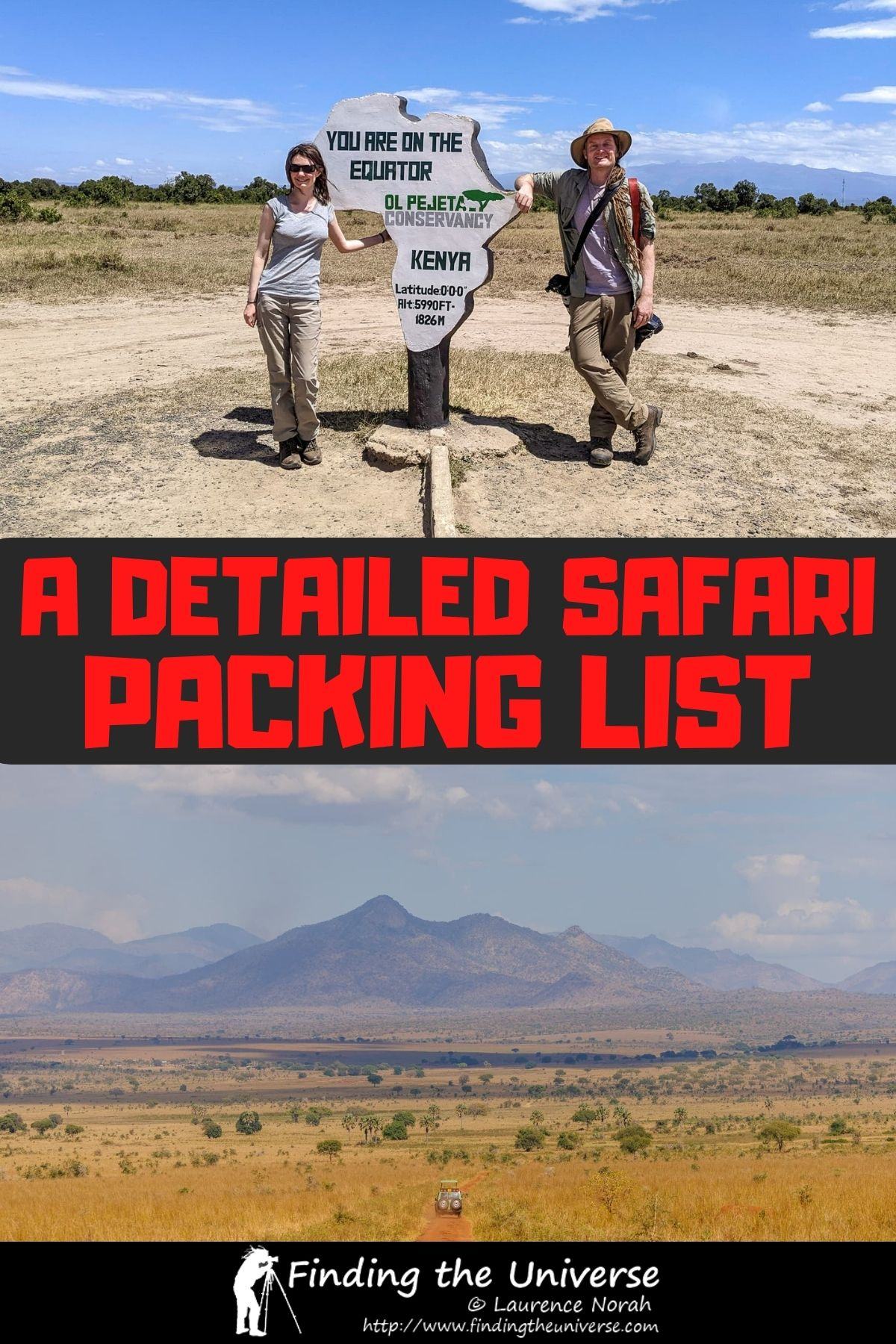
Enjoyed this post? Why not share it!

There are 4 comments on this post
Please scroll to the end to leave a comment
25th March 2024 at 12:26 pm
Hello there, I am wondering about packing jackets or coats for an upcoming safari trip to South Africa? It will be myself, a friend, and my teenage daughter. We have never been and will be visiting during the country’s winter season (July). We’ll be in both north and south parts of the country and we’ve been told to prepare for cool weather and rain, as well as warm sunny weather, but not too much else. Going on a 10 day planned safari tour and need to keep our packing to a minimum as I think there are size/weight requirements for parts of the journey. Wondering how you would decide about what to bring for warmth and rain given the time of year?
Also, if the 3 of us share a photo beanbag, which one might you suggest for someone who has little space?
Appreciative of any advice you can share with me and thanks for such a great article on packing for a safari – it has been a great help for us as we come up with what we need to buy for our trip to South Africa!
Laurence Norah says
25th March 2024 at 6:41 pm
Sounds like you have a wonderful trip coming up!
Having visited South Africa in July I can confirm that it definitely gets pretty cold, especially at higher elevations. In July in Johannesburg it’s not unusual to have temperatures close to freezing for example. So you are definitely going to want warm clothes for your trip.
I would recommend packing a number of layers so you can take them on and off as the day warms and cools, and you can also then mix and match to suit. If you are particularly sensitive to the cold you might consider thermal baselayers, but the challenge with those is that as it gets warmer you will likely find they are too hot and removing a base layer in the middle of a safari is going to be more challenging.
So a good warm coat as your outer layer is probably going to be your best bet, and then a long sleeve mid-layer fleece followed by a baselayer. You might also appreciate a warm hat and gloves. A lot of safari time takes place early in the morning and in the evening, when temperatures are going to be lower. I would personally bring a lightweight rain jacket or poncho and a warmer jacket. Then if it’s warmer in the day and raining I can still wear the rain jacket, rather than having a heavy waterproof jacket that might be too warm.
A good down (or down style) jacket will be fairly lightweight and still warm, so that might be the best option. Fleece is also a light material.
For a photo bean bag I’d probably recommend the smaller Kinesis Safari Sack 1.4 which is pretty small. If you get buckwheat that is very light, or you can buy something like kidney beans when you arrive in country. If you have larger camera gear then the Kinesis 4.2 is also a great pick, I own of these and it works great. It’s also worth noting that most bean bags are very light and small when empty, they only start to take up weight and space when they’re full.
I hope this helps, have an amazing time on safari and let me know if you have any more questions!
Glenn M. says
9th September 2023 at 6:32 pm
Just wanted to stop by and say that this is such a wonderful post for anyone packing for a safari for the first time (or second time!). We have been lucky to do a couple of African safaris in our life and it was fun to read over this and remember them even if our safari days have probably come to an end. Definitely second the recommendations for Craghoppers (if you know, you know!) and for bringing soft sided luggage, hard wearing clothes, comfortable high-top hiking shoes/boots, lots of sun cream & insect repellent, a hat, earbuds, and some physical things to do (books, cards, journals, etc.) in the evenings and on long driving days.
Also woudl add for those who wear glasses like myself, those eye glass things that attach to your glasses with a cord and keep your glasses from coming off. Can also be useful for sunglasses as my wife and son wore them as well. They saved my glasses a couple of times and they are very cheap to buy. Maybe somethign to add to your otherwise great safari packing list here?
Also my wife always brought a few little souvenirs or useful items from home for our main driver and guide on the trips to give them as a small token of our appreication.
10th September 2023 at 2:57 pm
Thanks so much! Your tip on a sunglasses holder is a good one, Jess does actually normally travel with one and also finds it invaluable. I will definitely add that to our post. I also like your idea of bringing things from home as gifts for your guide, that’s a lovely idea.
Thanks for stopping by and sharing your thoughts! I’m actually hiking in Wales in my Craghoppers at the moment. Such great pants 🙂
Leave a Reply Cancel reply
Your email address will not be published. Required fields are marked *
Let me know when there's a reply to my comment (just replies to your comment, no other e-mails, we promise!)
Subscribe to our monthly Newsletter where we share our latest travel news and tips. This also makes you eligible to enter our monthly giveaways!
We only ask for your e-mail so we can verify you are human and if requested notify you of a reply. To do this, we store your data as outlined in our privacy policy . Your e-mail will not be published or used for any other reason other than those outlined above.
Sign up for our news and updates and get free domestic standard shipping on your orders.
Subscribe Now

- New Arrivals
- Architecture & L.A. Area
- Art Techniques & Education
- Children's Books
- Gardens & Cooking
- Getty Publications
- History/Art History/ Conservation
- Manuscripts
- Paintings/Drawings/ Sculpture
- Photography Books
- Ancient Worlds
- Art Kits, Activities & Puzzles
- Dining & Gourmet Gifts
- Fragrance and Soaps
- Photography Gifts
- Puzzles & Games
- Sculptures & Replicas
- Stationery & More
- Apparel & Accessories
- Fine Art Prints
- Hercules Mosaic Floor Pattern
- Home & Gift
- Prints & Postcards
- Van Gogh's Irises
- The Getty Villa
- Getty Exclusive Apparel
- Scarves, Ties & Totes
- T-Shirts, Jackets and Caps
- Umbrellas & Other Accessories
- Brooches and Pins
- Cuff Links & Watches
- Art Kits & Activities
- Gifts for Kids
- Current Exhibition Catalogues
- Exhibition Banners
- Past Exhibitions
- 2025 Planners and Calendars
This section doesn’t currently include any content. Add content to this section using the sidebar.
Add description and links to your promotion
Your headline
Image caption appears here
Your product's name
Add your deal, information or promotional text

Child’s Safari Lunch Box
Durable and versatile with removable silicone compartments. A fun design kids will love. - Made from lightweight stainless steel and food-safe silicone - Removable silicone divider - Easy to handle soft-touch lid - Microwave, refrigerator, & freeze safe - Food Safe LFGB-certified silicone, BPA, PVC and phthalates free - Measures: 7.8 x 5.6 x 2.4 in (19.7 x 14.2 x 6cm) - Item #: 7534
You may also like
Sign up below to receive free domestic standard shipping on your orders..
By signing up, you agree to receive promotional communication from The Getty Store.
FREE SHIPPING ON U.S. ORDERS OVER $35*
- All Halloween Themes
- Halloween Balloons
- Halloween Banners & Decor
- Halloween Favors & Gifts Bags
- Halloween Treat Cups & Bakeware
- Halloween Clearance
- New Arrivals
- Party Supplies
- Holidays & Occasions
- RETURN POLICY
- SHIPPING POLICY
Your Cart is Empty
- $0.00 Subtotal
Shipping , taxes, and discount code calculated at checkout.
- Theme (a-c)
- Alice in Wonderland
- Baking Party
- Boho Rainbow
- Camping & Adventure
- Construction
- Cowgirl & Dolly
- Cowboy & Western
- Themes (d-k)
- Disco Cowgirl
- Fairy Garden
- Firefighter
- Themes (l-r)
- Lemon Citrus
- Little Monster
- Orange Citrus
- Peter Rabbit
- Rainbow & Sunshine
- Themes (s-z)
- Seafood Boil
- Slumber Party
- Tea Party & Floral
- Tutti Frutti
- Twinkle Little Star
- Under the Sea
- Video Games
- Wizards & Witches
- Holiday Parties
- Cinco de Mayo
- Father's Day
- Mother's Day
- New Year's Eve
- 4th of July
- St. Patrick's Day
- Thanksgiving
- Valentine's Day
- Back to School
- 1st Birthday
- 21st Birthday
- All Happy Birthday
- Baby Showers
- All Baby Shower Themes
- Boy Baby Shower
- Girl Baby Shower
- Gender Reveal
- First Communion/Baptism
- Bridal Shower
- Bachelorette Party
- Anniversary
- Shop All Wedding
- Tableware by Color
- Guest Towels
- Table Covers & Runners
- Serving Trays & Bowls
- Party Decor
- Decorations by Color
- Crackers & Poppers
- Banners & Garlands
- Fringe Curtains & Backdrops
- Hanging Decor
- Honeycomb Decor
- Table Centerpieces
- Drinkware & Barware
- Cocktail Napkins
- Drink Charms & Tags
- Drink Stirrers
- Glasses & Cups
- Wine Bottle Bags
- Baking & Food Decor
- Baking Cups & Snack Cups
- Cake & Cupcake Toppers
- Cupcake Decorating Kits
- Ice Cream Cups
- Balloon Garland Kits
- Foil Balloons
- Latex Balloons
- Letter Balloons
- Number Balloons
- Phrase Balloons
- Favors & Gifts
- Favor Bags & Boxes
- Party Hats & Masks
- Stickers & Tattoos
- Personalized Invitations
- Free Printables

Get Wild Safari Lunch Plates 8ct
Set a colorful jungle scene at your child's safari birthday party with these Get Wild Safari Lunch Plates! These large round plates feature a monkey, giraffe, and zebra celebrating with party hats and balloons. Set a stack of disposable paper plates at each place setting or on the buffet table so guests can enjoy a tasty meal. Perfect for serving with lunch and making party cleanup a breeze at a jungle baby shower.
Item Details:
- Pack of 8 plates
- 9in diameter
- Orders are processed and shipped within 1-2 business days after placing the order. Orders placed on holidays and weekends are processed the following business day.
- We are located in the United States and ship all orders from Tulsa, Oklahoma.
- Shipping time depends upon shipping method, package size, and location.
- You will receive an email when your package ships with the expected arrival date.
- We cannot be responsible for transit times, which is the carrier's responsibility.
- As an added measure of security, all orders over $200 are subject to requiring signature confirmation at the time of delivery. This is a complimentary add-on to ensure safe arrival of your items.
- Please refer to our Shipping Policy page for complete details.
- We will issue a refund for returns received within 30 days of the original purchase date.
- Clearance items, custom products, and seasonal/holiday merchandise are final sales and are not eligible for return.
- All returned items must be unused and in their original packaging.
- Return shipping costs are the customer's responsibility. We will not refund the original shipping costs.
- Please refer to our Return Policy page for more information.
You may also like
Recently viewed products, customer reviews, join the party.
Get 10% off your order and be the first to know about darling deals and stylish new products!
Let customers speak for us
My table will be outstanding with this treat stand!
They were elegant and perfect.
Absolutely loved!! Quality was great. Customer service was awesome.
My little guy loves all things construction so I grabbed a few things and I am blown away by the quality, especially the temporary tattoos. Not sure which is my favorite, the tattoos or the caution cone candles.
Easy to assemble and very cute on our Back to School table.

23 MUST-HAVE Items on your African Safari Packing List
- Updated on January 15, 2024
- No Comments

This post may contain affiliate links. If you click through and make a purchase, we may receive a commission (at no additional cost to you). As an Amazon Associate, we earn from qualifying purchases. Learn more about disclosures.
First trip to Africa? You’re in luck!
Having recently been on Safari in Tanzania, we can provide you with first-hand, reliable and up-to-date information on how to make your trip stress-free, with this ultimate African safari packing list.

Packing for your first safari can be a daunting task. It is not just about taking the essentials, but also understanding what to expect from this new and exciting experience.
Most people don’t realize that African safaris are not just limited to a few hours in the wild.
You need to be prepared for lots of travel, long drives, and a great deal of time outdoors.
If you want to know exactly what to take and the practical reasons WHY you need them, then you’ll find this safari packing list incredibly helpful!

Safari Clothing Essentials
The following list of safari clothing is based on the assumption that you will be sat in a vehicle for the majority of the day, which makes your safari packing list a tad easier.
Note: We are all for sustainable travel and find no need to splurge on expensive safari gear that will only be used once!
Tips for Safari Clothes Packing
- Material Choose clothing that is easy to pack, dries quickly, and wicks moisture away from the skin. Man-made fabrics (such as polyimide) perform better than natural fabrics (such as cotton) and keep you cooler.
- Laundry Services Laundry services are generally available at camps and lodges, so only pack what you need as luggage space is precious.
- Wear Earth Tones The African Tsetse fly is ferocious and is attracted to dark blue and black colors. With bites similar to horseflies, they can and will make your trip a living nightmare! Choose khaki green and brown colors where possible. It’s best to avoid pale colors as you will get rather dusty and dirty during the day!
- Organize Your Clothing Organizing your safari clothing makes life so much easier, particularly if you have onward travel to another destination. Use packing cubes to place your safari clothes on the top for easier access and less mess.
Read More: Riu Palace Resort Zanzibar – Our Honest Review
Clothing for your African Safari Packing List:
1. safari shirt.

If there is one thing worth investing in, it is a proper safari shirt. We were the only ones in our camp that didn’t get bitten to bits by those relentless tsetse flies!
Tsetse flies can bite through thin or penetrable fabric, and a quality safari shirt will prevent them from doing so.
The best safari shirts will have built-in anti-insect treatment.
You can thank us later…!
2. T-Shirts
Layering is key to keeping warm and/or cool. Wearing t-shirts (under your shirt) also means you only need to fork out on the one expensive safari shirt.
3. Boots or Shoes
You don’t need specific safari boots or shoes and you certainly don’t need to spend a fortune on them. As you’ll be in the vehicle all day, a sturdy pair that you can wear with socks (that you can tuck your pants into) will do just fine.
When you’re walking around camp you won’t want to wear open-toe sandals, especially once you’ve seen all the sunspiders scattering around! Eeeek!
4. Safari Hat

Don’t forget your safari hat! You want full coverage – preferably one with a large brim that keeps your face and neck in the shade. Even with a pop-up roof, the sun will still manage to beat down on you, and it’s one heck of a sun!
Tip: Make sure your safari hat fits you snugly or has a neck cord – your rides will pick up speed and you don’t want to lose it with an unexpected gust of wind!
We love this packable safari hat that always bounces back to life (in featured photo).
5. Safari Pants
Long, lightweight, and enough to cover up those legs but not too hot or bulky. You’ll be sitting for a large proportion of the day so they’ll need to be comfortable.
You probably won’t want to wear shorts after you’ve encountered those tsetse flies.
Read More: The Lodge in Ngorongoro that has Spectacular Views
Lightweight, comfortable, and preferably water-resistant. Early starts can get chilly, so don’t be fooled – even if you’re the hardiest of people!
African Safari Packing List Essentials
7. soft-sided luggage.

If you’re traveling on bush flights you’ll be limited to 15kg on your luggage, plus you’ll need a soft bag (no hard suitcases allowed) that can be stuffed onto small planes. A duffel bag is an essential item to get your safari packing list going!
8. Packing Cubes

If you’ve never used them before, you’re in for a treat! Packing cubes made life so much easier on safari!
These provide the perfect way to organize your clothes and toiletries. Plus, you’ll be able to quickly see what’s in them which makes it easy when you’re looking for something specific without having to unpack everything. A total game-changer for organized travel!
Note: Plastic bags are now banned in many African countries and will be confiscated at airports. Sealable silicone bags are a perfect alternative for your leaky toiletries.
9. Universal Travel Adapter

Be sure to bring the correct travel adapters for Africa so you can charge your essential batteries. There are two types of outlets, European and British – this universal travel adapter will have you covered in any eventuality!
10. Insect Repellent
It’s important to keep biting insects away from you, both during the day and at night. They can carry dangerous diseases such as malaria, so don’t be tempted to leave this out.
The best type to use is one that can be sprayed over clothing. I know this may sound peculiar, but that’s what they all do in the bush!
Choose a natural repellant that does not damage clothing – this is the insect repellent we used and our safari guides absolutely loved it!
11. Tiger Balm

African tsetse flies have a nasty bite on them. This tiger balm will help take the edge off any itchy or swollen skin and should not be missed off your safari packing list. We first discovered this in Thailand and it’s by far the best relief for insect bites
12. First Aid Kit
Remember that you’re a while away from any emergency medical care. A simple first aid kit can take the stress out of any minor accidents along the way. Plus, you won’t have to rely on calling the staff to your tent at night if you have your own kit.
13. Sunscreen
Being so close to the equator means that you’re going to be exposed to a lot of UV radiation. Pack sunscreen and wear it when outdoors, even when you think you don’t need it.
On our first day, we thought the pop-up roof in our vehicle would provide enough protection from the sun – we were very wrong!
Read More: How we found The Best Safari Tour Guides in Tanzania
14. Sunglasses
UV protection is essential in Africa! Protecting yourself from intense sunlight will make your safari experience so much more comfortable. If you want to avoid squinting all day, then sunglasses are a must!
15. Flashlight

It gets pretty dark at night when you’re in an environment with zero light pollution. Most camps should provide you with a flashlight, but we would always err on the side of caution and have one handy.
16. Mosquito Net
It goes without saying that tented camps will lack any air-conditioning that ordinarily keeps mosquitos at bay! Check if your accommodation provides mosquito nets around beds before you book, if not – take one with you.
17. Power Bank

A power bank is essential if you’re on safari for more than a day. It’s always handy to have an external charger that can work anywhere in Africa.
Most safari vehicles will have USB ports that can be used with charging cables, but if you’re staying in tented camps then I wouldn’t rely on charging anything too quickly!
18. Selfie Stick
Wait, I know what you’re thinking… selfie sticks are soooo NOT on-trend!
But when you’re up close to a pack of lions feasting, or that cheetah that’s slowly walking behind your vehicle, you’ll be incredibly pleased you had something that could reach around to capture the all-important moment (rather than hanging your arms out of the jeep!)
19. Anti-Diarrhea Tablets
Being on the go in Africa can result in some stomach upset, so it’s best to have a supply of anti-diarrhea tablets with you. The last thing you need is for your bucket list safari trip to be ruined because you can’t part with the bathroom!
20. Binoculars

Check whether your safari vehicle provides a sufficient number of binoculars for all travelers.
If not, you might want to bring your own as there’s nothing quite like hurrying up the person next to you so you can cop a look at the action!
21. Microfibre Towel

These smart microfibre towels are light and packable for when you’re not staying in a hotel. They dry quickly too and won’t cause a stench when you’re on the go!
22. Toilet Paper/Wipes
Depending on your safari destination, there may not be any bathrooms within a 2-hour radius, so be prepared by packing toilet paper/wipes and hand sanitizer! These are absolutely essential items for your safari packing list!
23. Anti-Malaria Tablets
There is a risk of malaria in most parts of Africa. Speak with your travel clinic about the pros and cons of taking anti-malarial tablets, sometimes the side effects can be off-putting if you have existing medical conditions or a sensitive tummy.
You may decide that taking the tablets is not an option and therefore need to re-evaluate whether an African safari is the right choice for you.
Read More: How Plan an Affordable Serengeti and Ngorongoro Safari
Other Handy Safari Packing Tips:
- Take sufficient cash You may be surprised to hear that there are no ATM machines out on safari! Make sure you bring enough cash for the duration of your safari for souvenirs, additional snacks, drinks at your camp/lodge, and tips for your safari guide
- Drones Drones are not allowed by any camps in East Africa due to the effects they have on wildlife (and also for security reasons)
- Hairdryers Hairdryers and other powerful appliances generally cannot be used if you’re staying in tented camps as electricity is scarce
- Avoid any military/camo clothing It’s a safari, not the SAS! Just kidding. The real reason to avoid military-style clothing is that it may land you into trouble in some territories, especially in Kenya. Governments are wary of anyone posing as a military officer and will question your intentions. A situation we would all just rather avoid!
READ: Zanzibar Travel During Covid-19 – What You Need To Know
Your Safari Packing List Covered!
Packing for a safari can be stressful, especially if you have no idea what to expect.
Hopefully this African safari packing list will help to make your experience as stress-free as possible, so that you can focus on making great memories instead!
You may also be interested in our post about Safari Anxiety: 19 Things That Freak People Out
Further Reads:
- Things People Worry About on Safari
- How to Save $$$ on an African Safari
- 9 Luxury Safari Tented Camps in Serengeti
Related Posts

African Safari Anxiety: 19 Things People Worry About!

Riu Palace Zanzibar Review: Best All-Round Luxury Hotel

Roy Safaris Review: Best Tour Operator in Tanzania?

11 Smart Tips: How to do Affordable Luxury Travel
Luxurious destinations are little to do with how much they cost and everything to do with how they make us feel – long after the journey ends. That’s the essence of Roaming in Luxury. We’re a group of people who have mastered the art of LuxVenturing – a blend of adventure and affordable luxury travel. Our aim is to share our insights, resources, and stories, so you can focus on crafting the best, most affordable luxury experiences on your own travels. Read more about us…

Leave a Comment Cancel Reply
Your email address will not be published. Required fields are marked *
Remember Me
Become a Luxventurer with us!
Don’t miss out on the thrill of luxury adventure! Sign up for our newsletter and get insider tips, exciting destinations, and inspiration for your next luxurious adventure, all delivered straight to your inbox.

Quick Links
- Cookie Policy
- Privacy Policy
- Terms of Service
Search the site
Copyright © 2024 Roaming in Luxury | All Rights Reserved

Unlock the Secrets of Affordable Luxury Travel!
Are you an adventurer with a taste for comfort? Join our newsletter and receive weekly tips on experiencing luxurious destinations without breaking the bank.

- Store Locator
- Privacy Policy
- Terms of Use
Soft Safari Lunch Kit

- Luggage + Bags
- Lunch Boxes + Totes
- Lunch Boxes
African Safari Design Custom Lunch Box
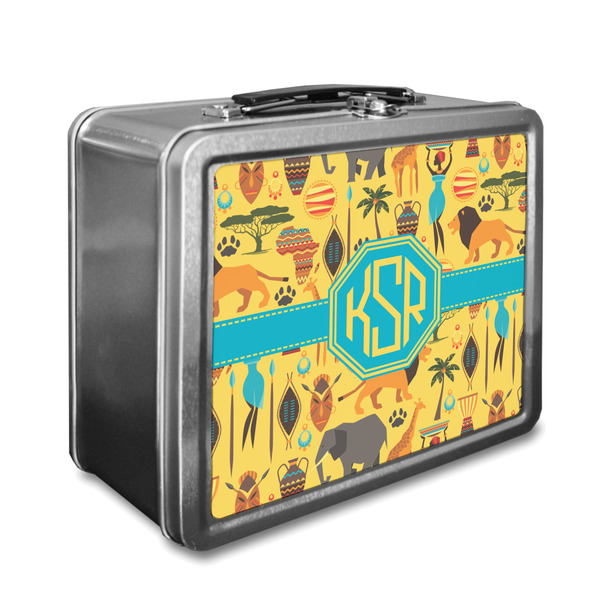
- Safari Style : Make a African safari-inspired design that includes your own personalized initials.
- Spacious Design : 7.75" x 6.75" x 4" dimensions provide ample room for meals, snacks, and drinks.
- Retro Aesthetic : Silver finish, collapsible black handle, and metal latch evoke nostalgia.
- Durable Customization : High-quality matte vinyl and waterproof inks ensure long-lasting design.
- Easy Cleaning : Simply wipe down surfaces with a damp cloth and gentle detergent.
- Learn More About This Product

About this Design Template
When you think of Africa, multiple things come to mind. Lions. Elephants. Giraffes. Intricate vases. This design encompasses everything you could imagine about the African Safari, all overlaid on a bright yellow background.
Add the personalization of your choice to the octagonal center label.
As always with YouCustomizeIt, you can change anything about this design (patterns, colors, graphics, etc.) for free. Our design library is loaded with options for you to choose from, or you can upload your own. Need Help? You can always contact us or chat with us for support from real people (no chat bots or call centers).
Product Description
Design one of our metal lunch boxes and never again be forced to carry your lunch in another limp, brown bag! These lunch boxes , with your customization, make for wonderful, one-of-a-kind gifts for family and friends, or a great treat for yourself!
These metal lunch containers have a silver finish and are accompanied by a collapsible, black, plastic handle and a metal, latch closure. The box itself measures at 7.75 by 6.75 inches, while the interior is 4 inches deep. The metallic character of this personalized lunch box , along with its retro design, is a subtle tribute to the old days.
When customized, these boxes can also serve as a unique keepsake box! We print your design on both the front and back of this box, using a high quality matte vinyl, with waterproof inks that withstand the test of time. The designs are then machine cut, and adhered to the sides of the metal lunch container.
Care Instructions:
- Wipe down surfaces with dampened cloth and light detergent
Product Specifications
You may also be interested in.
Eager to extend your creativity to the rest of your kitchen-related accessories? We carry a wide range of products; for more lunch bags , RTIC tumblers , and snack containers , take a peek in our Kitchen category, which can be found inside our Home and Garden department. There, you'll find numerous gift and decor options that await your personalization!
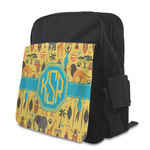
Reviews (Write A Review)

Creative People. Creative Apparel.

HT09937 – Soup and Sandwich Lunch Kit
• Pricing Includes a 1 Color Imprint in 1 Location on Each Item • Kit Includes: #5850: 14 Oz. Thermal Mug With Spoon And Fork Set, #2115: Sandwich Container and #3531: Triangle Insulated Lunch Bag
This product is currently out of stock and unavailable.
- Description
COLORS AVAILABLE
5850: Blue, Red or White. .2115: Blue or White, all with Translucent Clear Lid. .3531: Black with Royal Blue, Lime Green, Orange or Red Trim.
5850: Standard Silk-Screen Colors.2115: Standard Silk-Screen Colors.3531: Standard Silk-Screen or Transfer Colors
IMPRINT AREA AND METHOD
5850: 4″ W x 1 1/2″ H .2115: 2″ W x 2″ H .3531: 6″ W x 3″ H
All items are kitted inside kooler bag
PLEASE NOTE
Production time is 10 days after proof approval. Less Than Minimum Orders Not Available On Kits.
MULTI COLOR IMPRINT
5850: Not Available.2115: Add $40.00 set up plus .25 per extra color, per piece. (2 Color Maximum) .3531: Transfer: Add .50 per extra color, per piece. *4 Color Process: Total Set Up Charge: $200.00. One Color included in price, 3 additional colors at .50 per color, per piece. Set Up Charges also apply to re-orders. Production Time: 10 days after proof approval.
SET UP CHARGE
$125.00. Includes a 1 Color Imprint in 1 Location on Each Item. Set up charges also apply to re-orders.
Related products
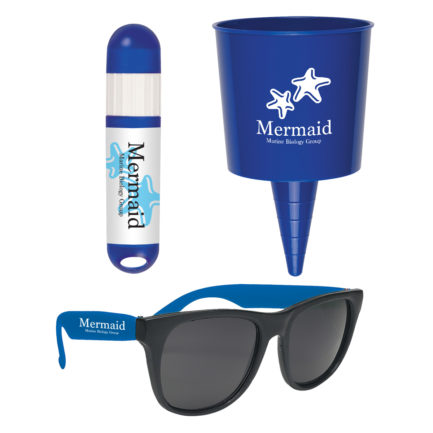
HT09952 – Beach-Nik™ Fun Kit
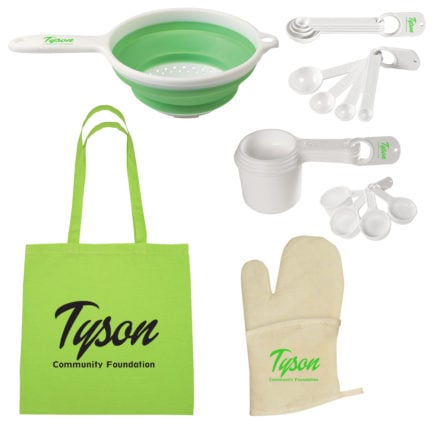
HT09947 – Chefs Essentials Kit
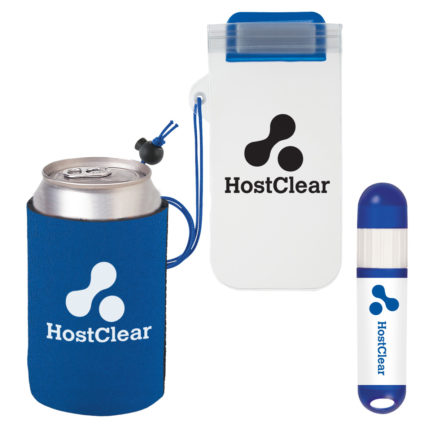
HT09901 – Fun In The Sun Kit
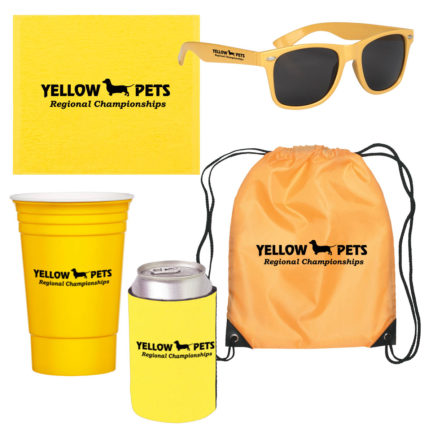
HT09930 – Tailgate Kit
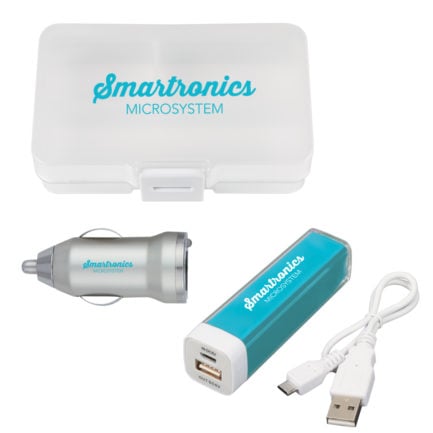
HT09942 – Charge It Kit
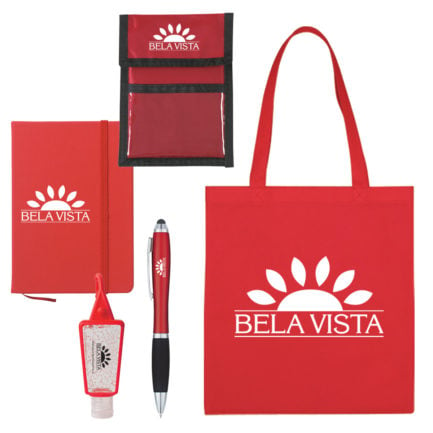
HT09903 – Tradeshow Survival Kit
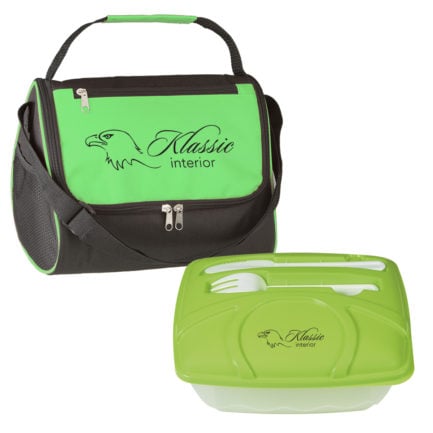
HT09913 – Big Bite Lunch Kit
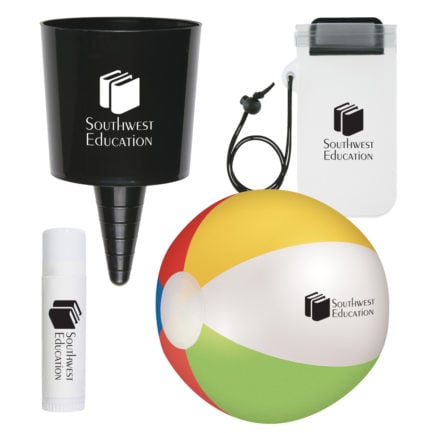
HT09951 – Beach-Nik™ Beach Buddy Kit
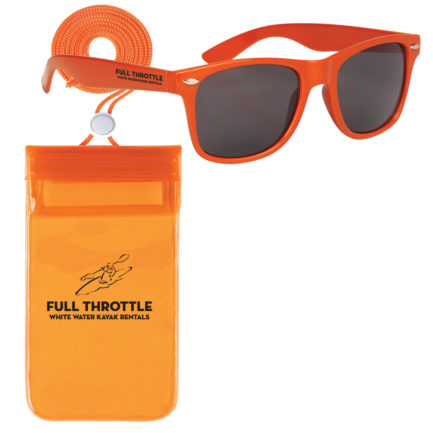
HT09929 – Poolside Fun Kit
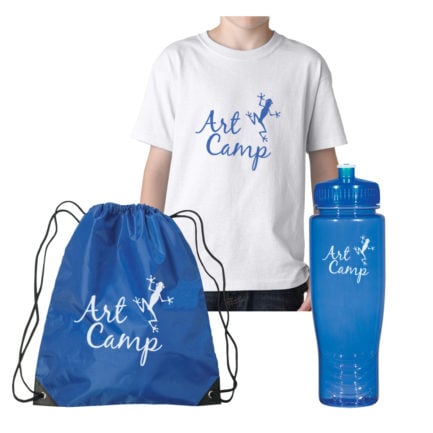
HT0APPARELKIT2 – Gildan® Apparel Kit – Youth
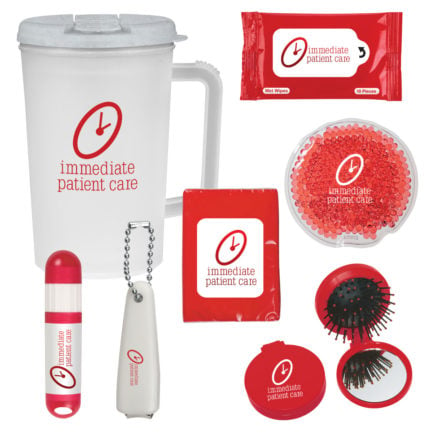
HT09933 – Personal Care Mug Kit
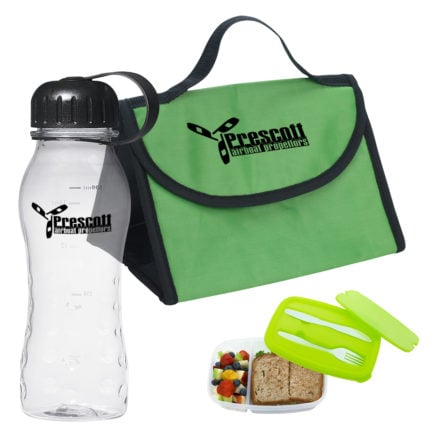
HT09900 – Budget Lunch Kit
How do we get in touch.
- Name * First Last
Sizes and Quantity (Optional)
- Note to the Artists
- Upload Artwork Drop files here or Select files Max. file size: 512 MB, Max. files: 5. empty to support CSS :empty selector. -->
- Comments This field is for validation purposes and should be left unchanged.
No products in the cart.

IMAGES
COMMENTS
• Kit Contains: #3526 Container and Lunch Bag Combo and #5831 18 Oz. Water Jug • Pricing Includes a 1 Color Imprint in 1 Location on Each Item PRICING 100 250 500 $12.02 $10.45 $9.09
A detailed safari packing list is essential to having a smooth and enjoyable adventure out in the savanna. Understanding what to pack for African safari trips can mean the difference between having an unforgettable experience or a series of unnecessary challenges. At its core, a packing list for African safari should cover these three categories:
Safari packing list: First-aid kit This is a delicate one, as I'm no medical expert, so please don't take this list and rely on it 100%, but consult your doctor before your trip. Also each location within Africa has different preconditions when it comes to tropical diseases, etc. - so these recommendations are to be taken with caution.
• Kit Contains: #3531 Triangle Lunch Bag and #2128 Wave Lunch Container. • Pricing Includes a 1 Color Imprint in 1 Location on Each Item PRICING 100 250 500 $12.76 $11.10 $9.65
In there, someone had posted about their new eco-friendly lunchboxes in Arusha - "This N That" they were called but otherwise it didn't say much. So I searched for "This N That in Arusha" and found their Facebook page. On there they had several posts about their new product selling eco-friendly Lunch boxes without any plastics at all.
• Pricing Includes a 1 Color Imprint in 1 Location on Each Item • Kit Includes: #3576: Two-Tone Insulated Kooler, #2157: 24 Oz. Food Container Mug and #5971: 20 Oz. Mood Bike Bottle PRICING 100 250 500 $14.27 $12.41 $10.79
Here's a quick list of things to think about packing in your toiletry / medicine kit for safari: High SPF (30+) sun cream or sunscreen; Lip-balm with SPF; Rehydration salts; Basic meds like pain relievers, anti-diarrheal tablets, and antacids; Mini first aid kit with bandages, blister covers, antiseptic wipes, etc. Toothpaste / toothbrush
Safari Jeep Tour Sticker Sheets 8ct $4.49. Safari Lion Mylar Balloon 24in $10.49. Safari Zebra Mylar Balloon 24in $10.49. Party Safari Dinner Plates 8ct $8.49. Party Safari Paper Bowls 8ct $7.49. Party Safari Lunch Napkins 20ct $7.49. Party Safari Paper Cups 8ct $11.49. Party Safari Paper Table Cover $10.49.
Check out our safari lunch bag selection for the very best in unique or custom, handmade pieces from our bags & purses shops. ... Lunch Bag, 70s Vintage Coffee Thermos Bag, 1970s Vintage Lunch Kit, Retro Bag, 70s Bag Food Container (476) $ 171.38. Add to Favorites Lunch Bag with Jungle Animals Design, Personalized Name, Kids Lunch Tote, Animal ...
Get set for an adrenaline-packed day in Alanya with the Zipline, Rafting & Buggy Safari tour, starting at just $46.00 per person! This jam-packed adventure lasts eight hours, giving thrill-seekers plenty of time to explore the stunning landscapes.
Thermos Safari Dual Lunch Kit - Blue / Pink; Hover to Zoom. Hover to Zoom. Hover to Zoom. Item 1 of 3 is selected. Thermos Safari Dual Lunch Kit - Blue / Pink. 1 ct UPC: 0004120573926. Color: Safari. Low Stock. Purchase Options Sold and Shipped by First Choice Buying $ 12. 78 discounted from $27.18.
View All Ancient Worlds Art Glass Art Kits, ... Child's Safari Lunch Box; Child's Safari Lunch Box. $30.00. Qty. Add to cart. Durable and versatile with removable silicone compartments. A fun design kids will love. - Made from lightweight stainless steel and food-safe silicone
Set a colorful jungle scene at your child's safari birthday party with these Get Wild Safari Lunch Plates! These large round plates feature a monkey, giraffe, and zebra celebrating with party hats and balloons. Set a stack of disposable paper plates at each place setting or on the buffet table so guests can enjoy a tas
22. Toilet Paper/Wipes. Depending on your safari destination, there may not be any bathrooms within a 2-hour radius, so be prepared by packing toilet paper/wipes and hand sanitizer! These are absolutely essential items for your safari packing list! 23. Anti-Malaria Tablets.
Order online Soft Safari Lunch Kit on www.fairplayfoods.com
Lunch Boxes + Totes. Lunch Boxes. African Safari Design Custom Lunch Box. 4.8 Stars | See Reviews (39 Reviews)
Kicking off the adventure, participants are greeted with a comfortable pickup from their hotel before embarking on a scenic 1.5-hour drive to the breathtaking Kâprülü Canyon.. Upon arrival, a thorough safety briefing sets the stage for the day's thrilling escapades. The journey continues with a 1.5-hour buggy safari, where guests navigate rugged terrains, soaking in the stunning natural ...
• Pricing Includes a 1 Color Imprint in 1 Location on Each Item • Kit Includes: #5850: 14 Oz. Thermal Mug With Spoon And Fork Set, #2115: Sandwich Container and #3531: Triangle Insulated Lunch Bag PRICING 100 250 500 $20.22 $17.58 $15.29
Sign in to get trip updates and message other travelers.. Sochi ; Hotels ; Things to Do ; Restaurants ; Flights ; Vacation Rentals ; Travel Stories
I will be staying in Adler during the Olympics but going frequently to Rosa Khutor for the alpine skiing. Any idea what is the best public transport to get there?
Sochi's most popular park contains games, amusement rides, art galleries, cafes, statues and beautiful magnolia trees planted by Russian astronauts in the name of peaceful space exploration. 8. Southern Cultures Park. 817. Parks. By bogger91. You can feed squirrels and swans, fish in the ponds.
Dobry Kit Guest House, Loo: See traveller reviews, 7 candid photos, and great deals for Dobry Kit Guest House, ranked #7 of 50 Speciality lodging in Loo and rated 5 of 5 at Tripadvisor.